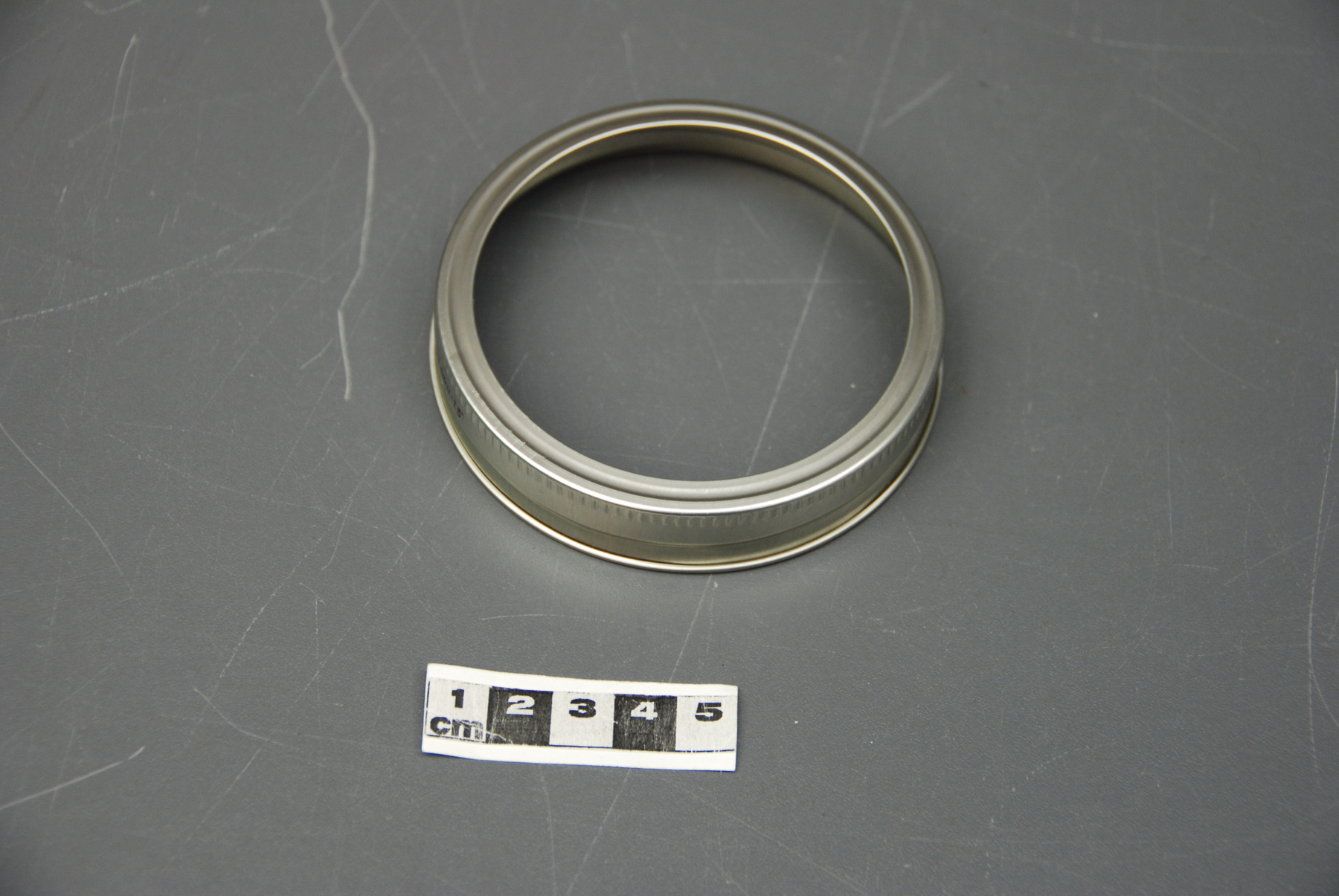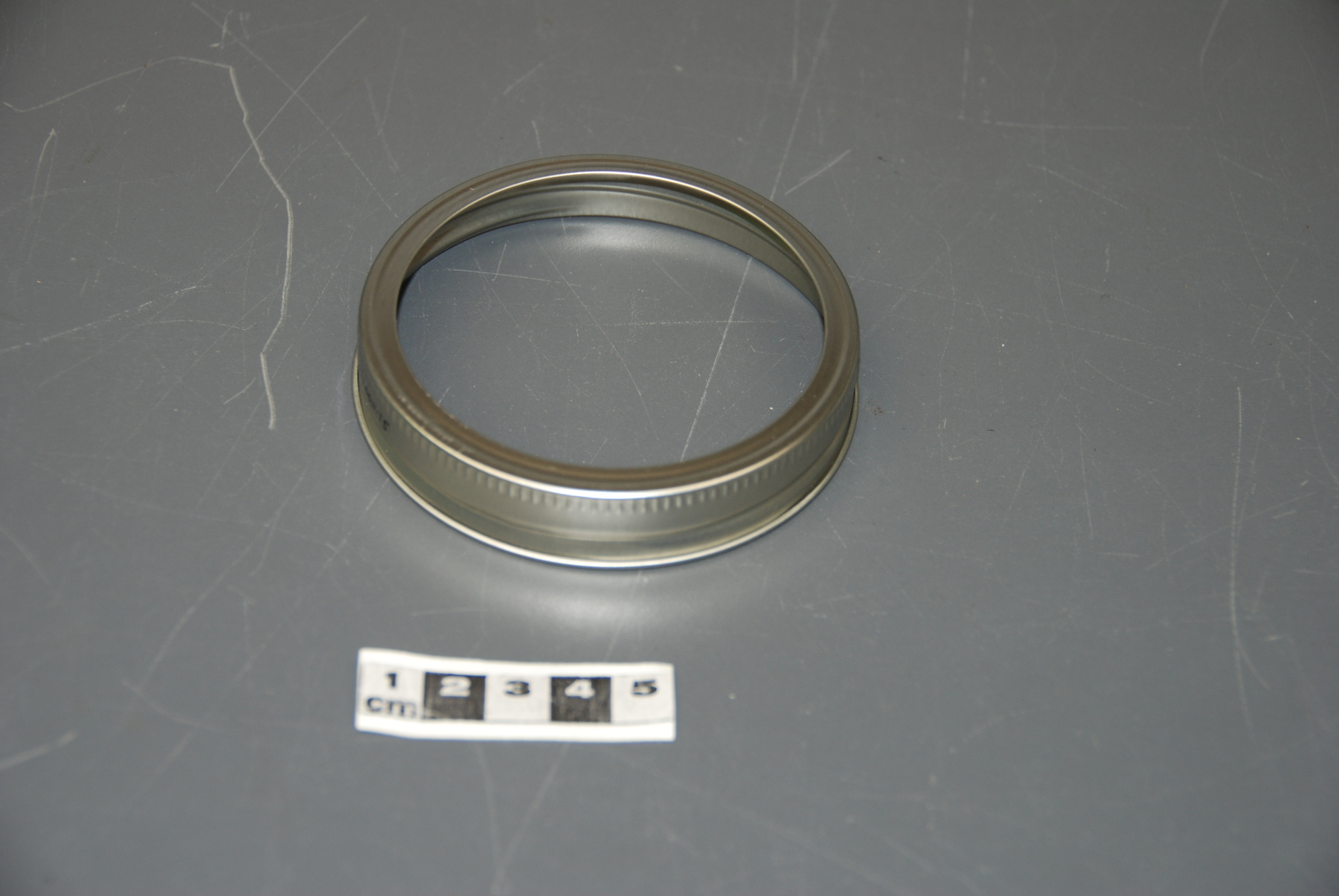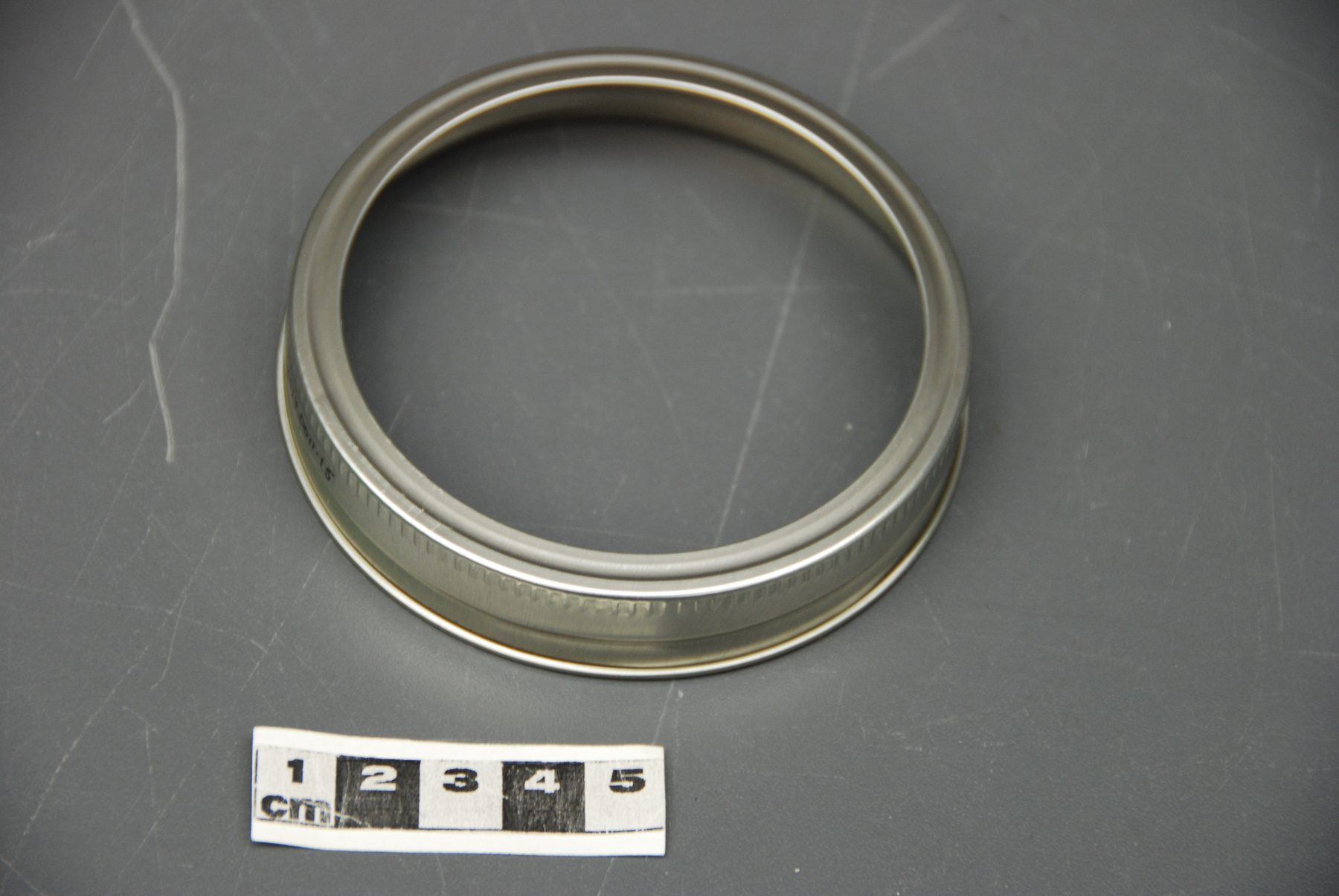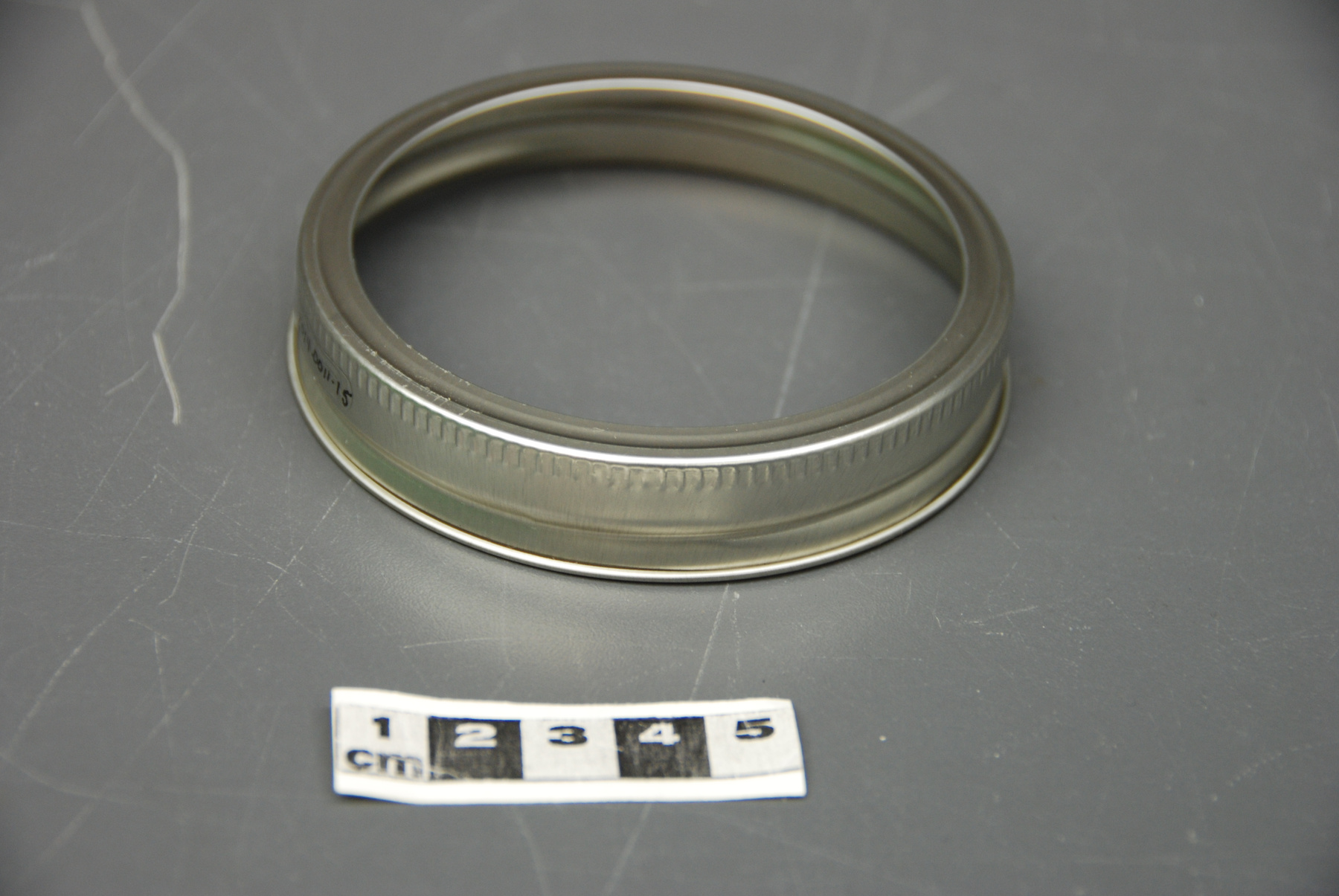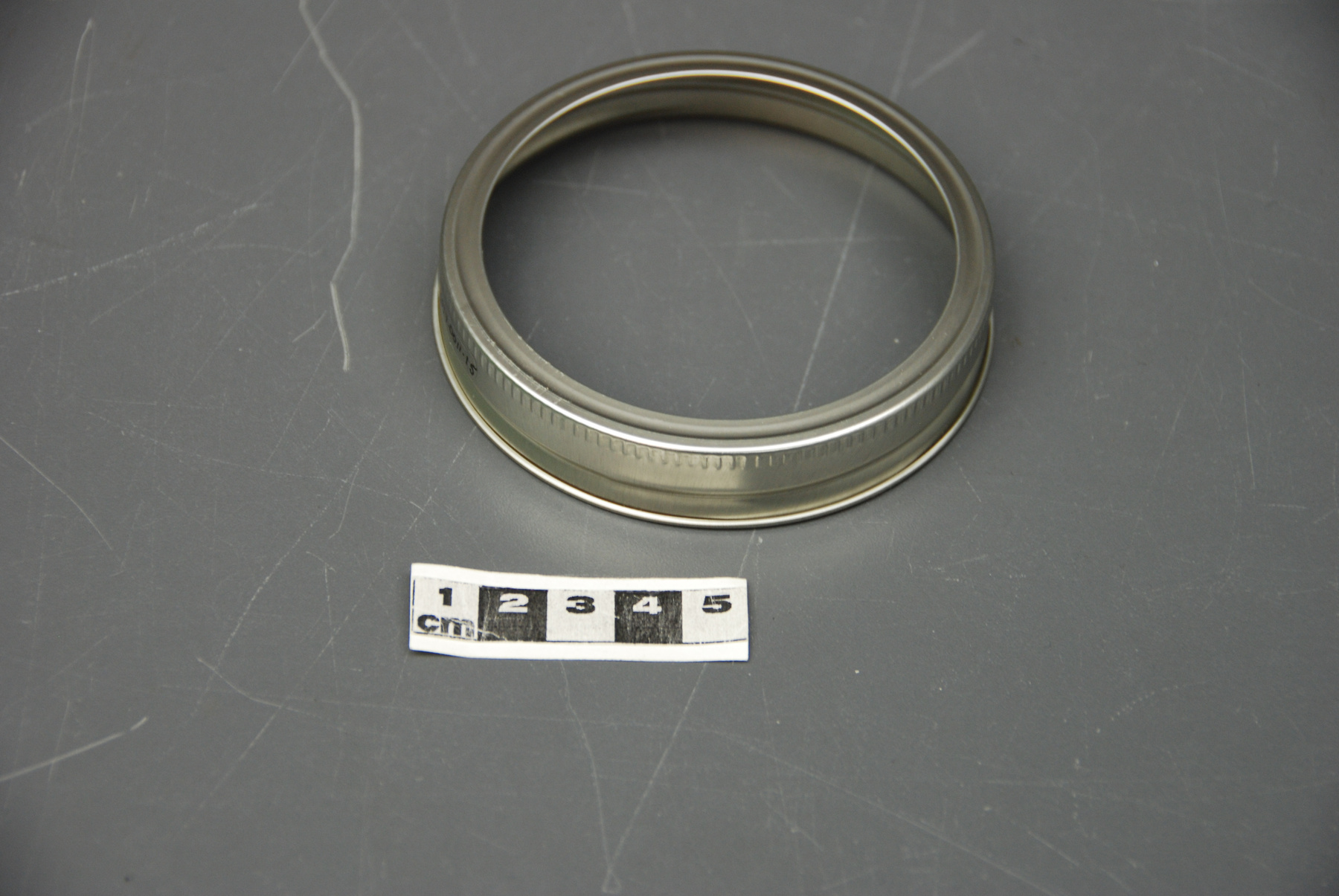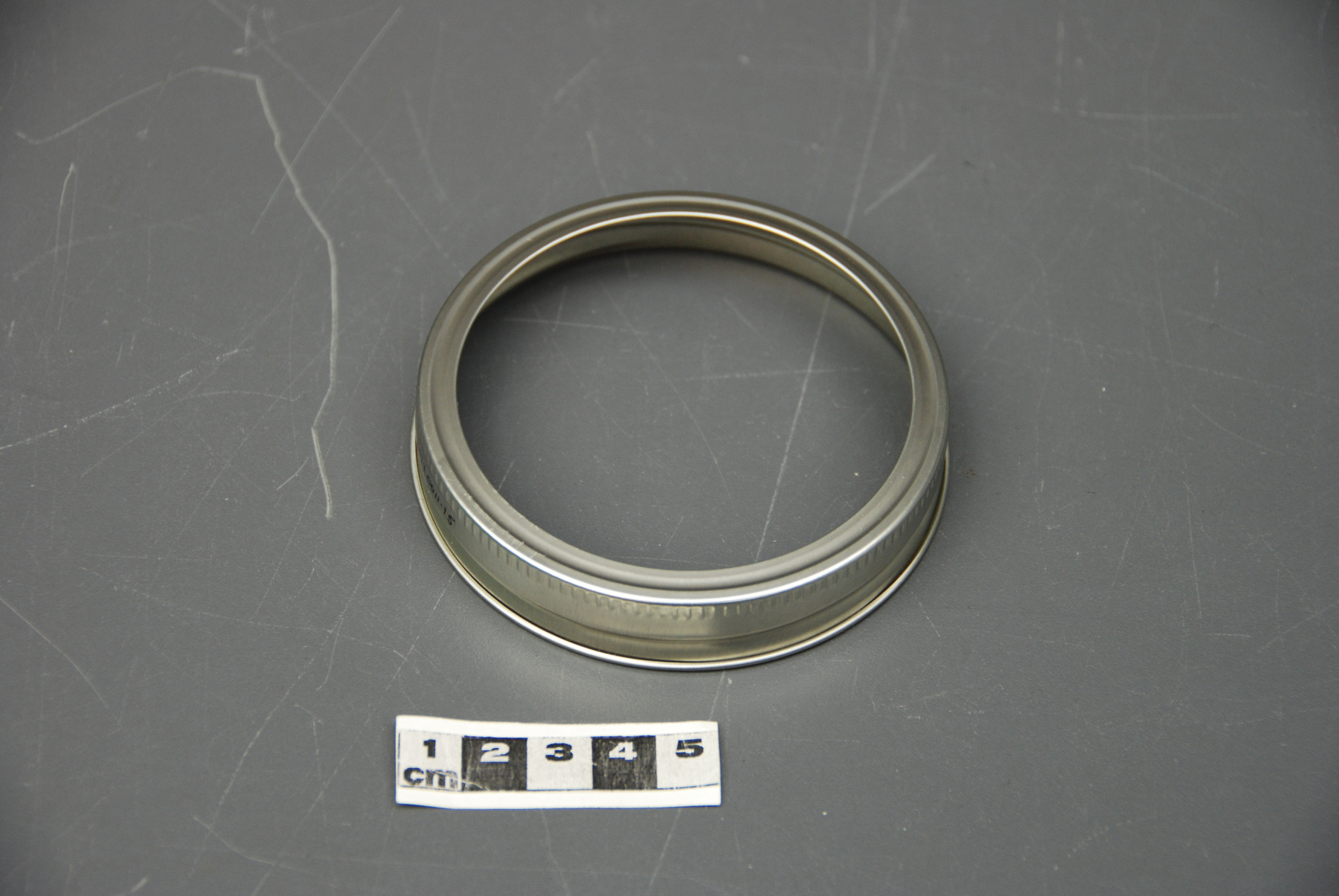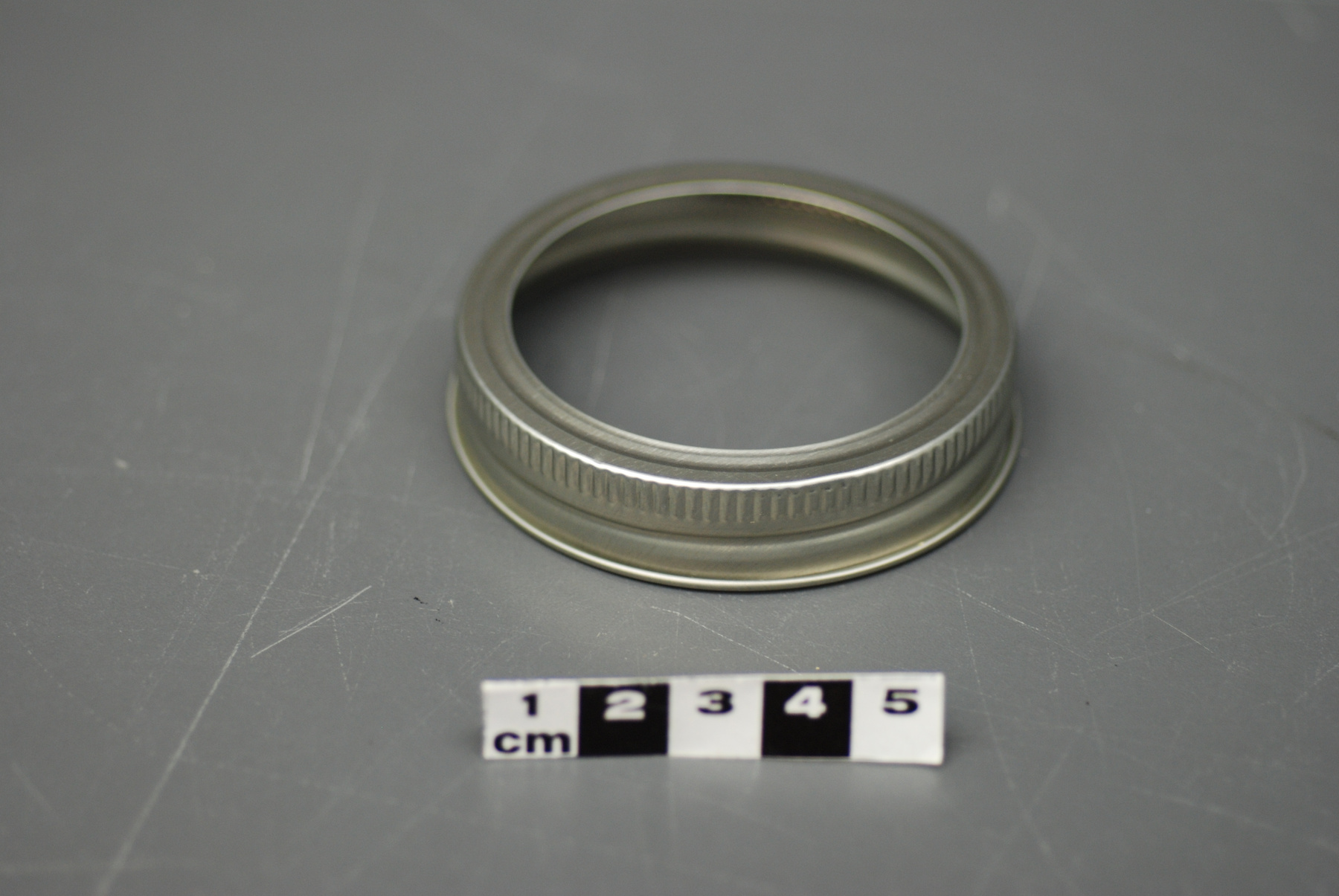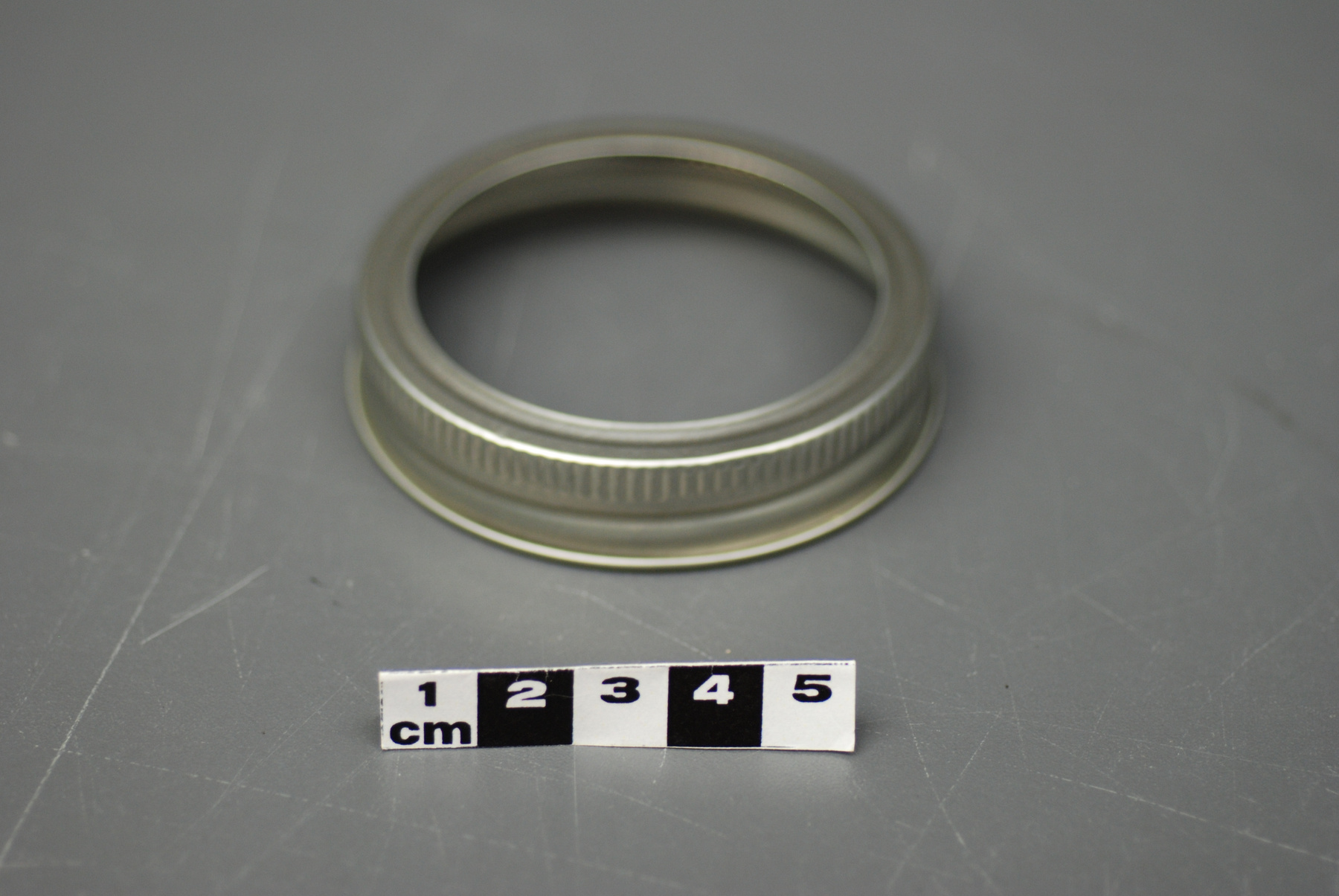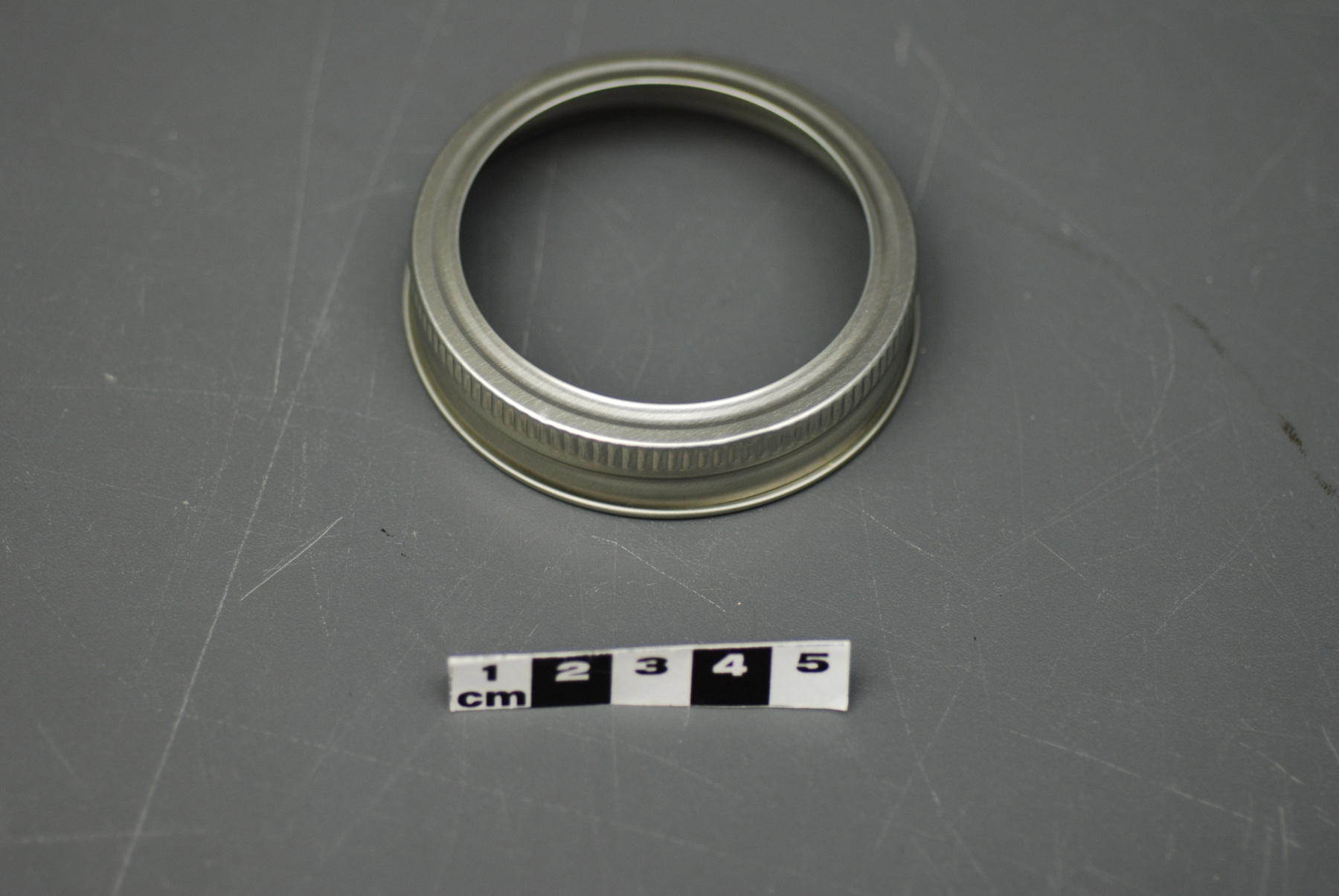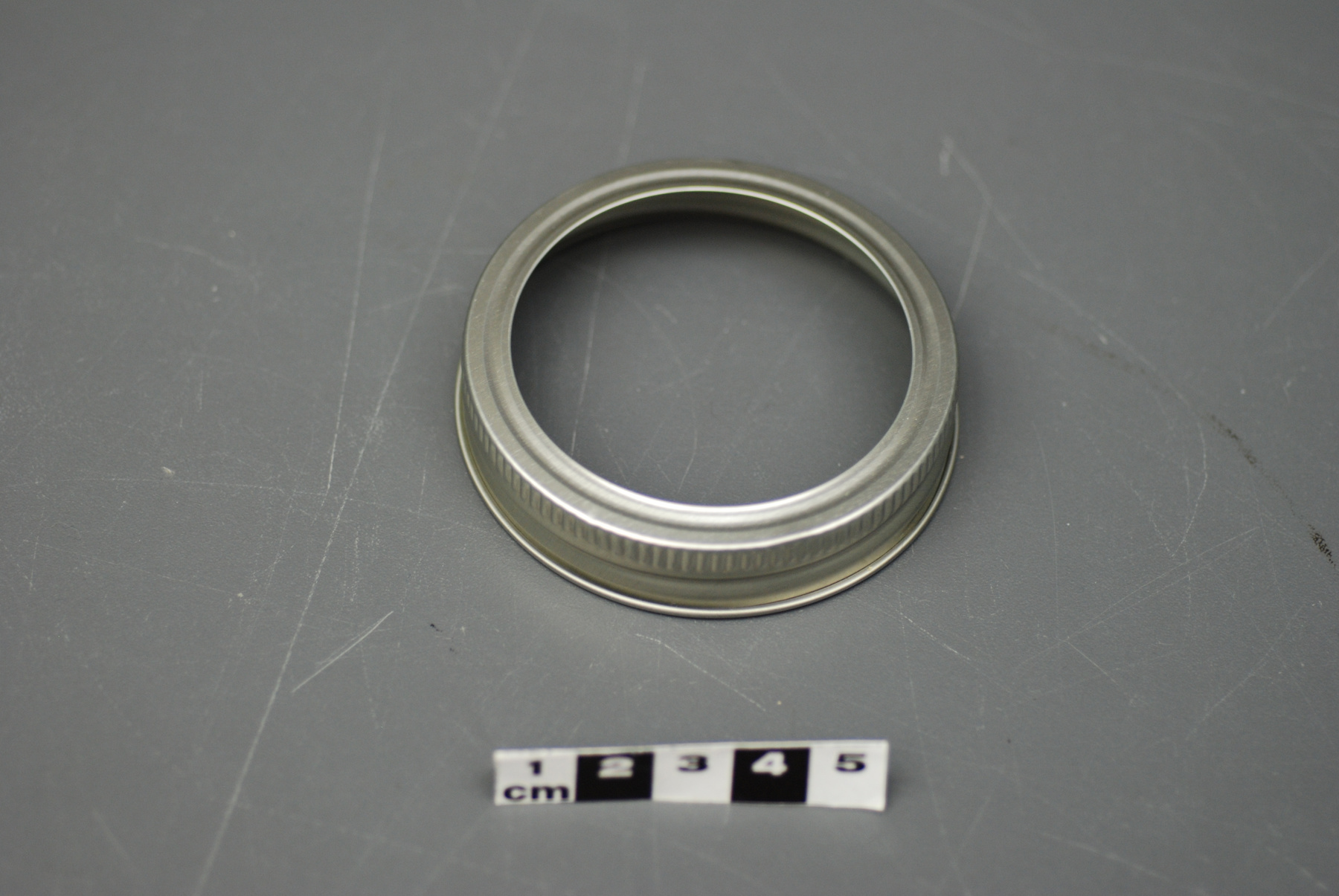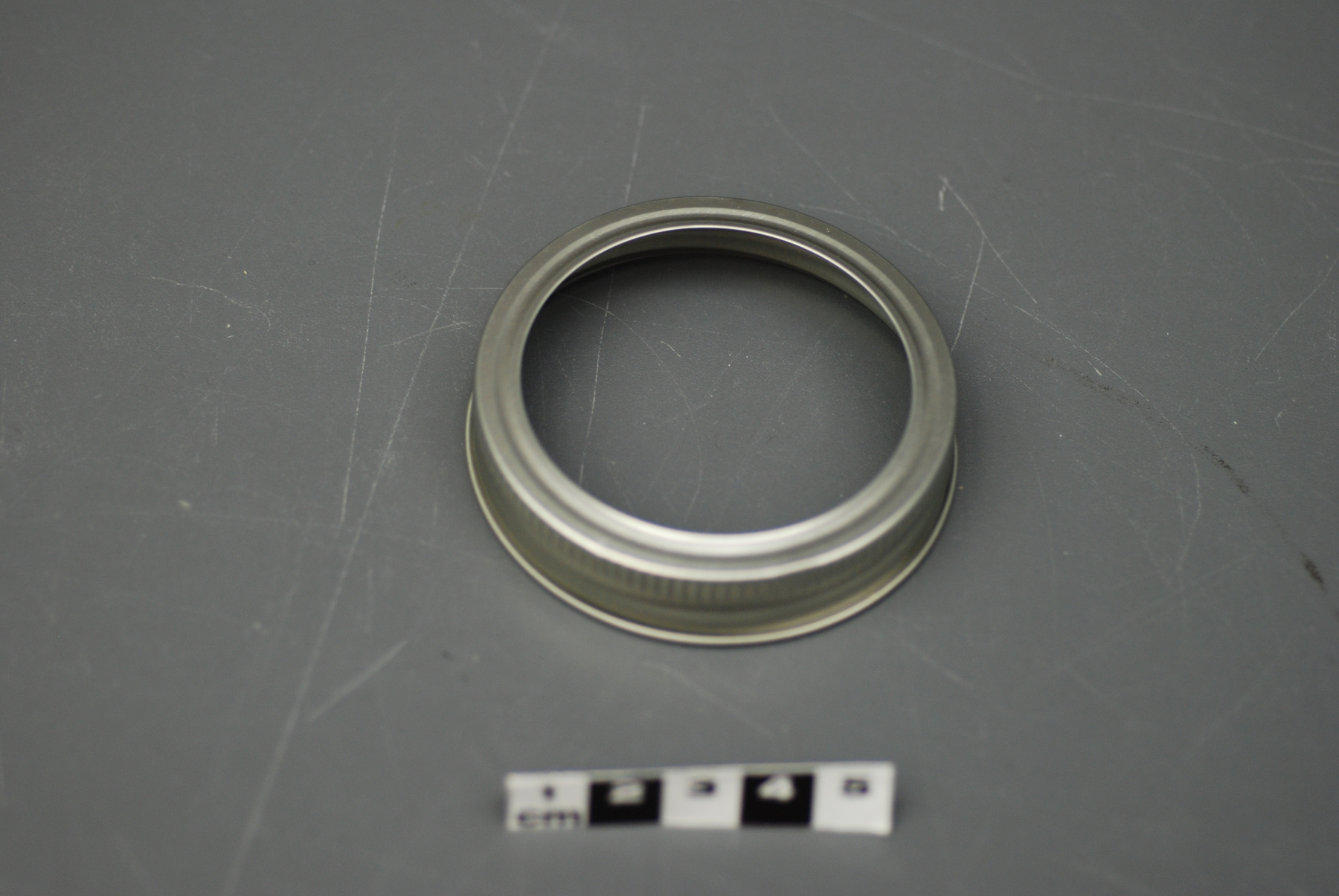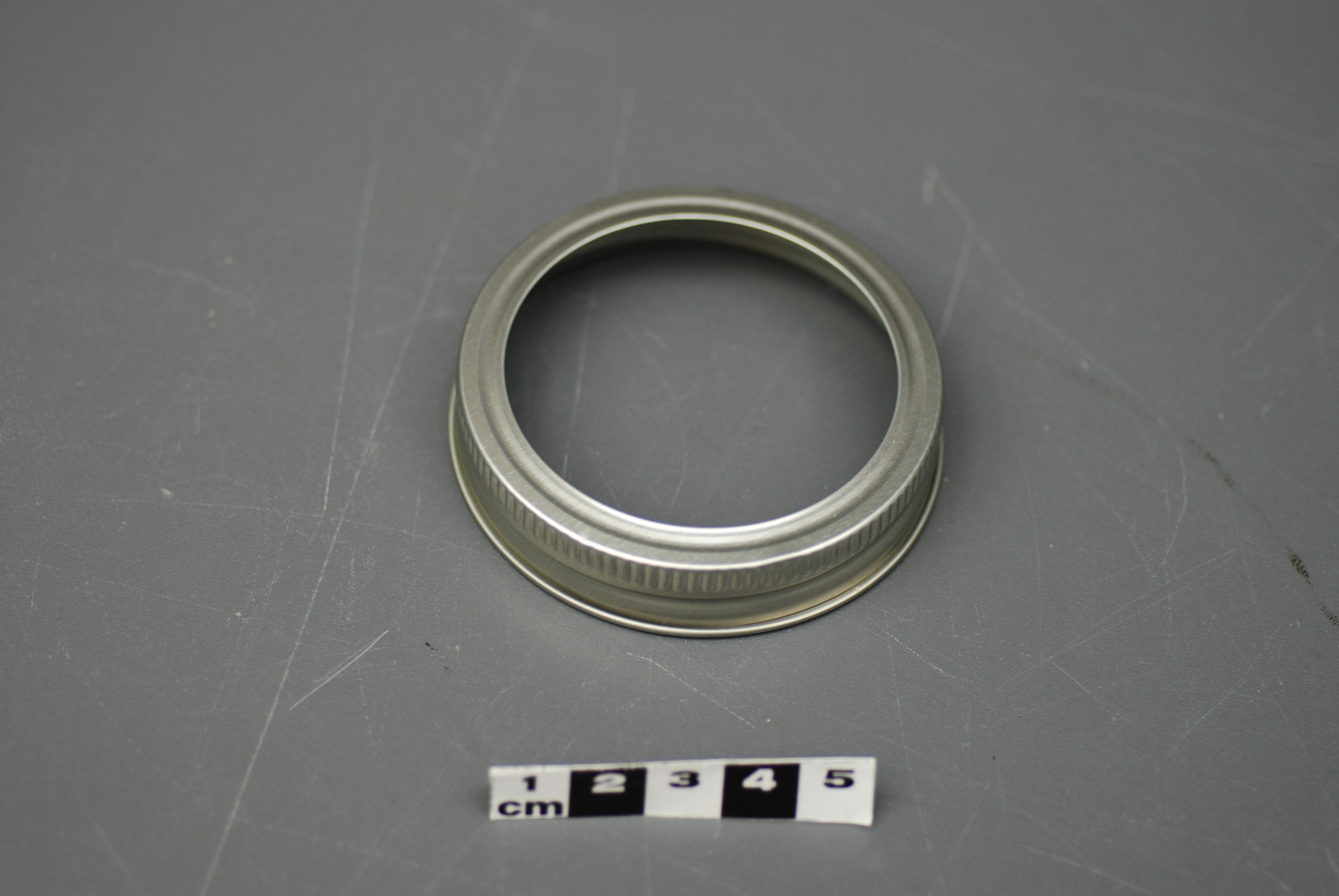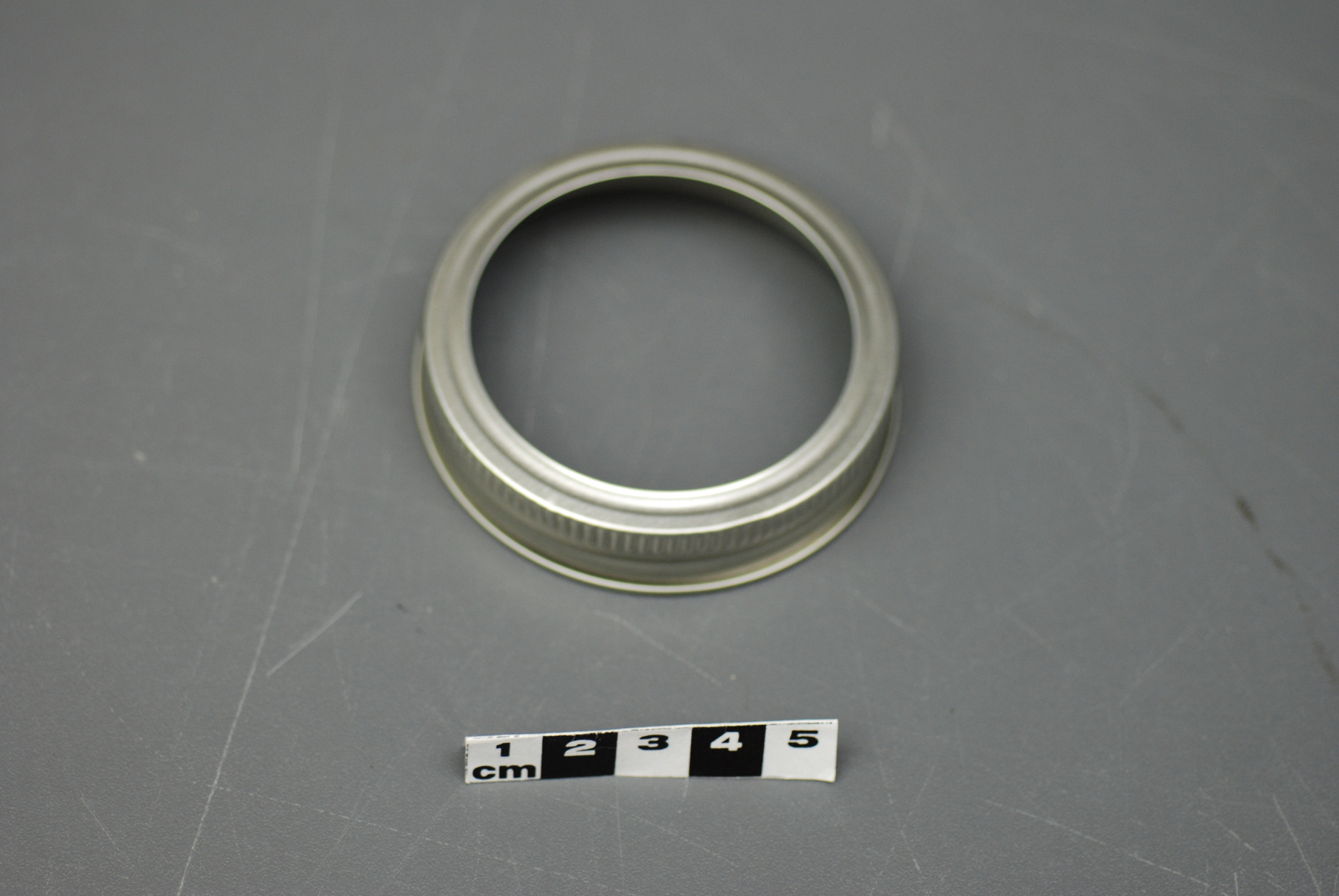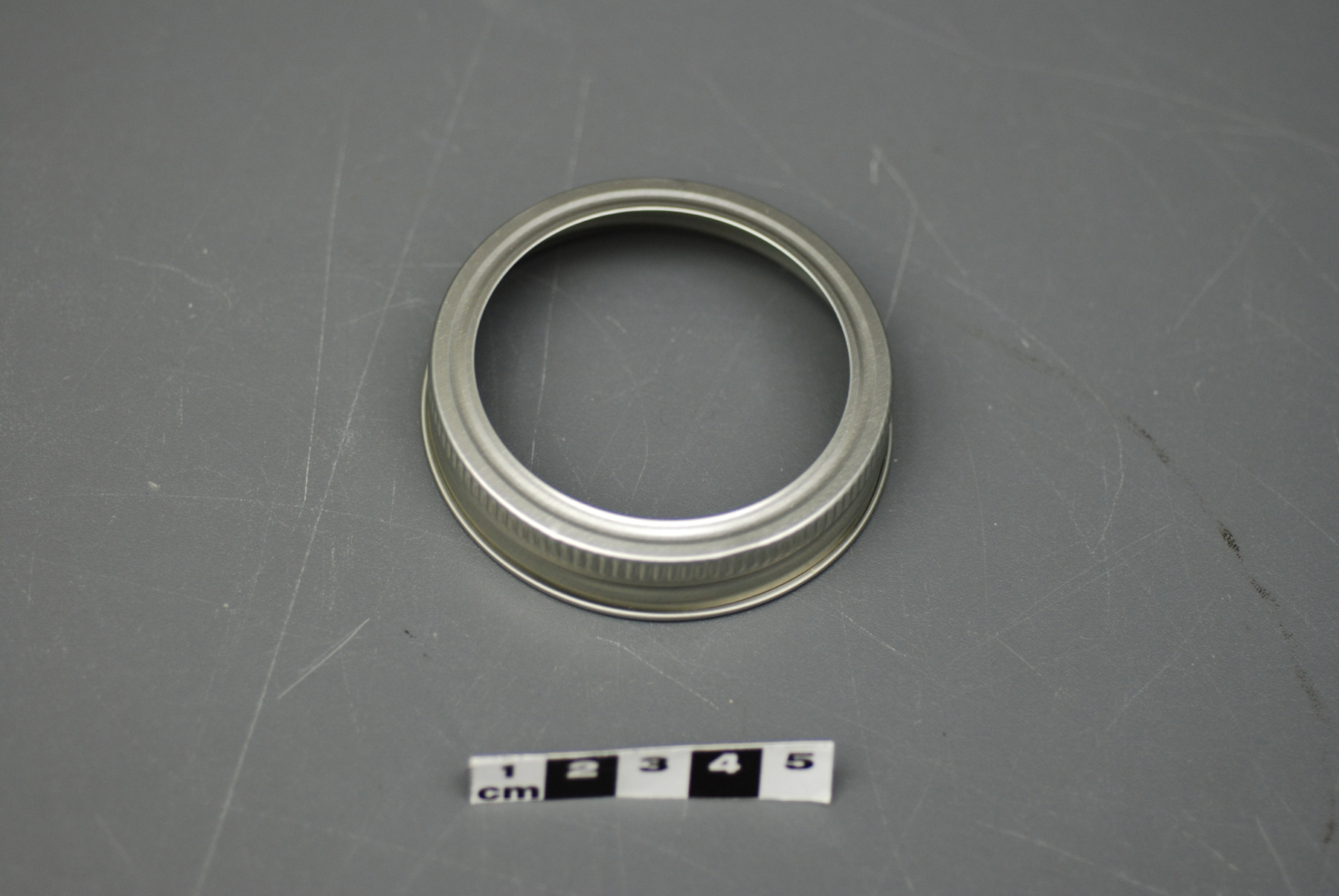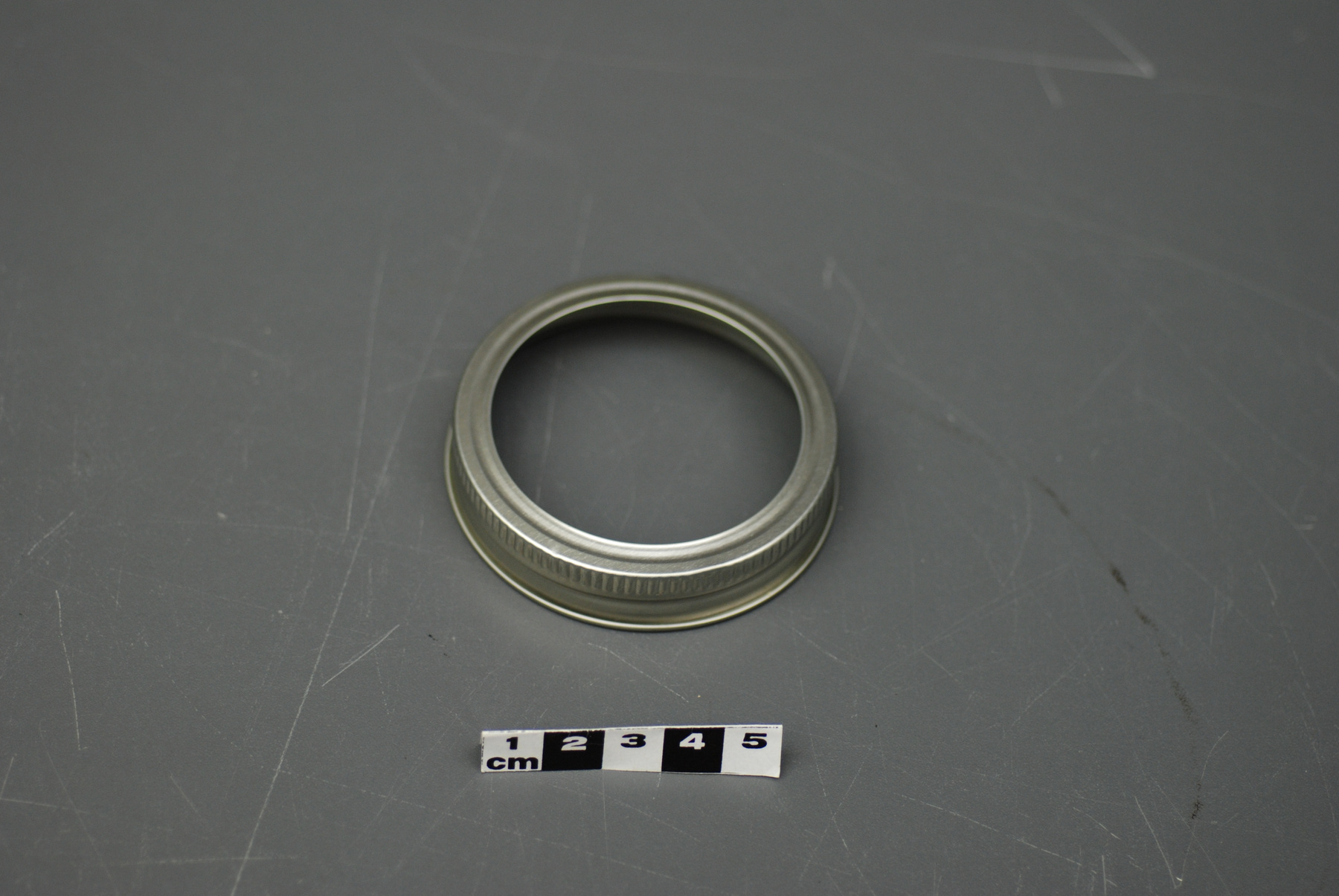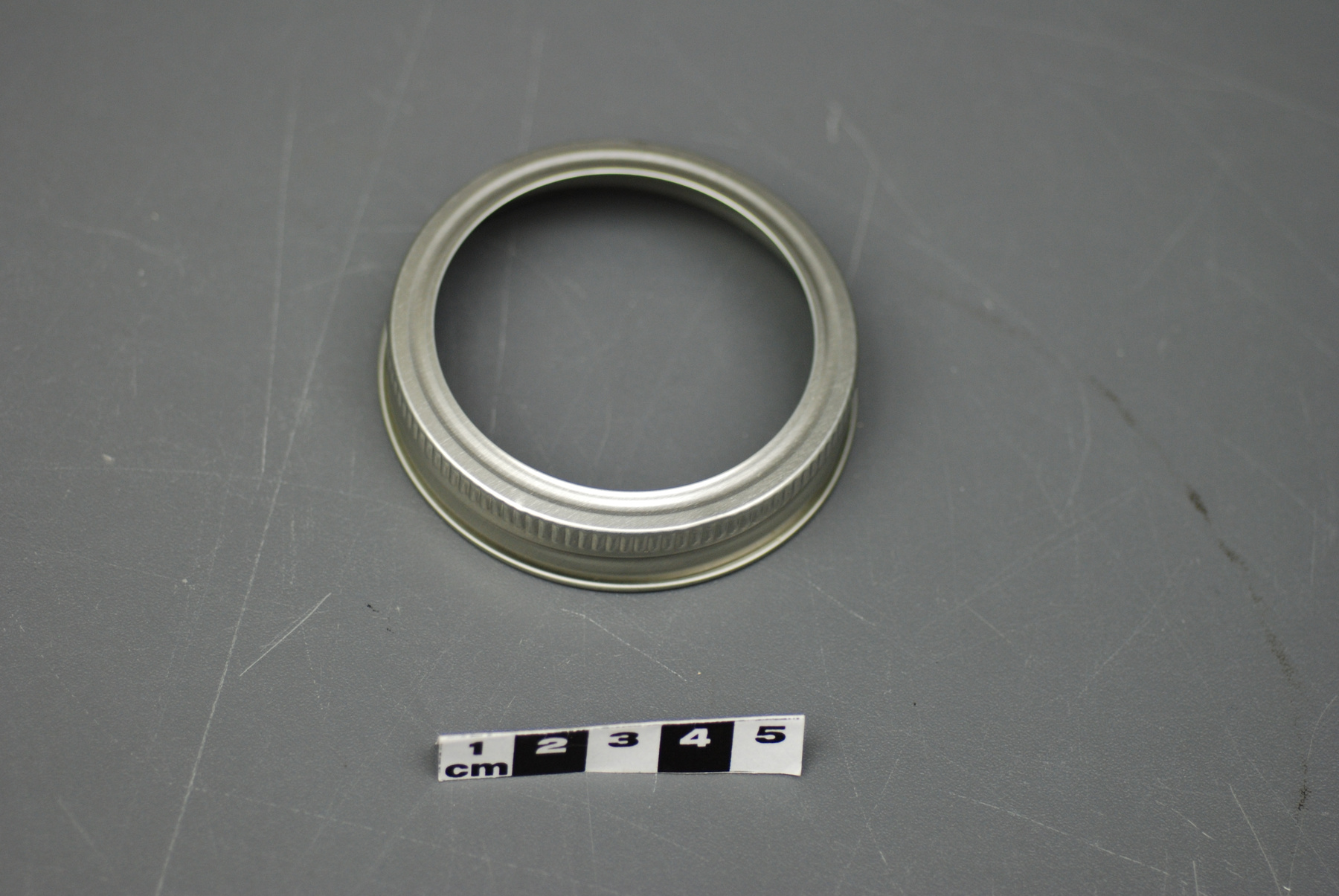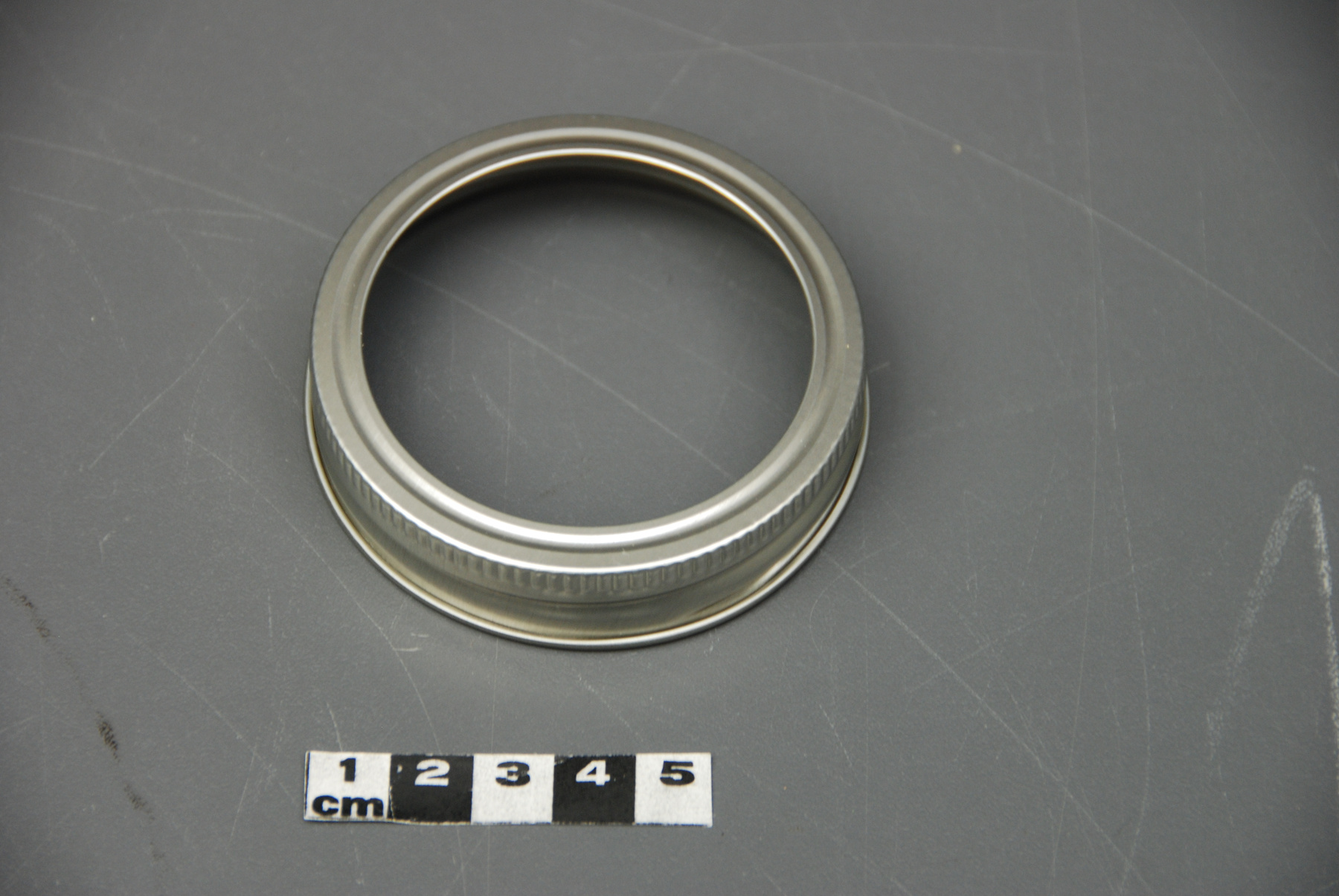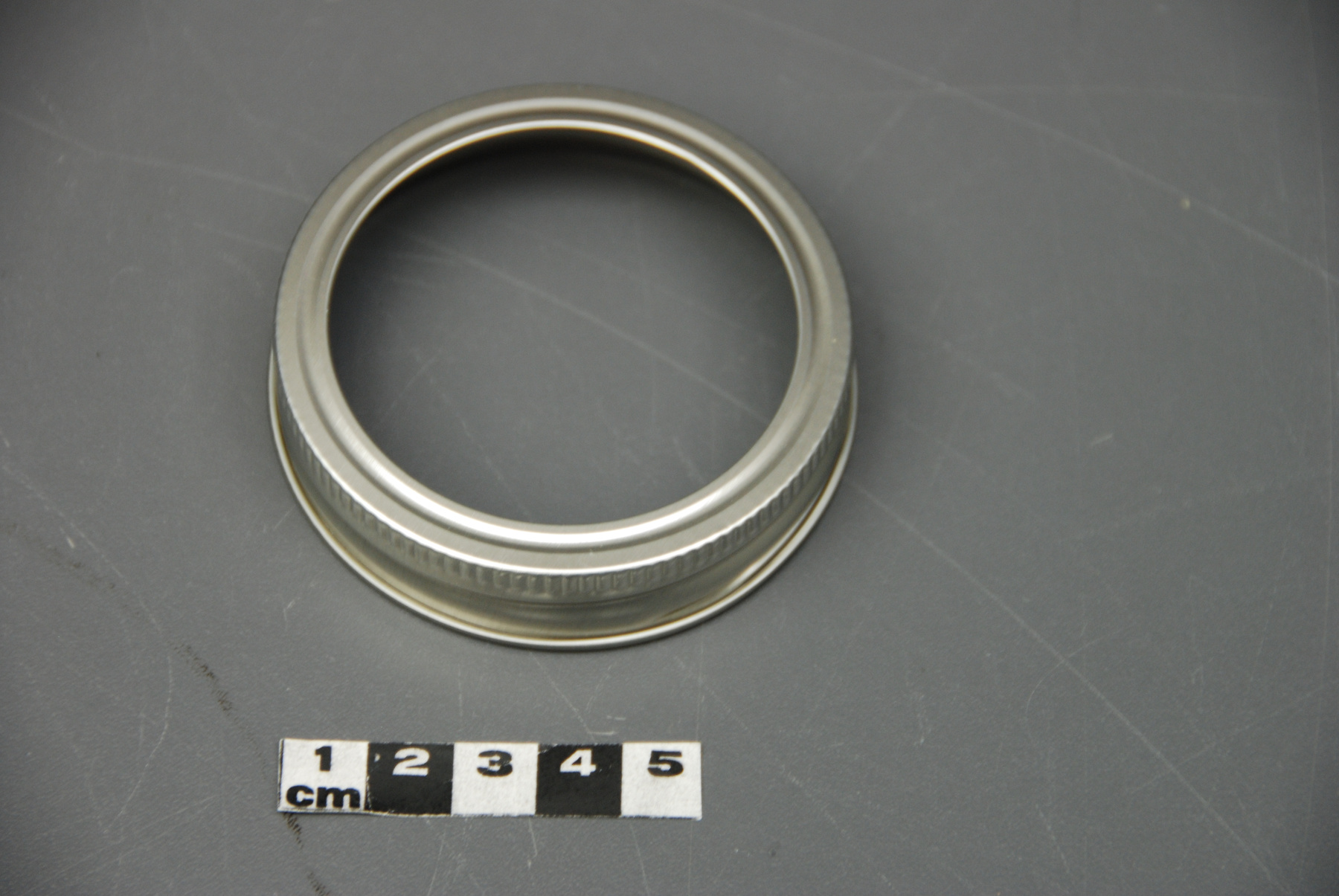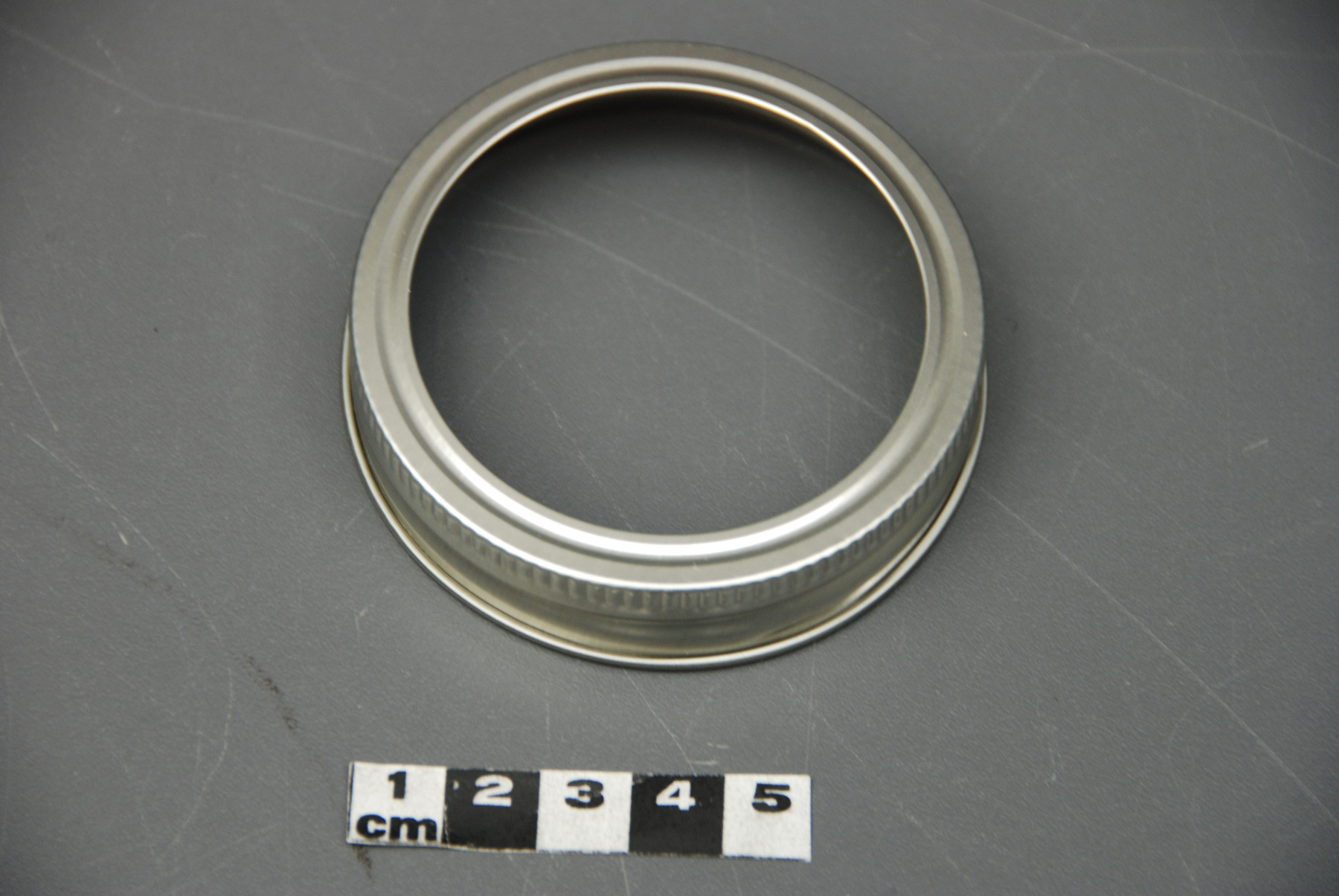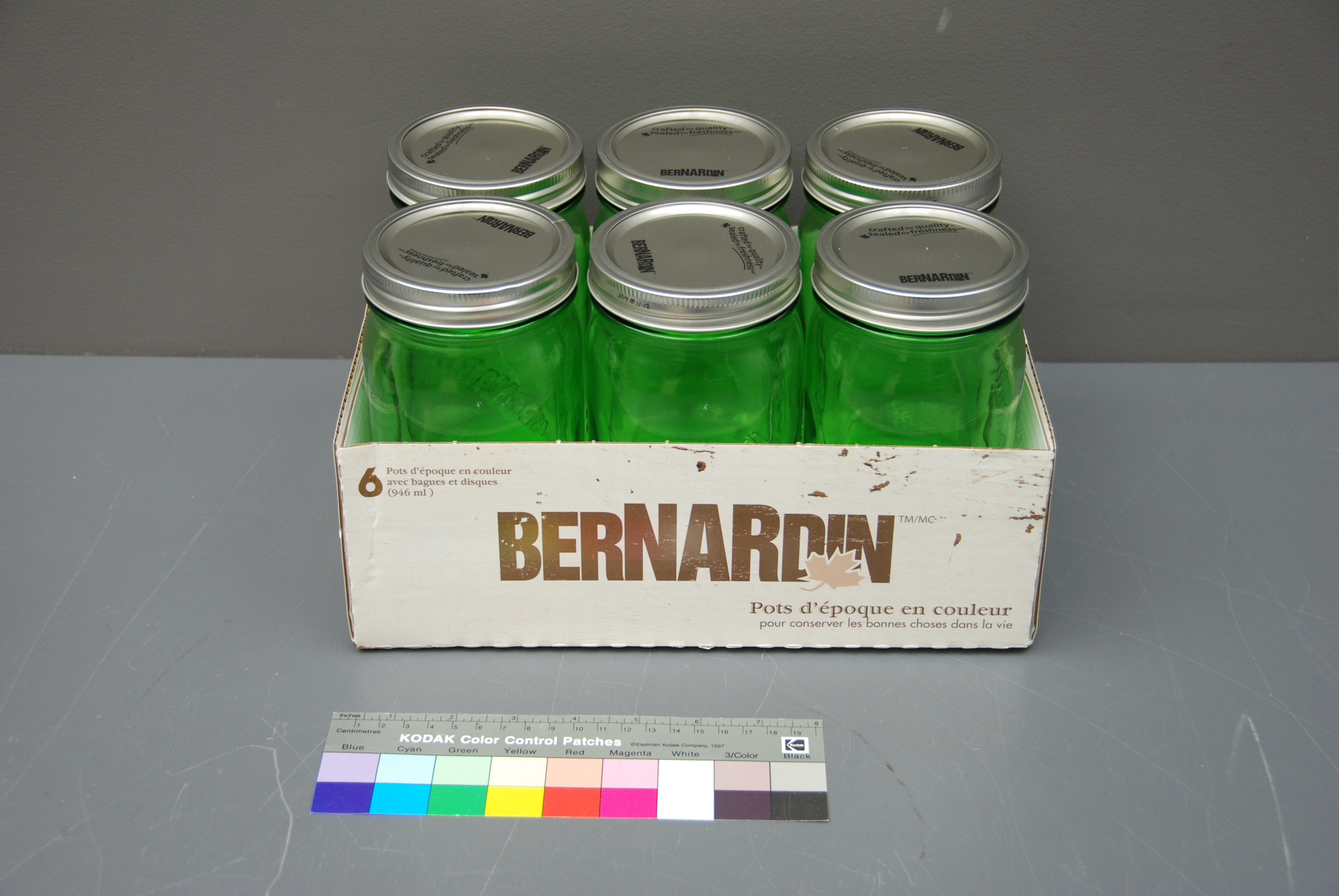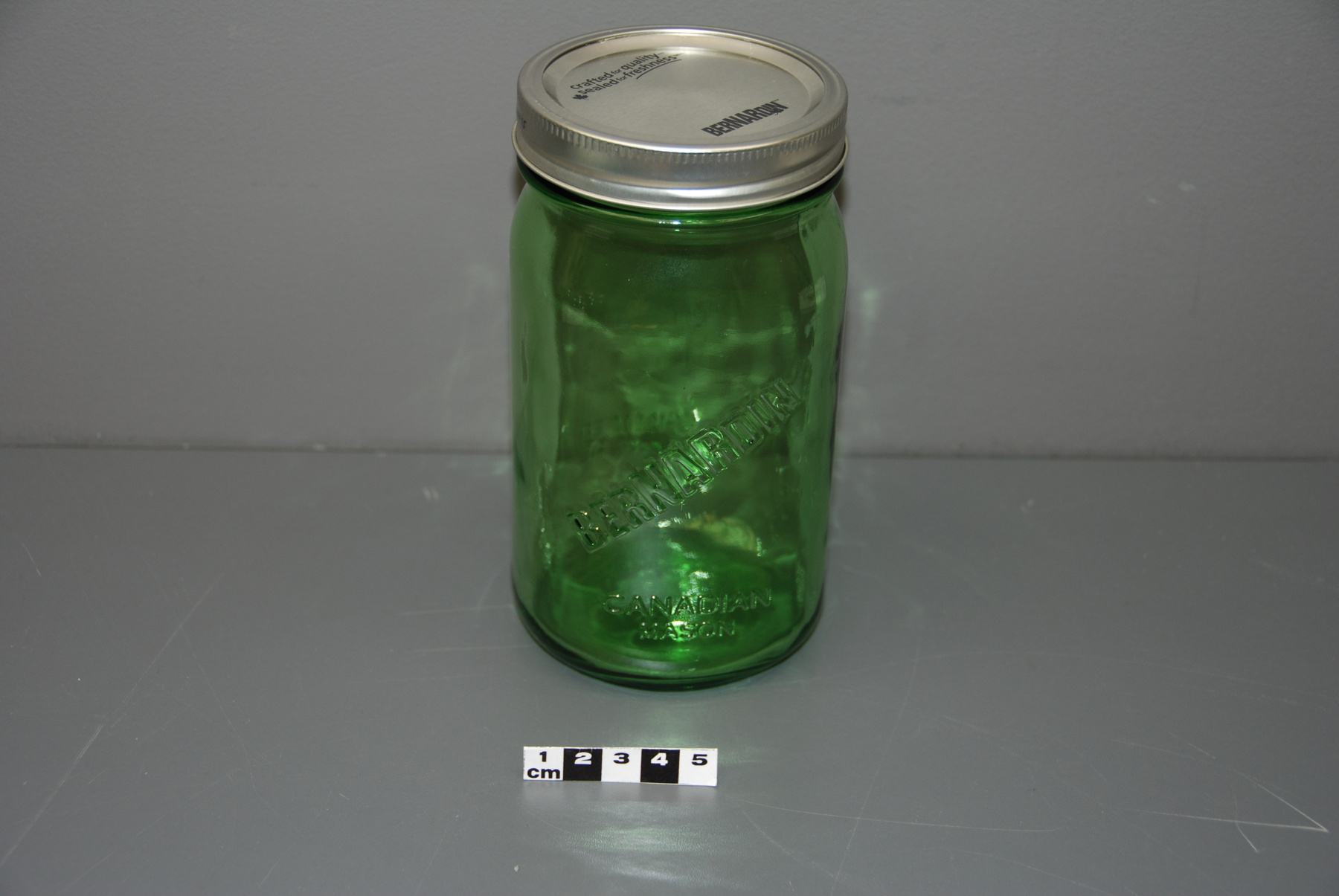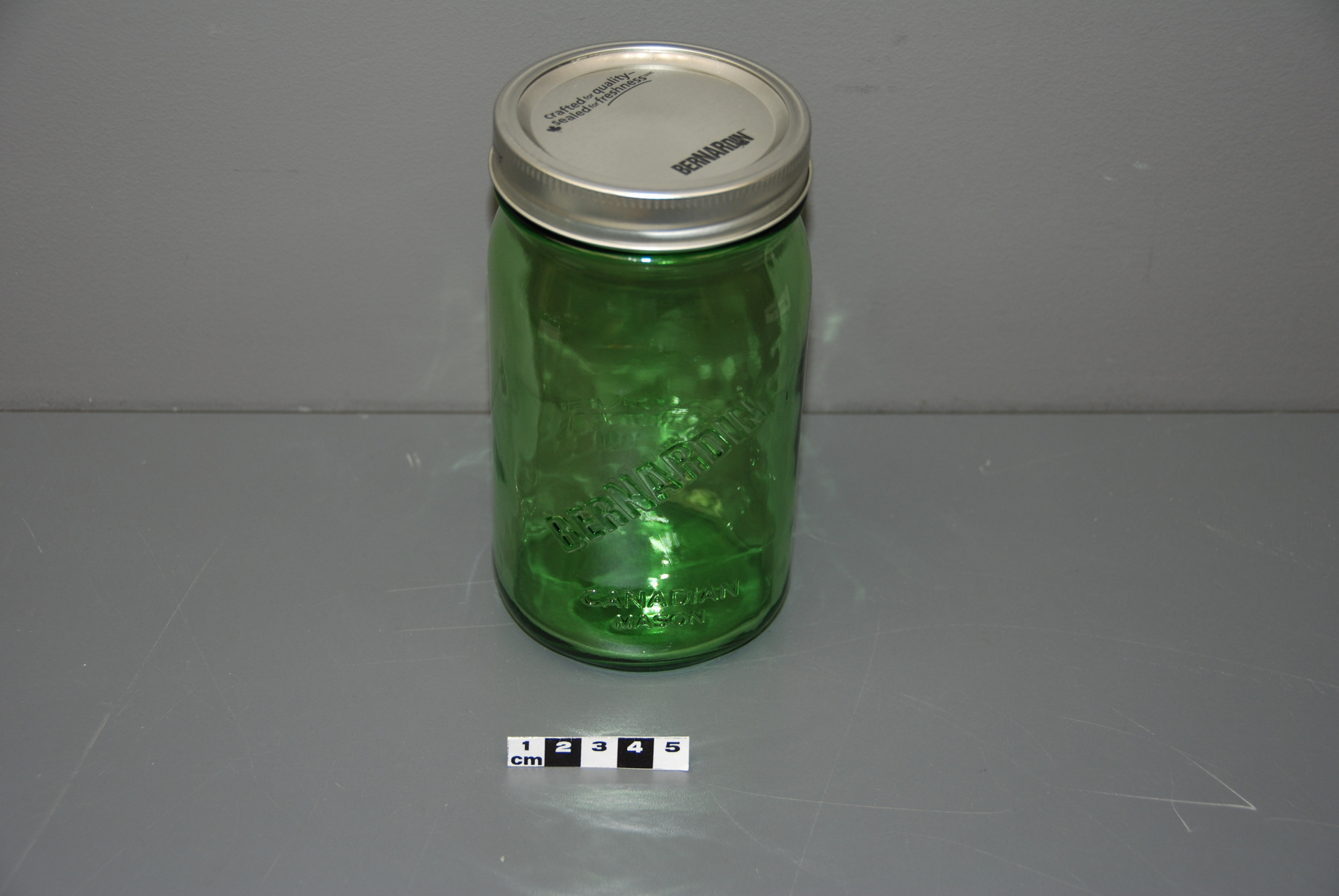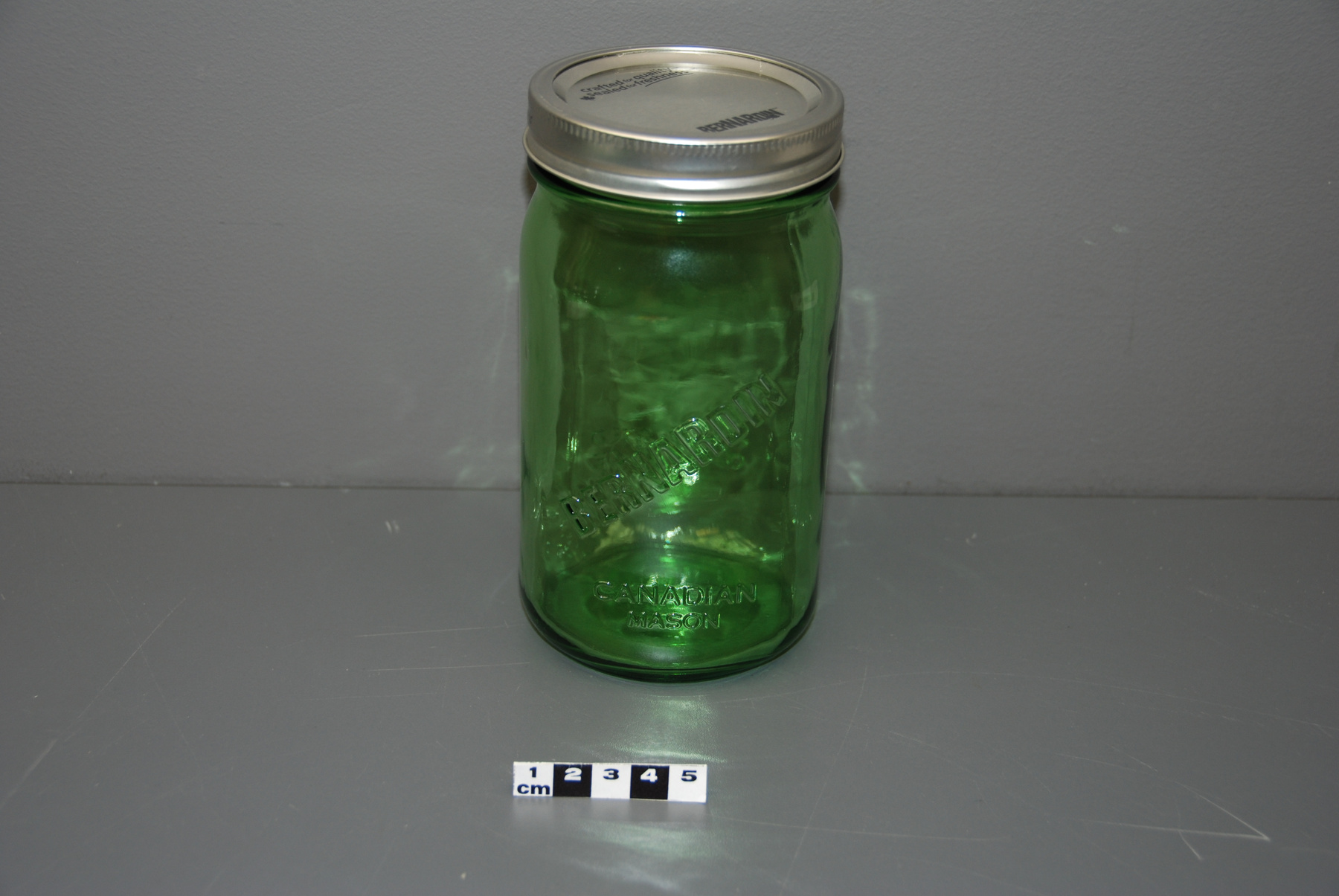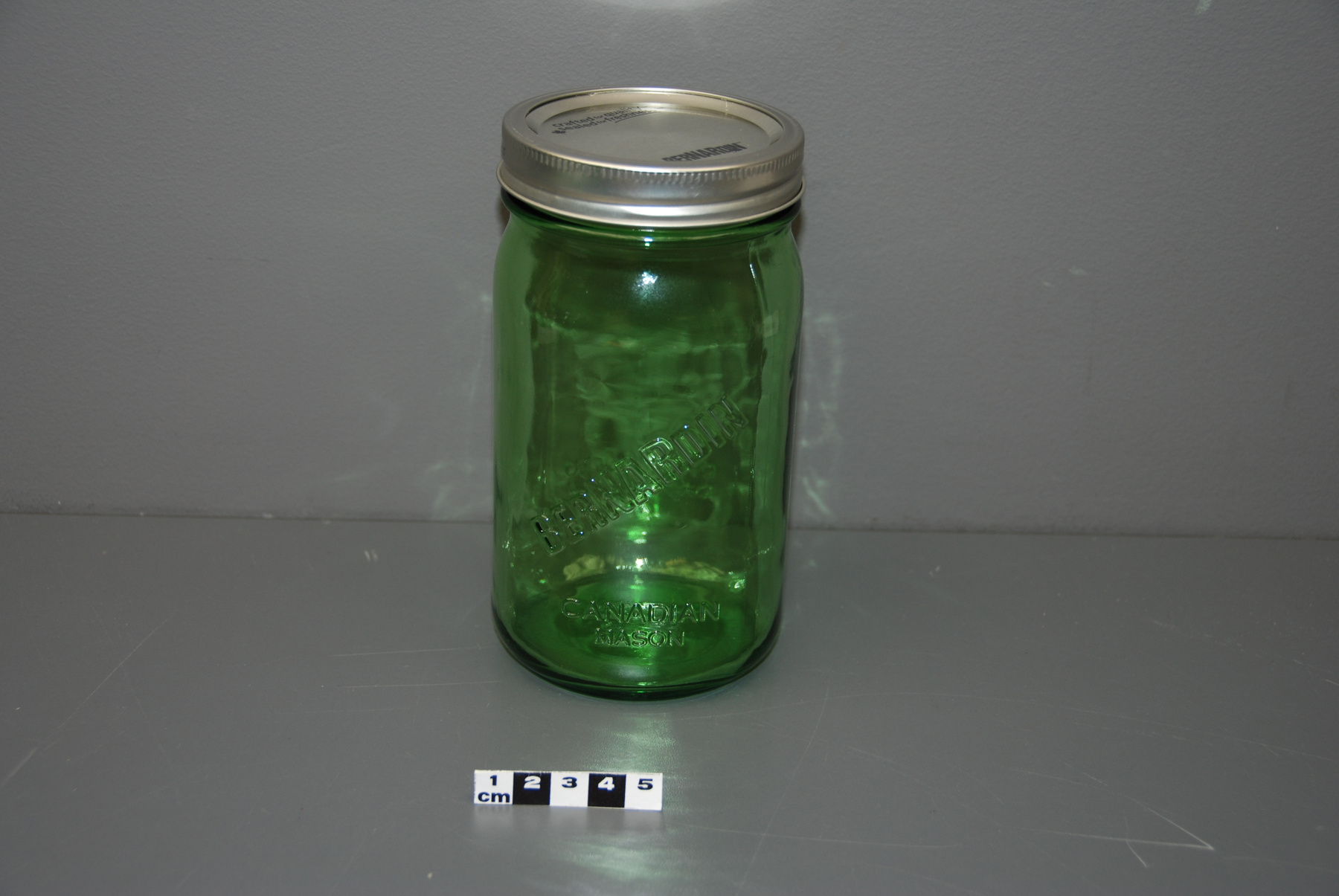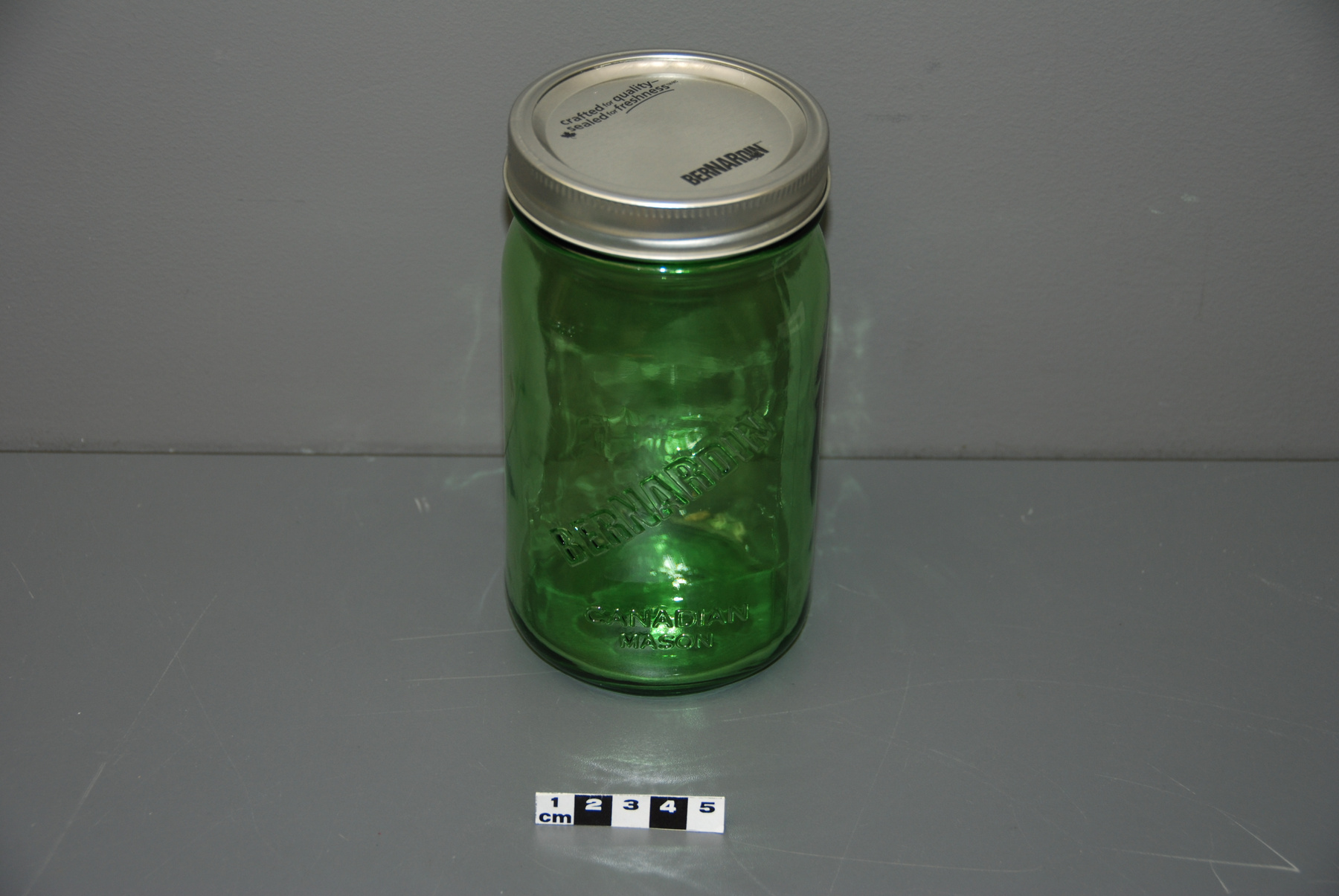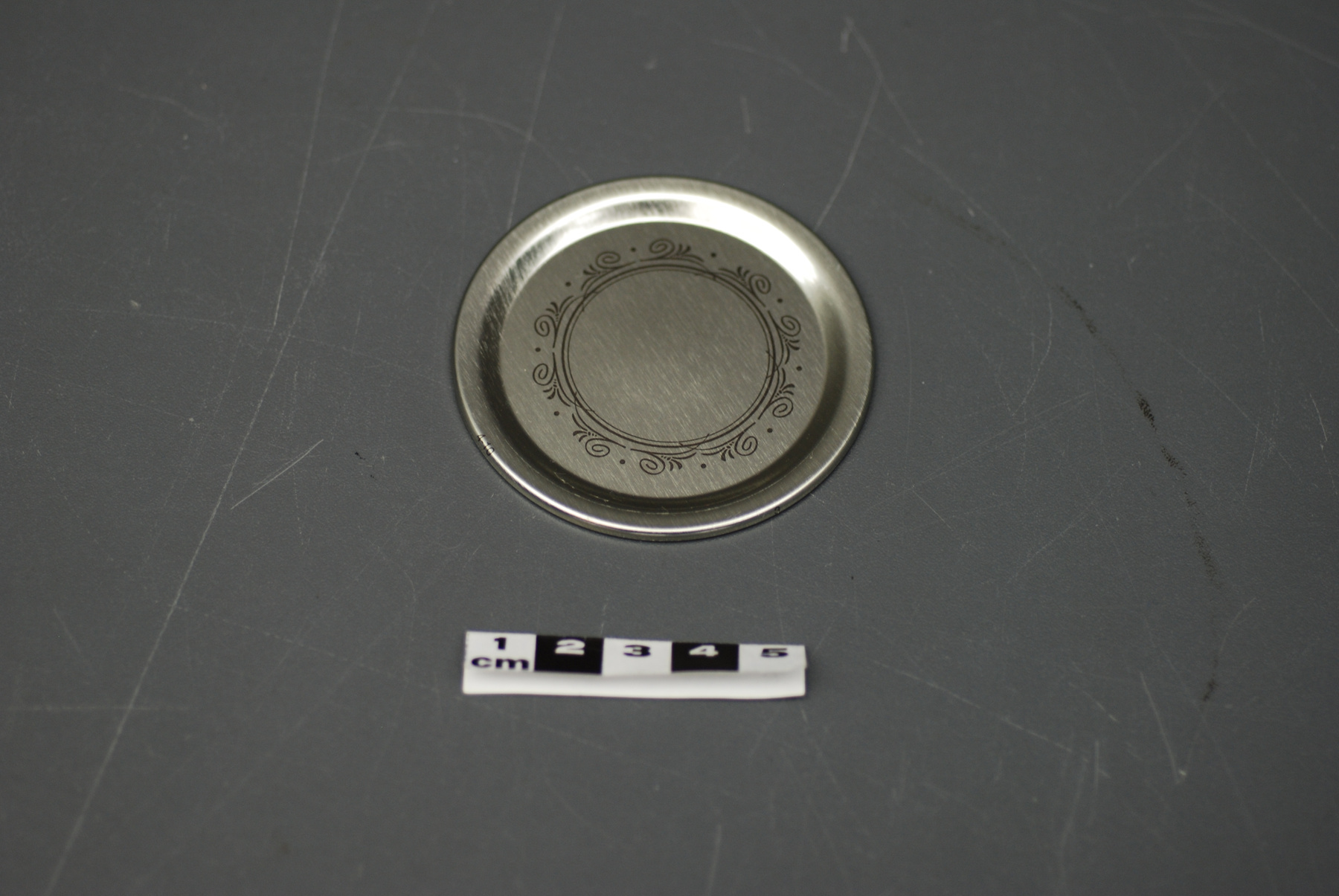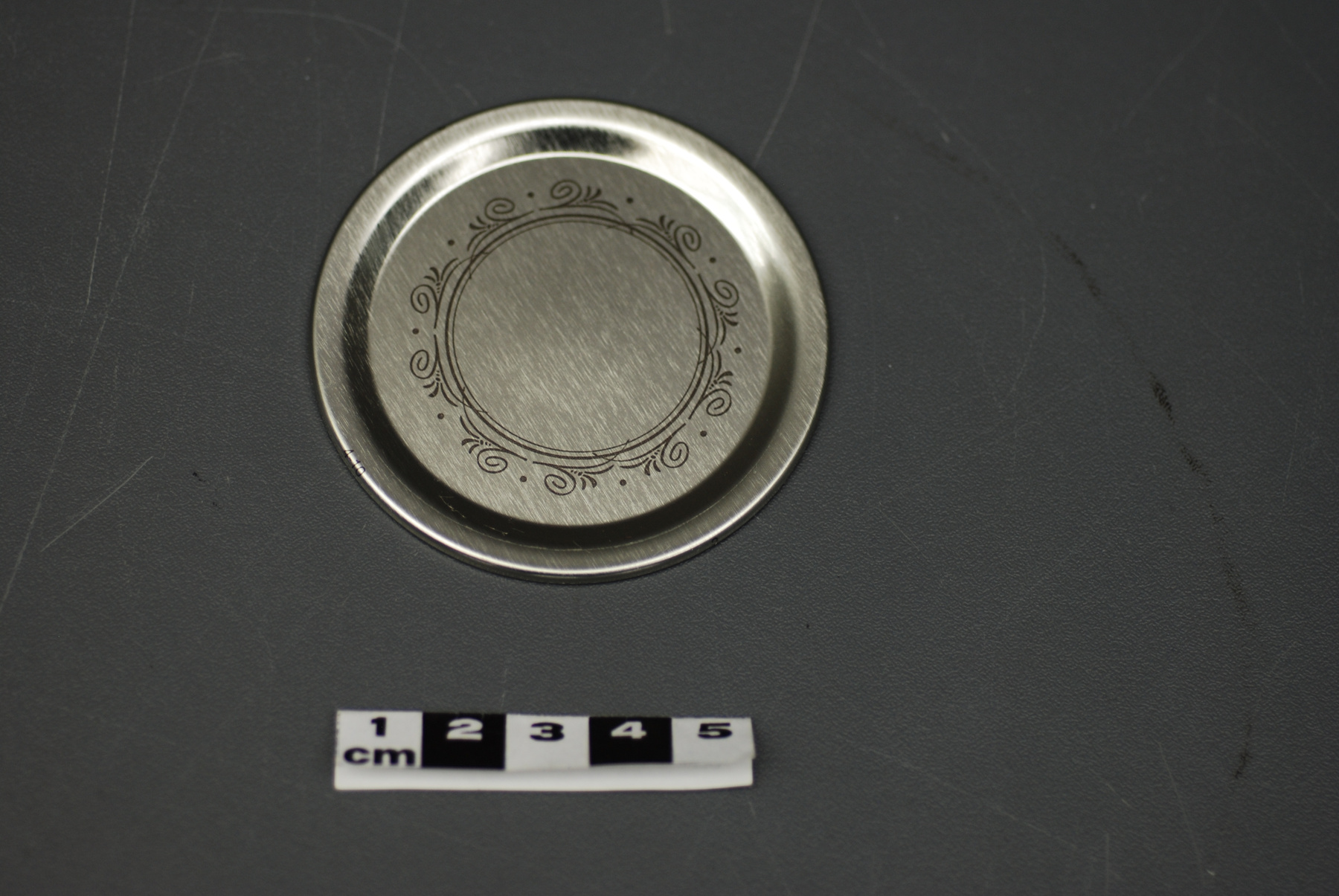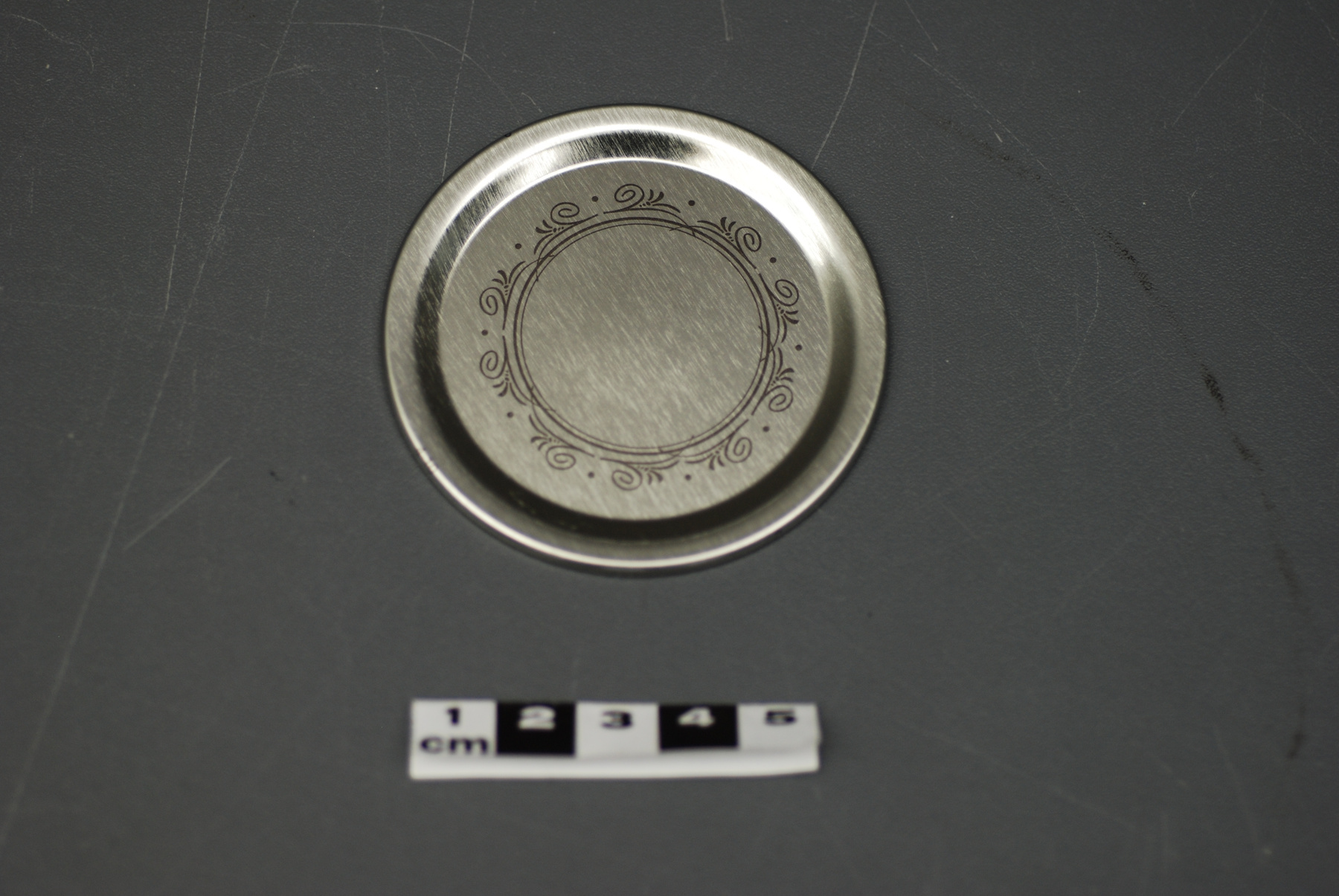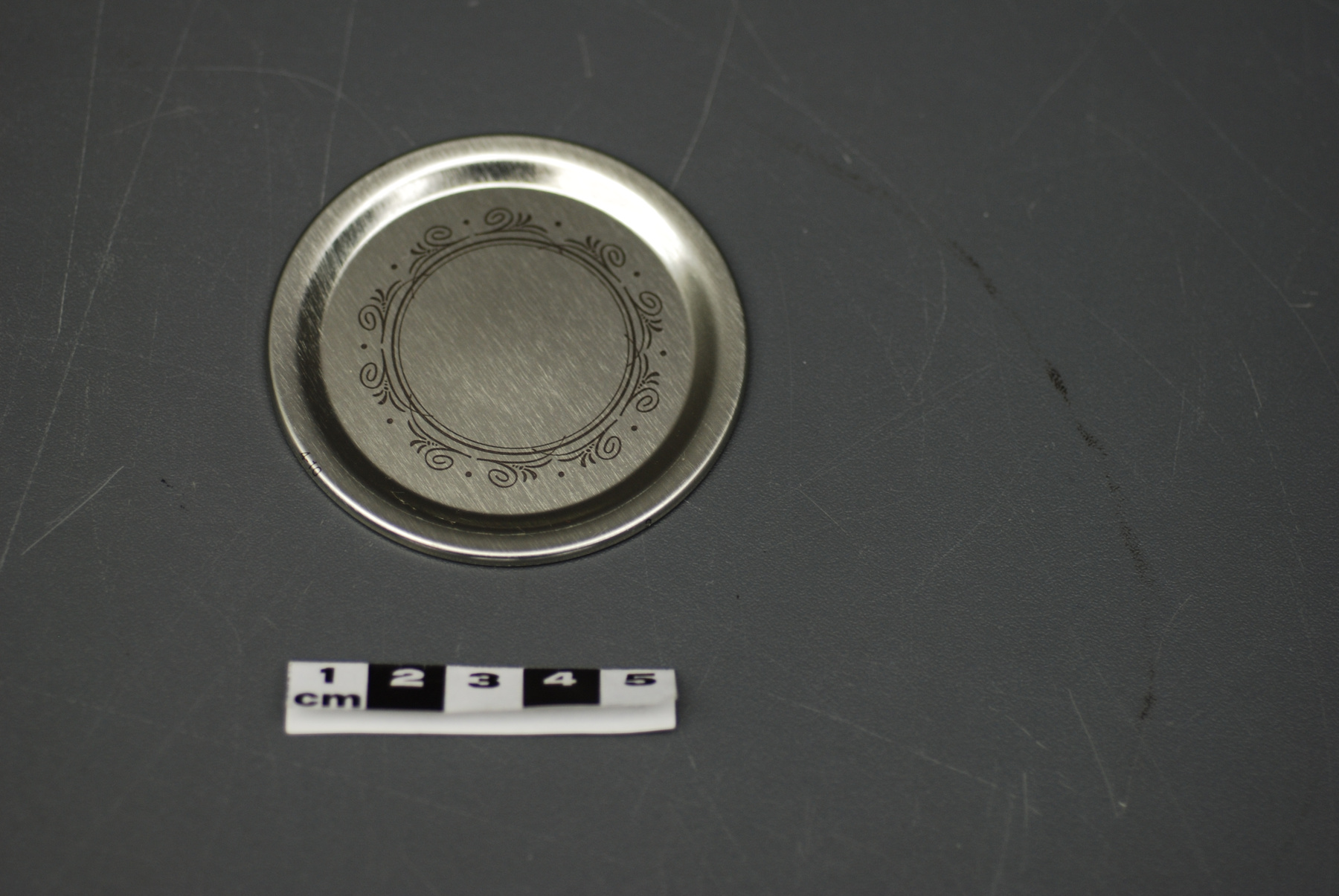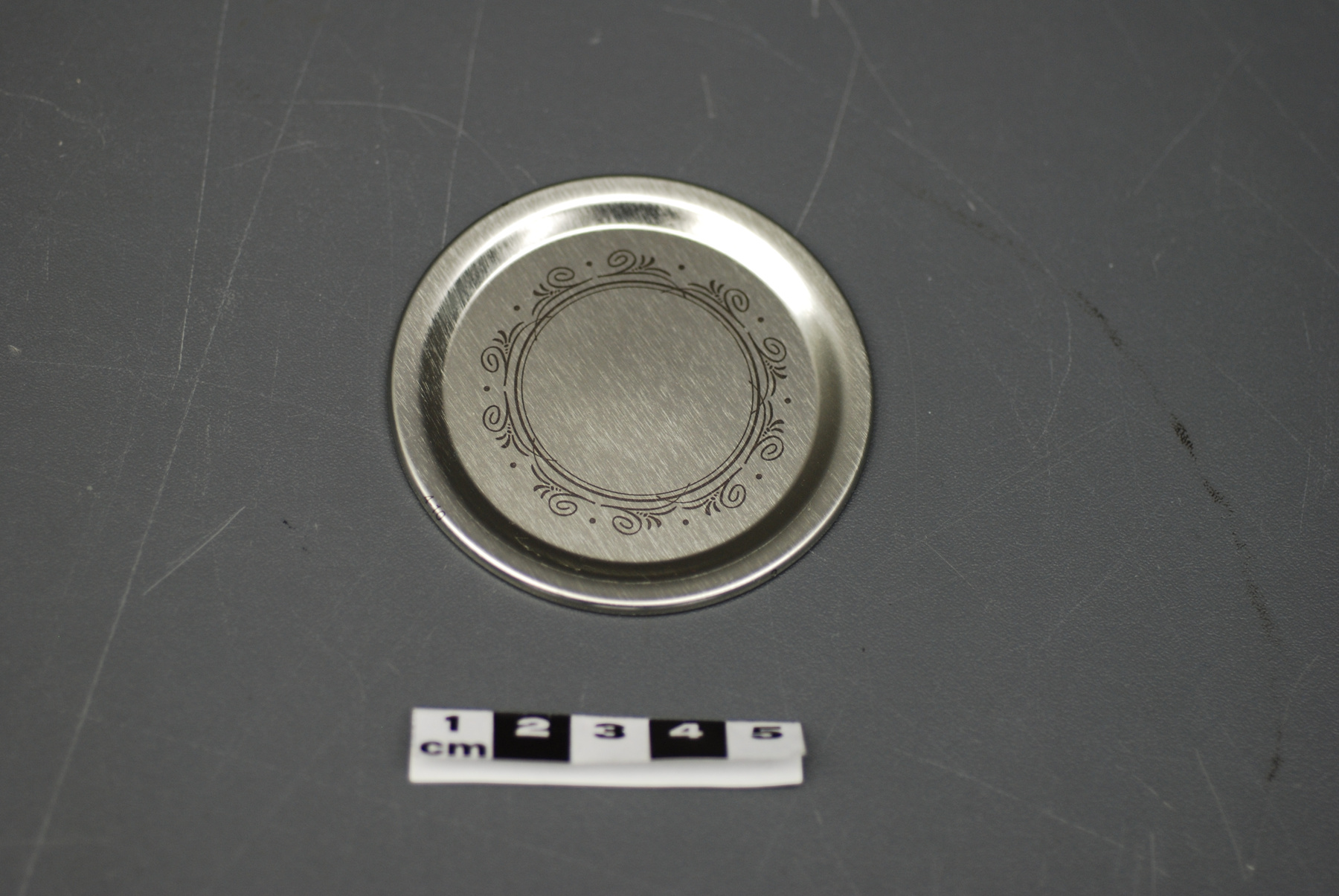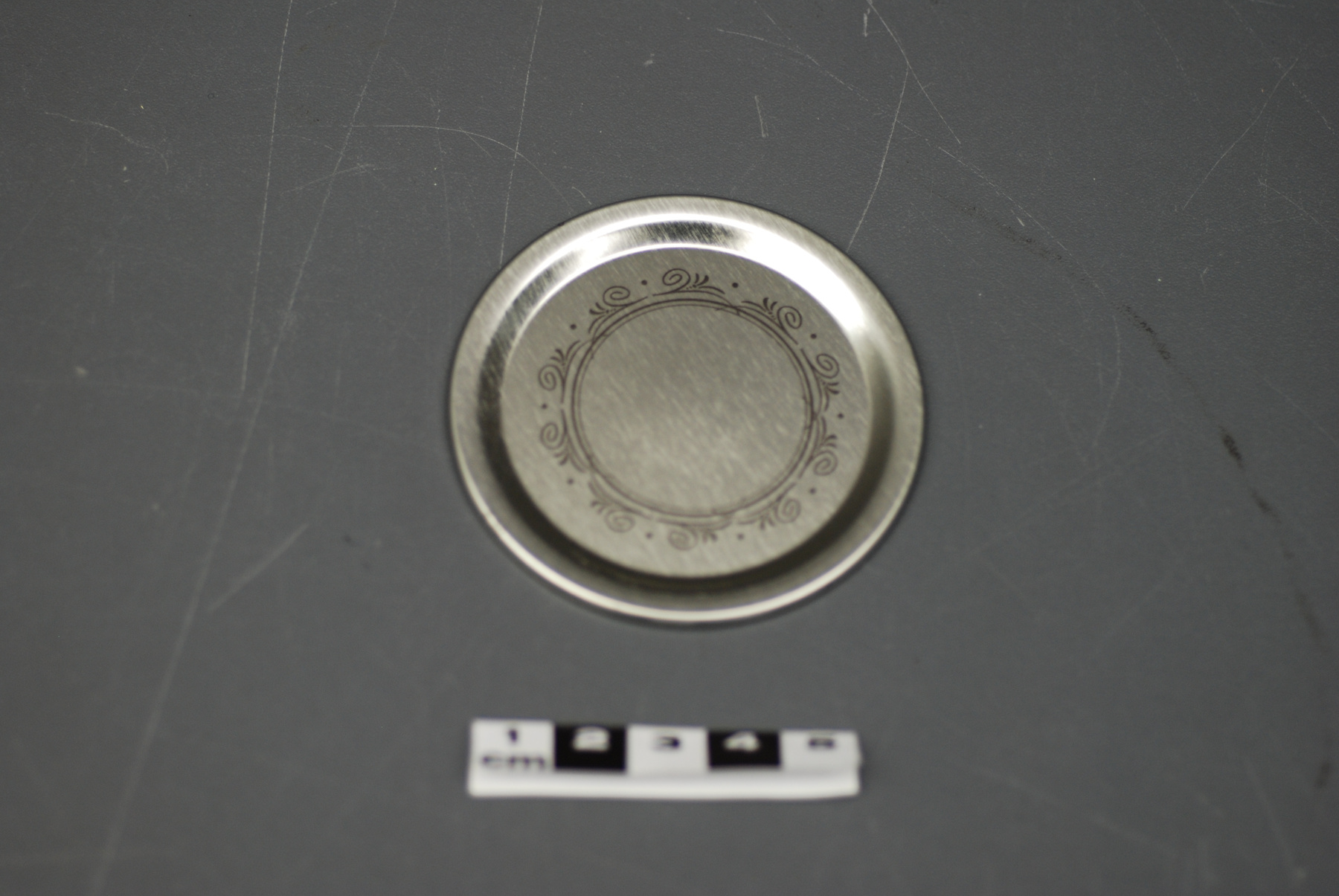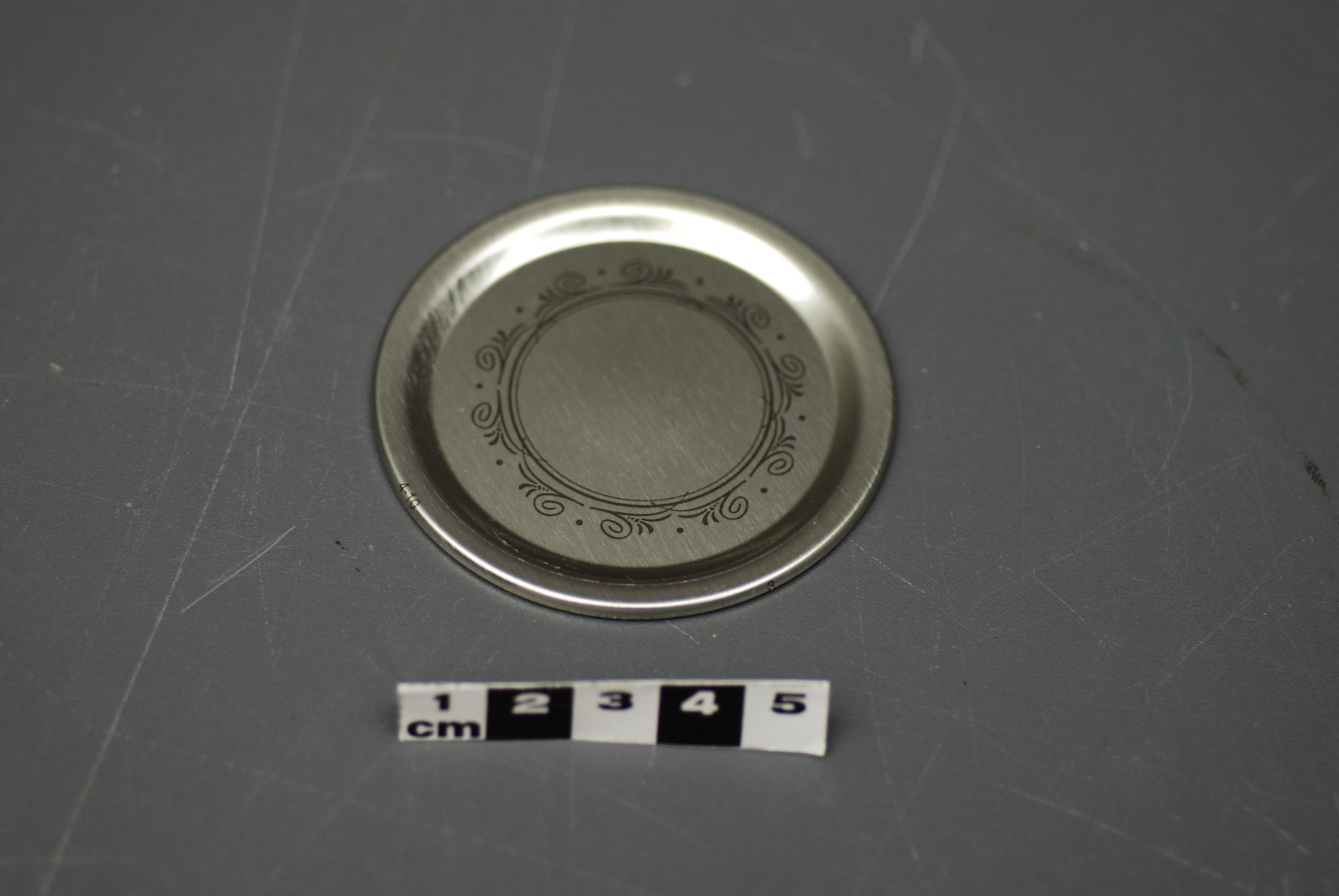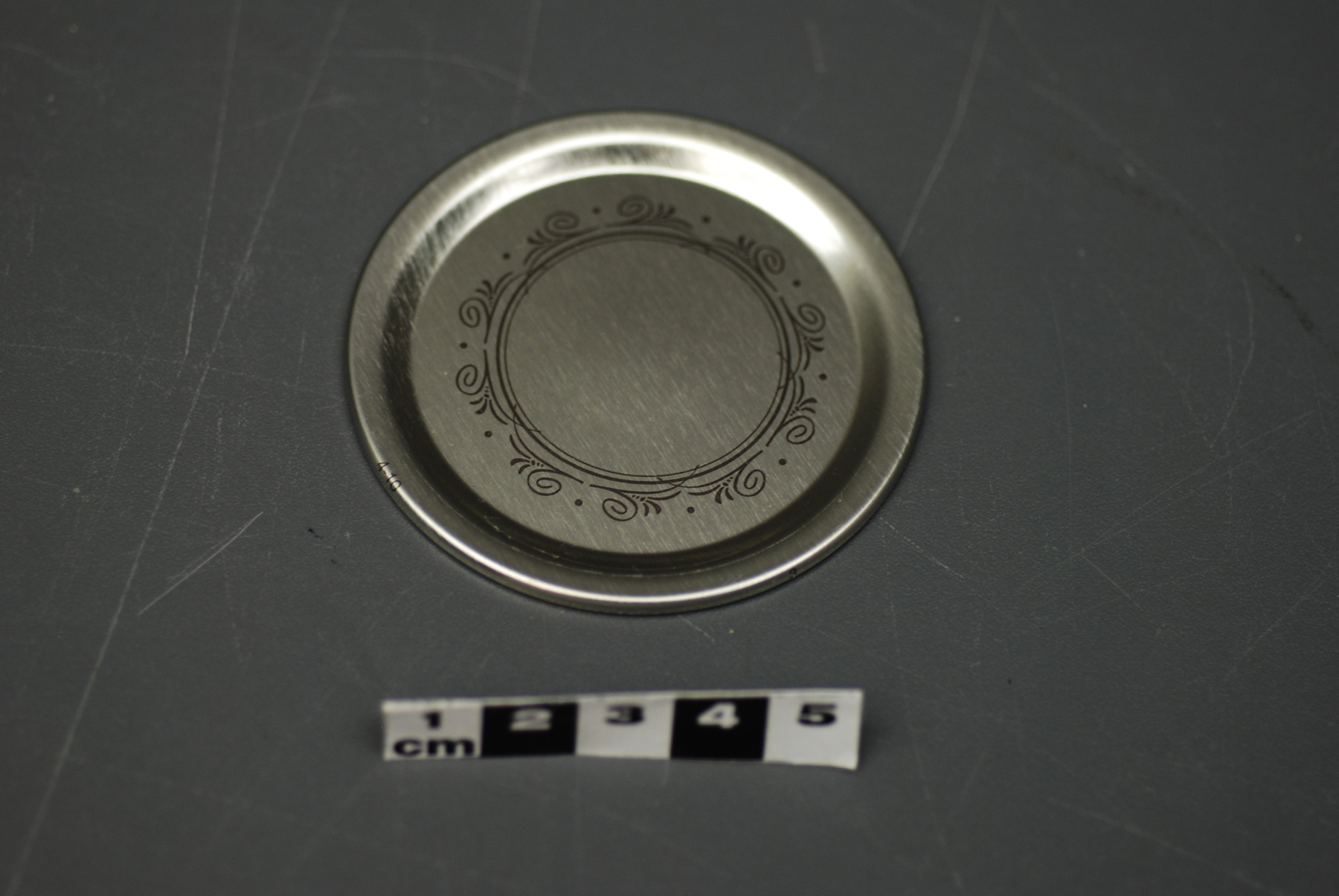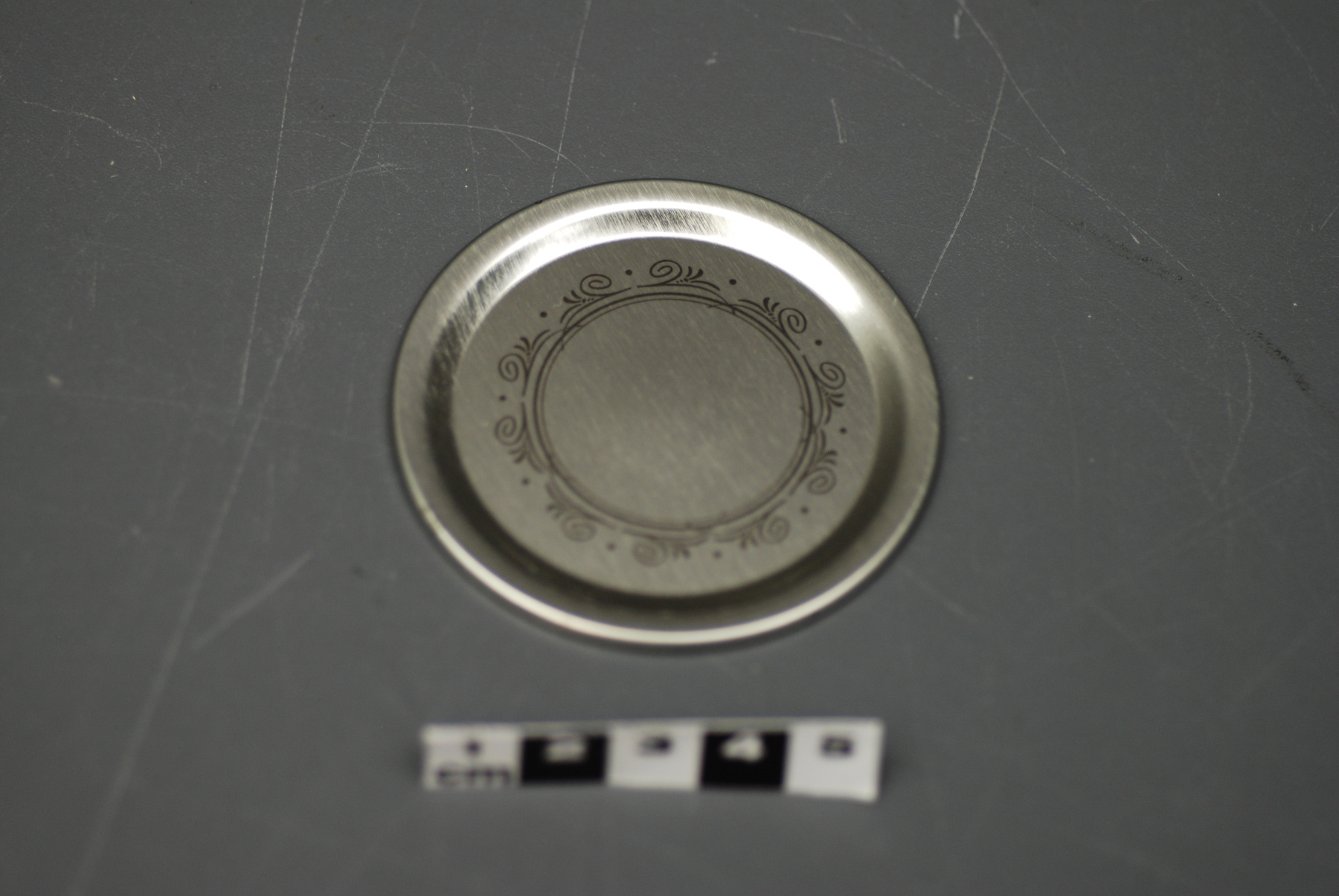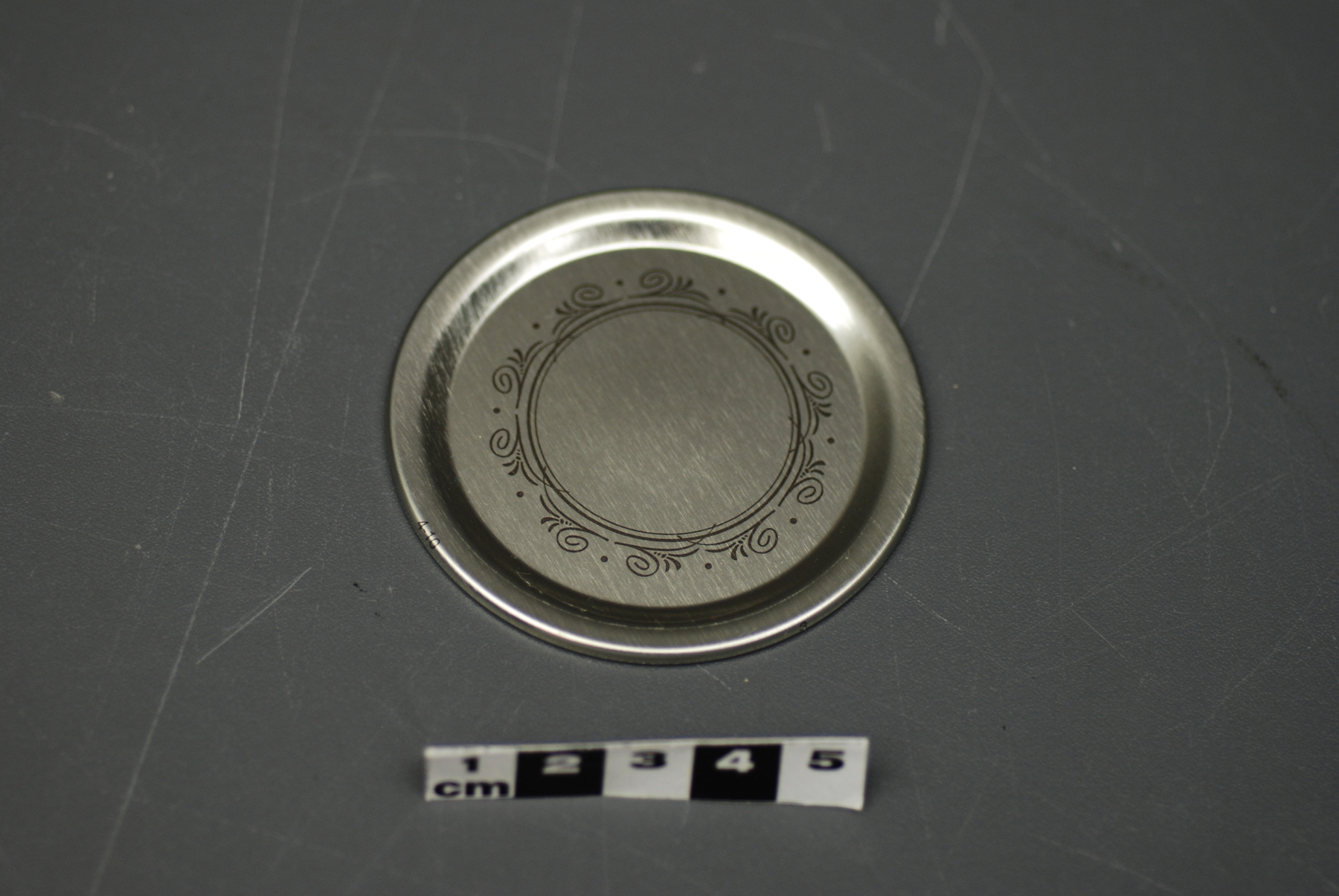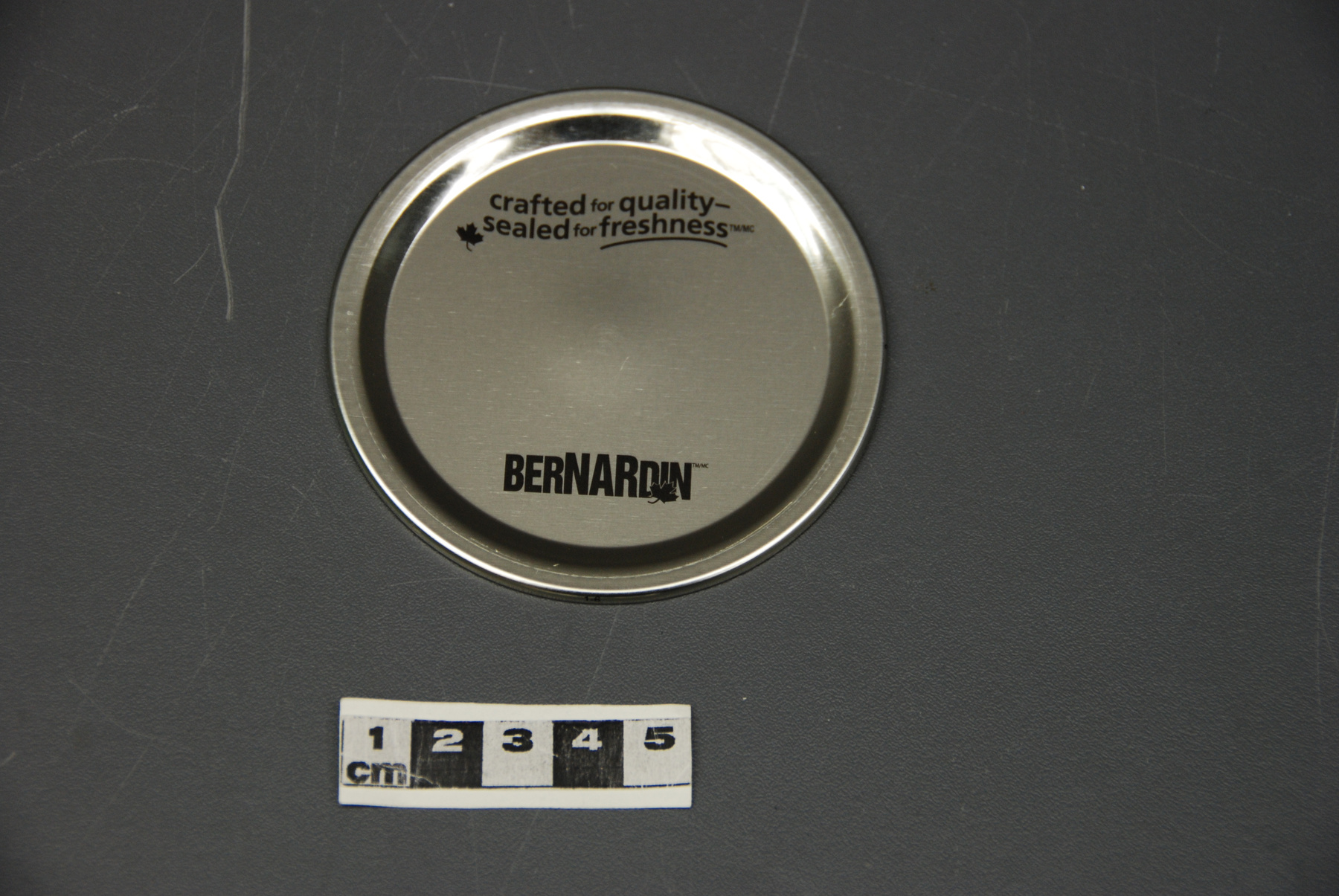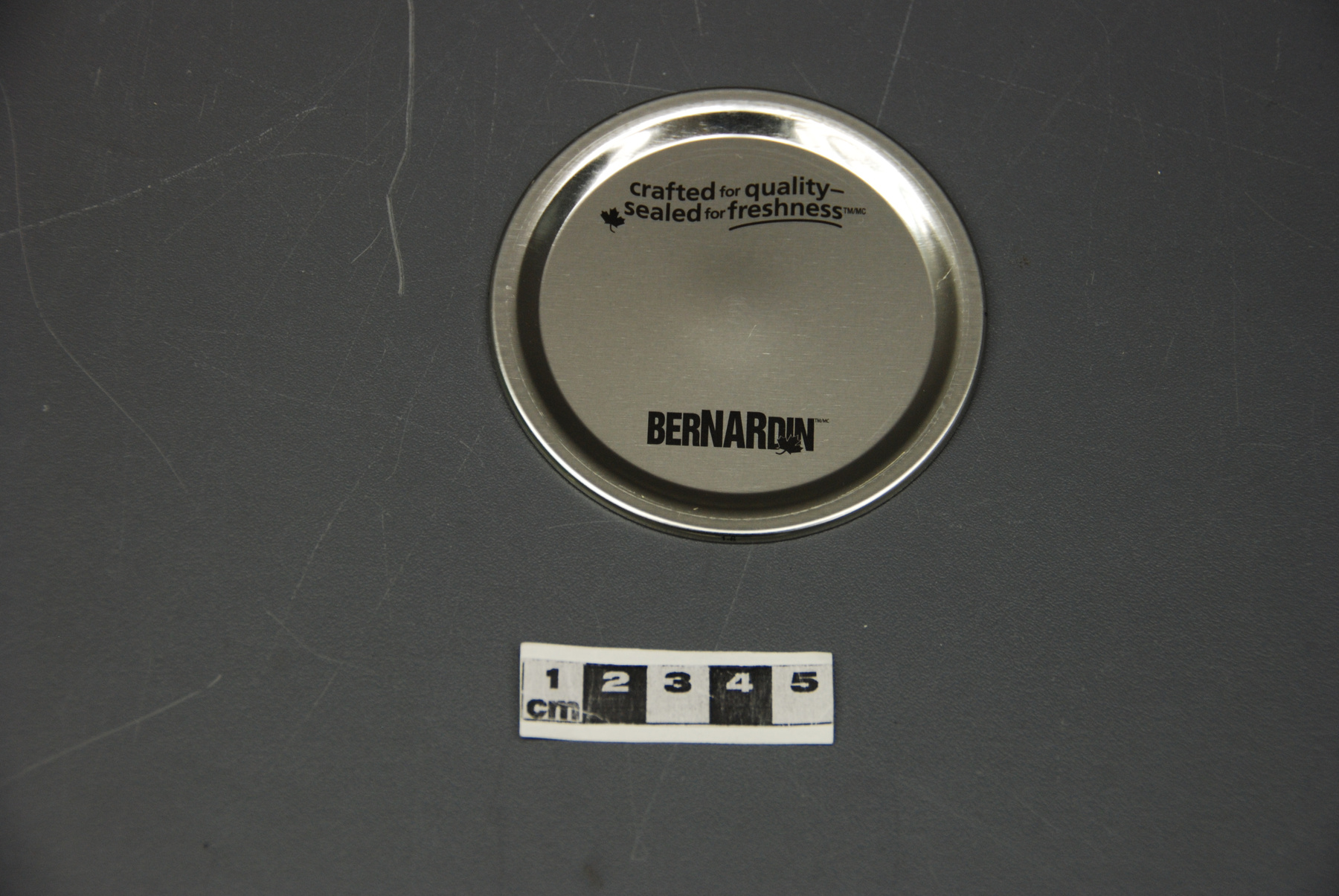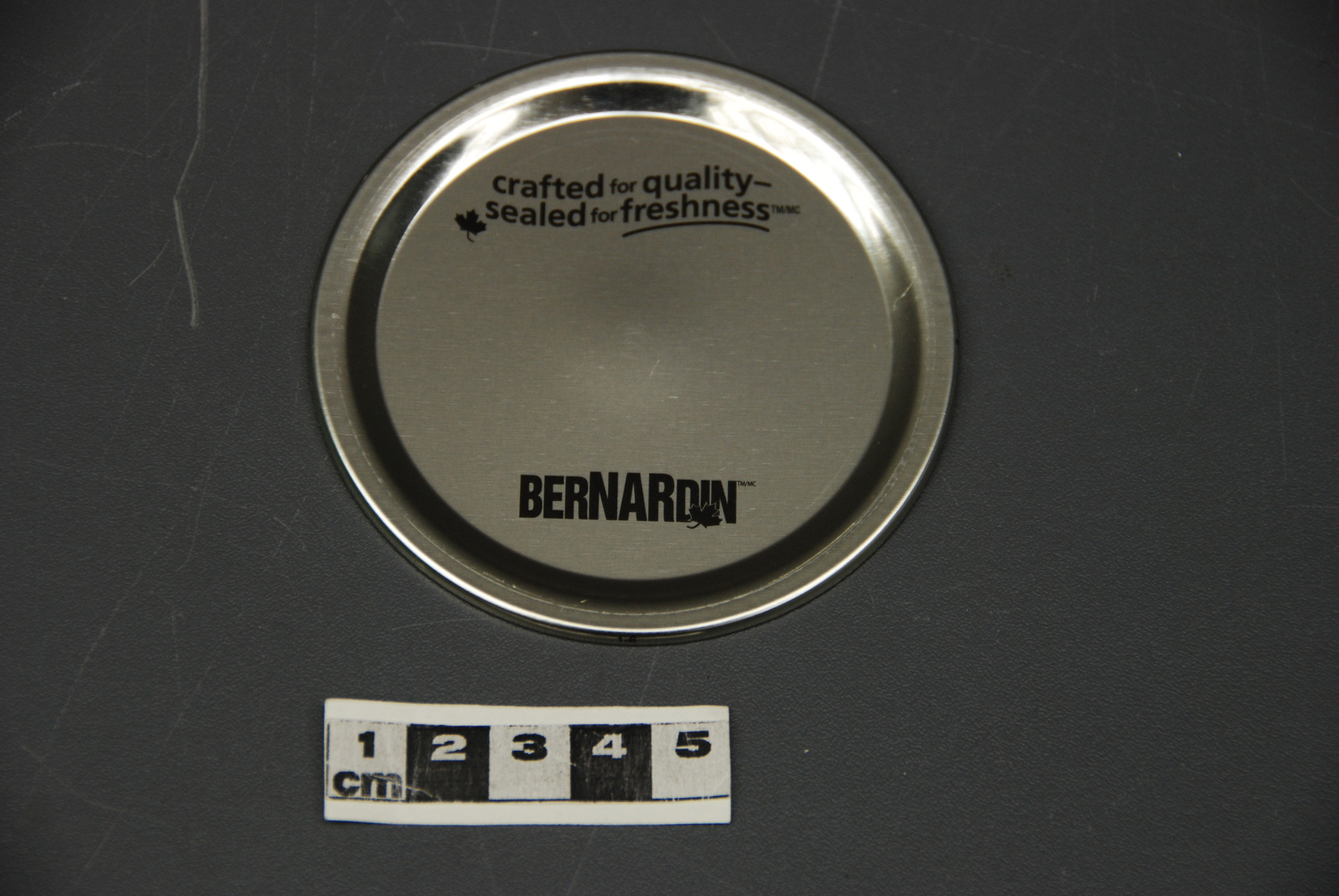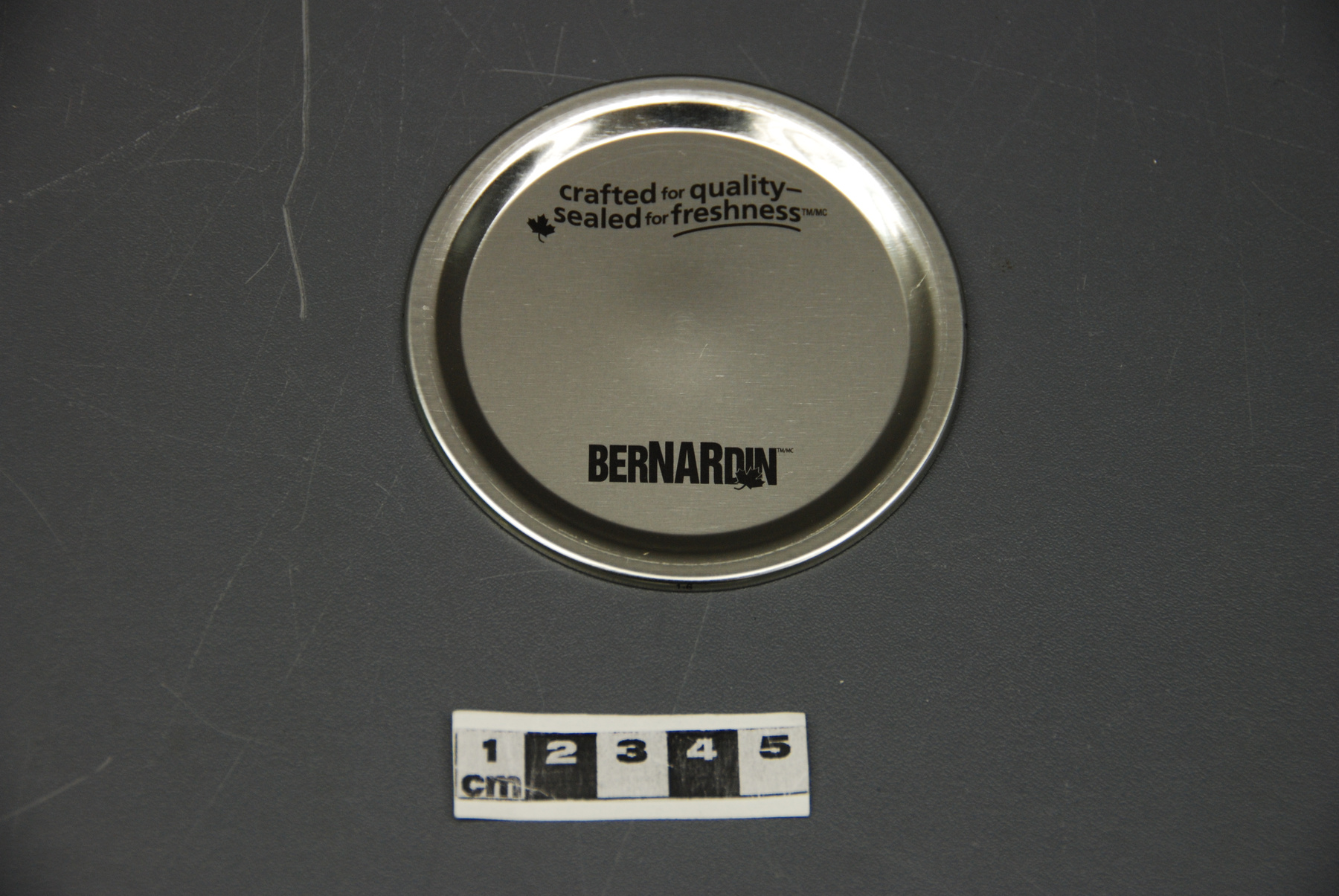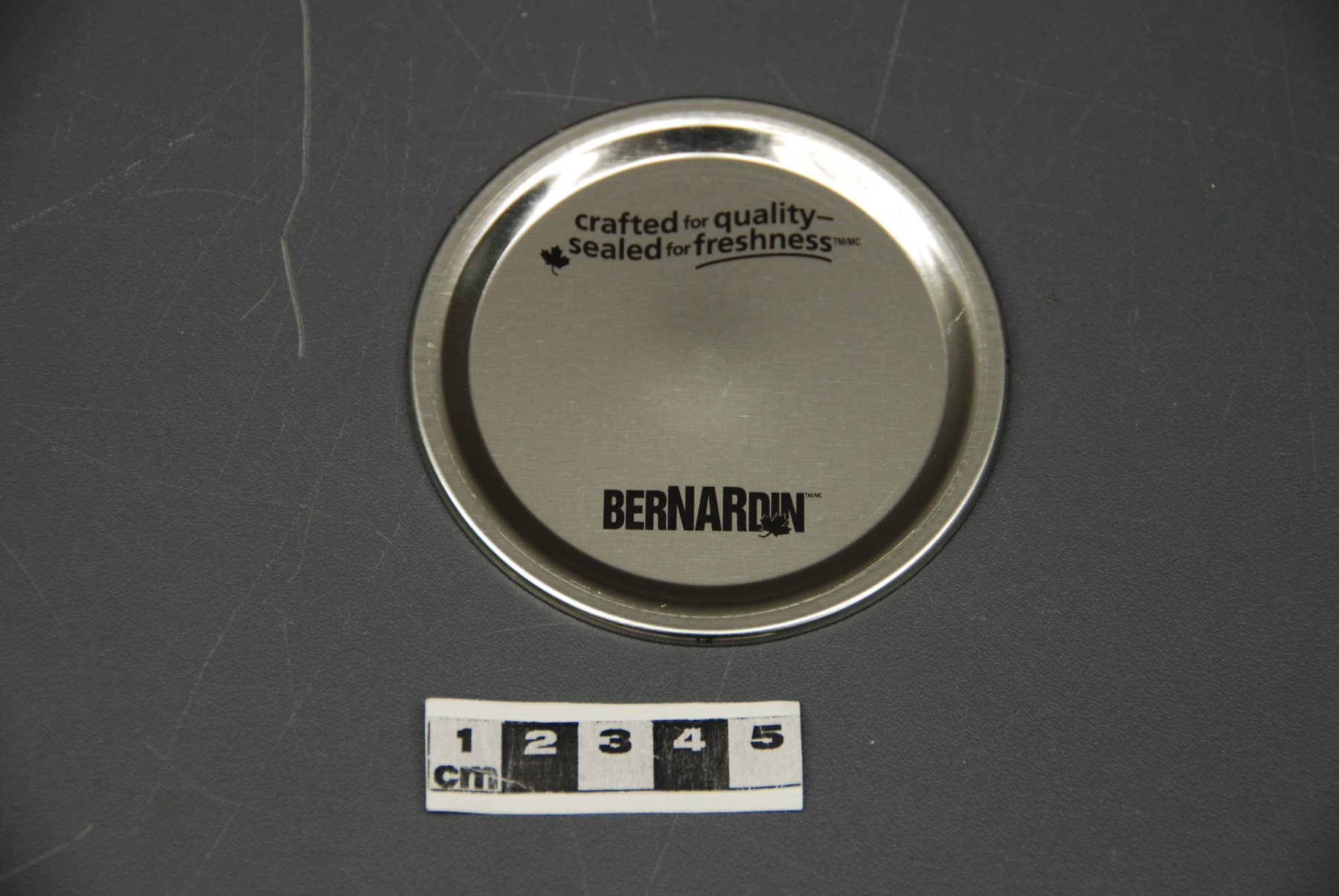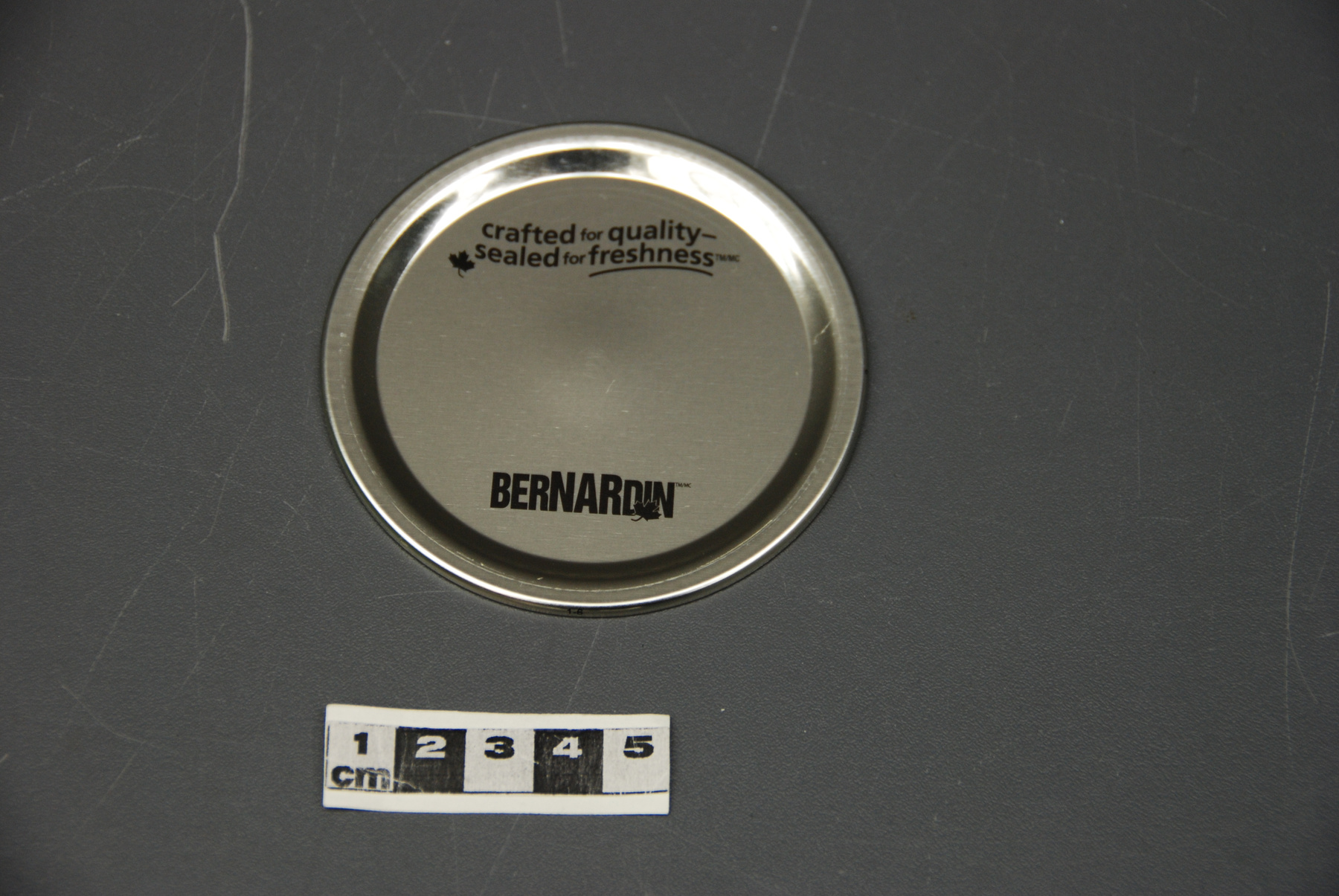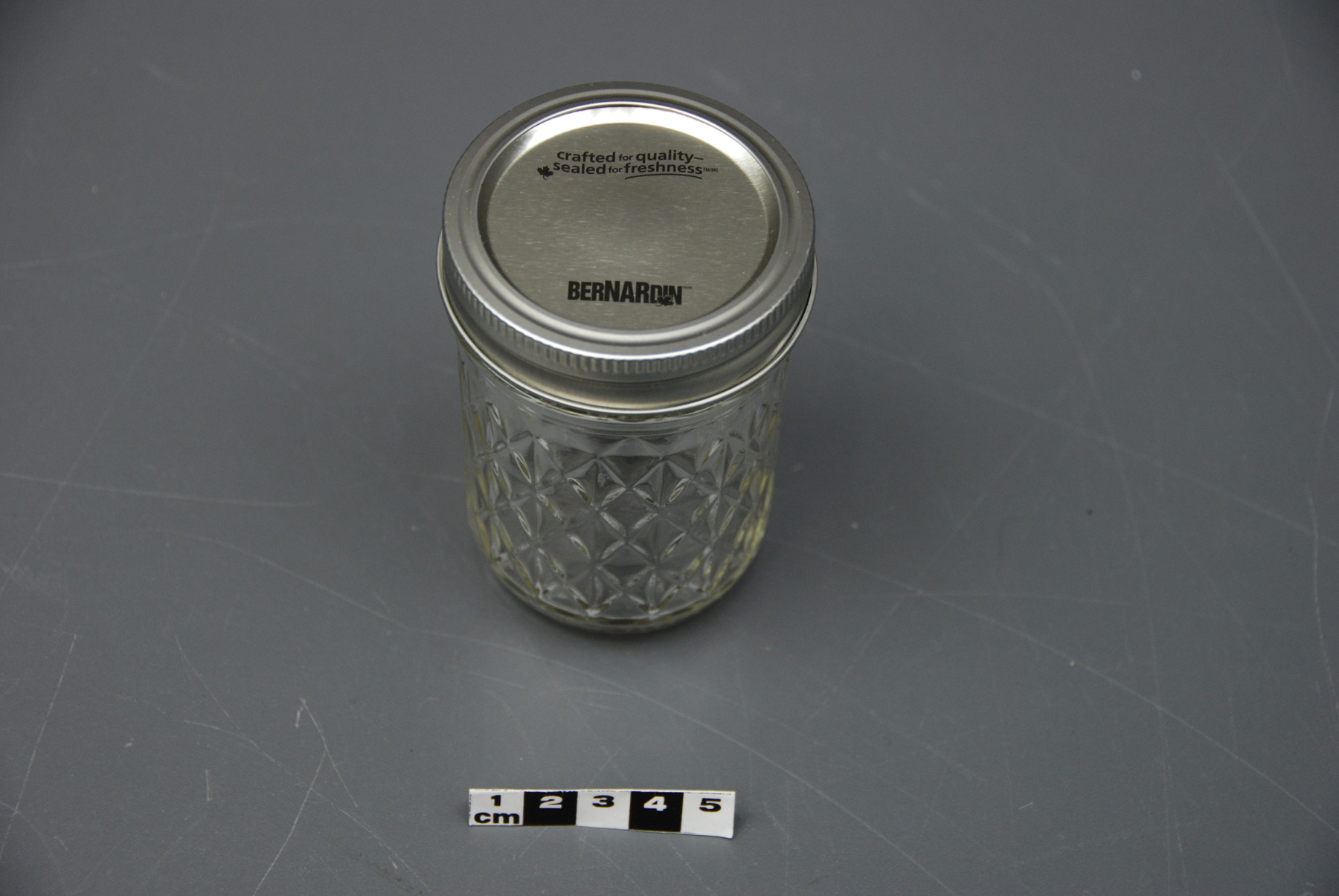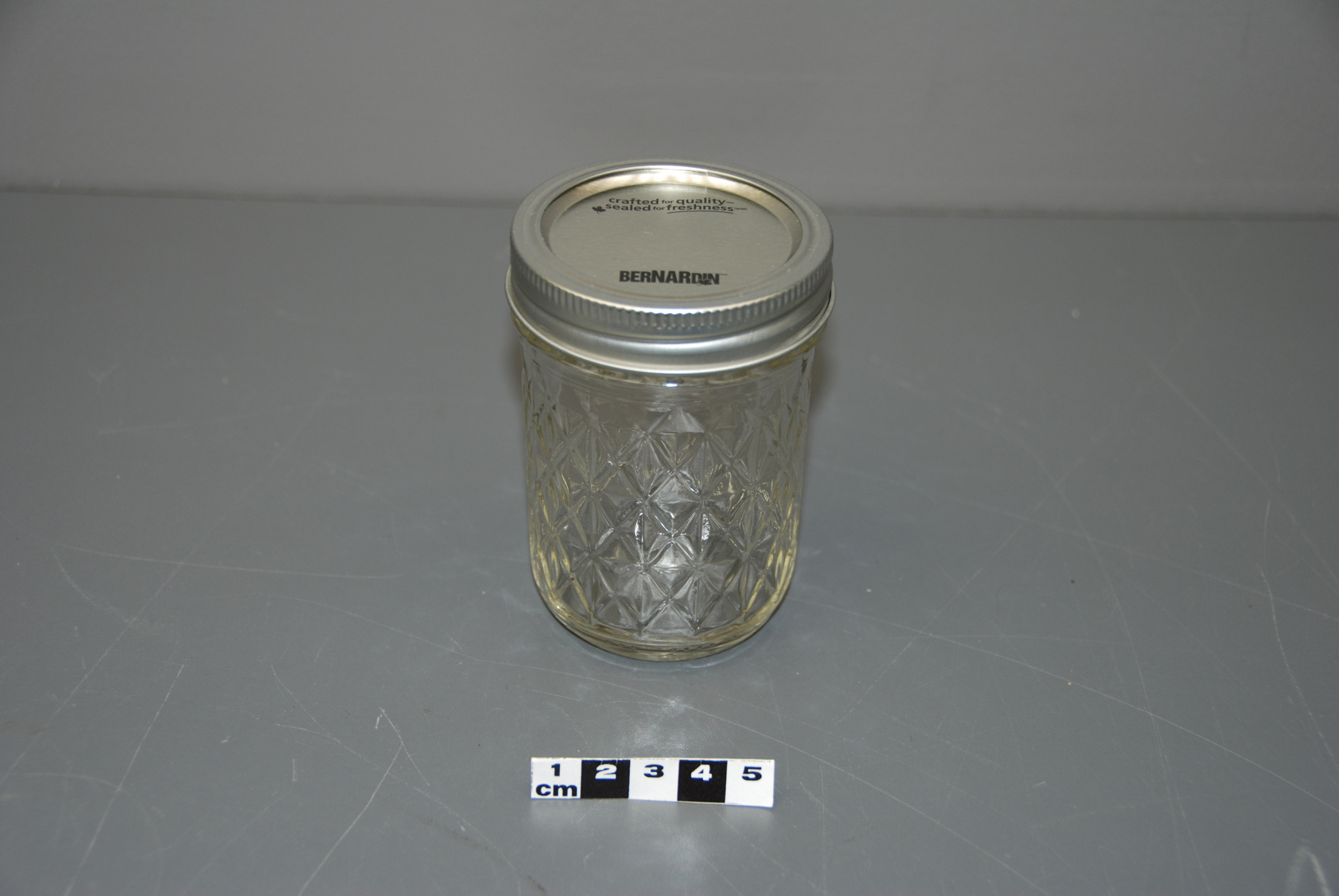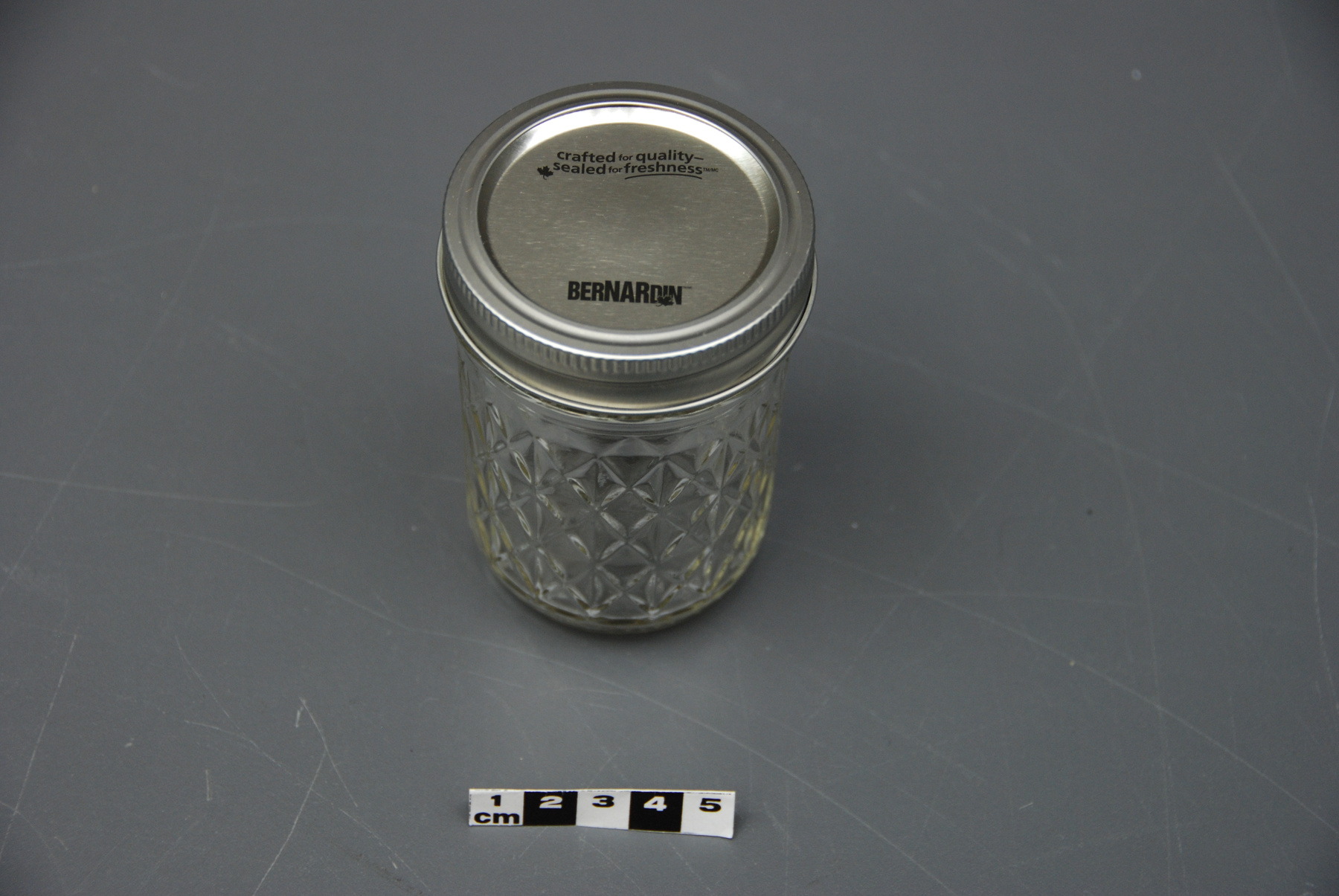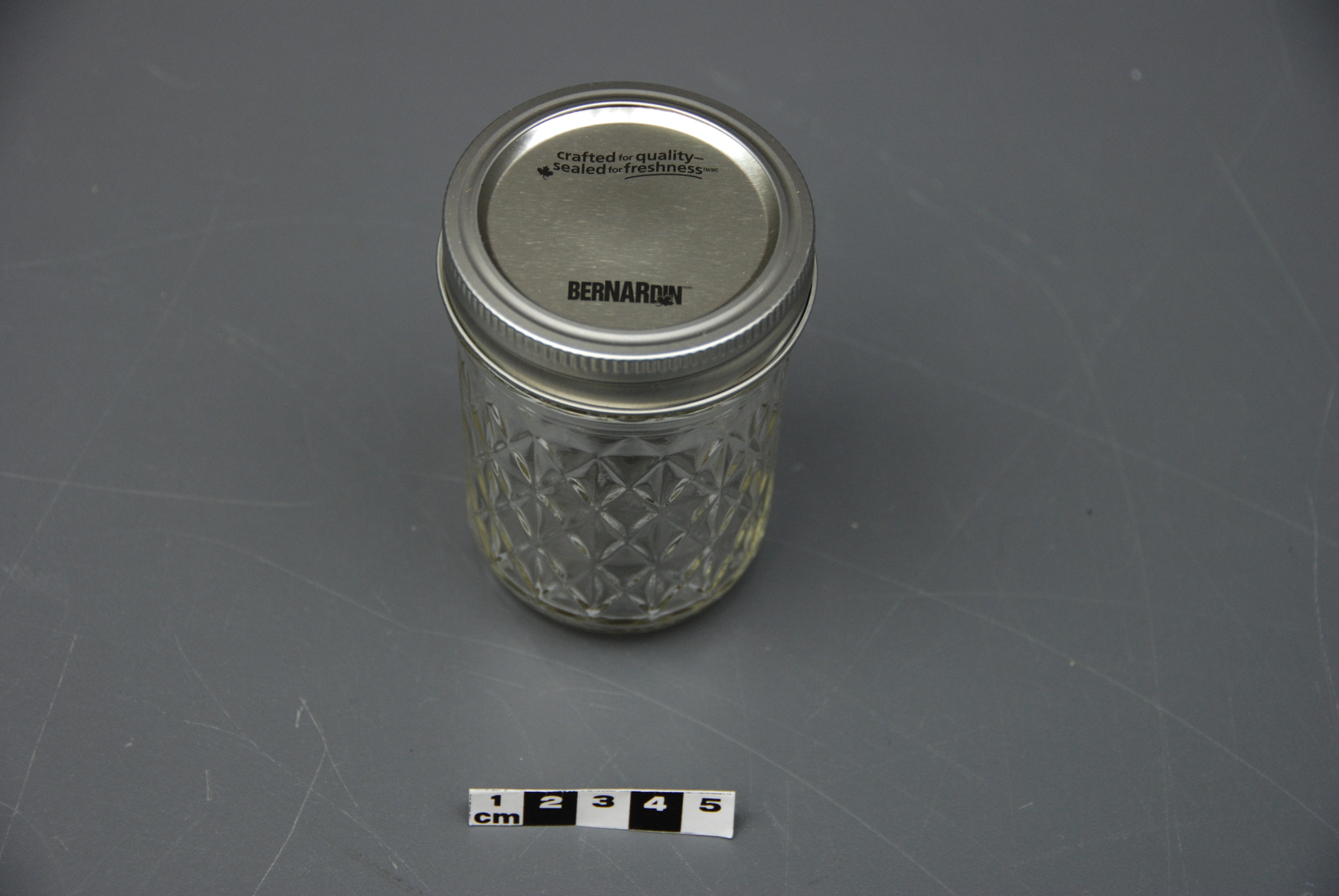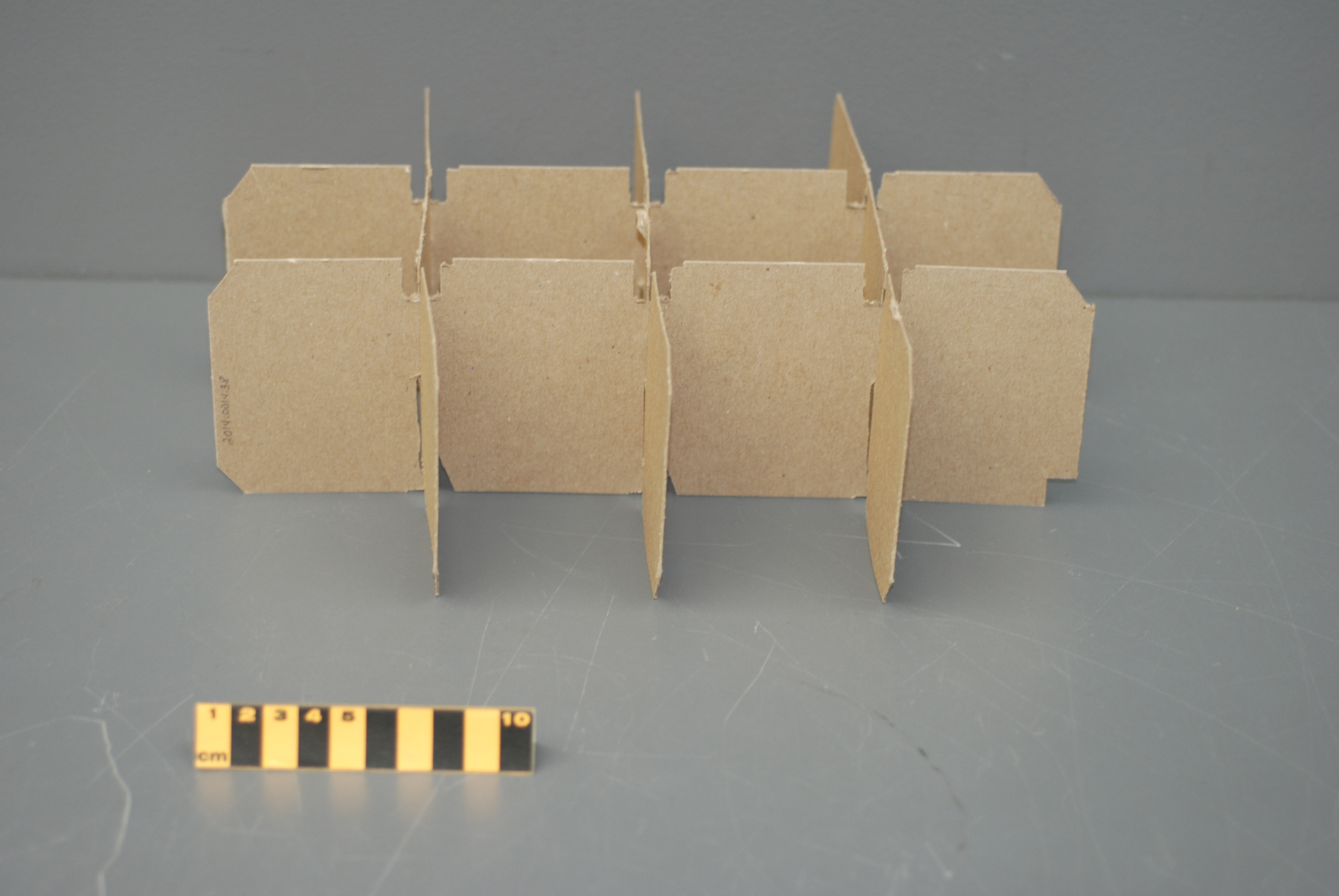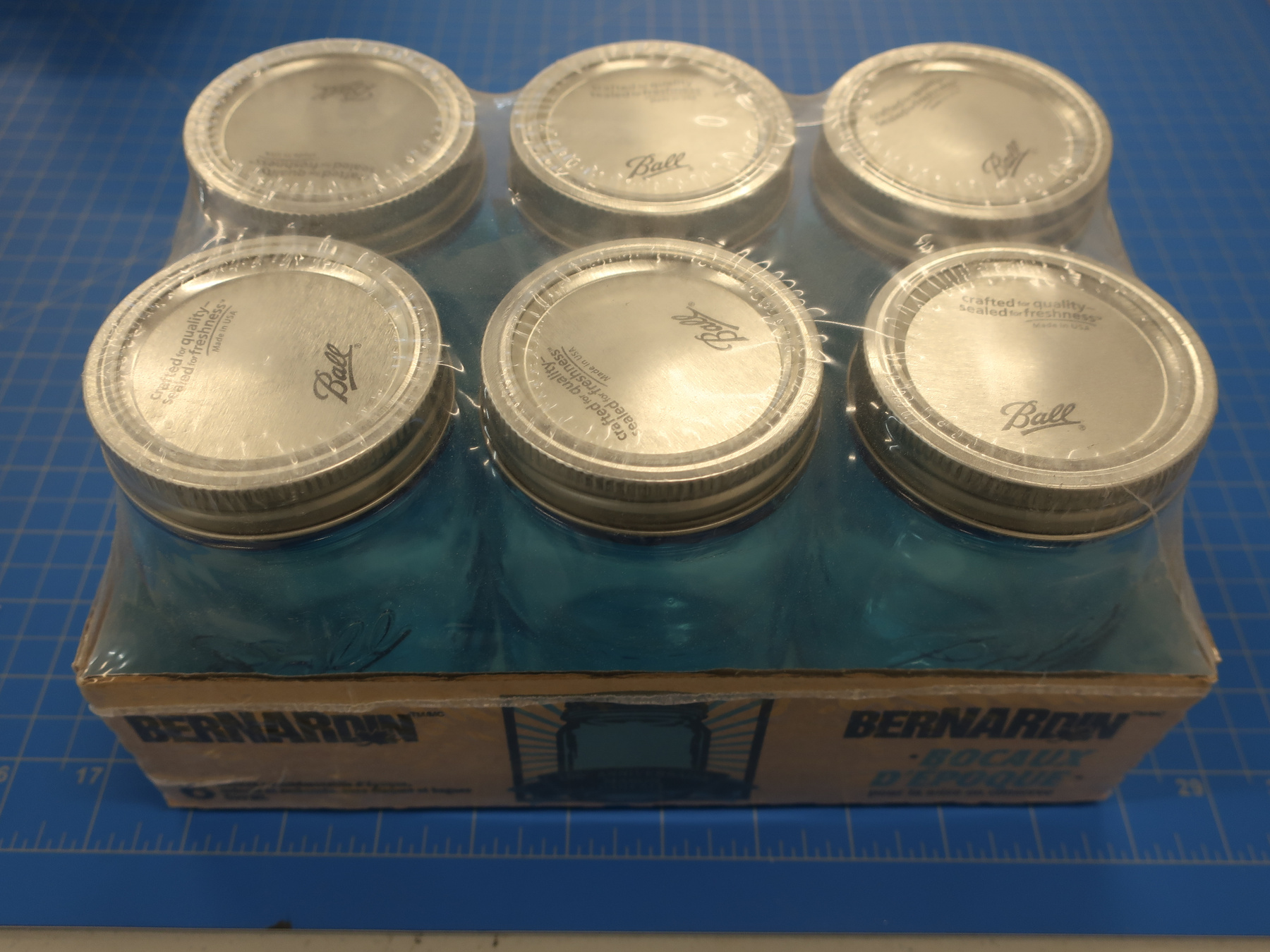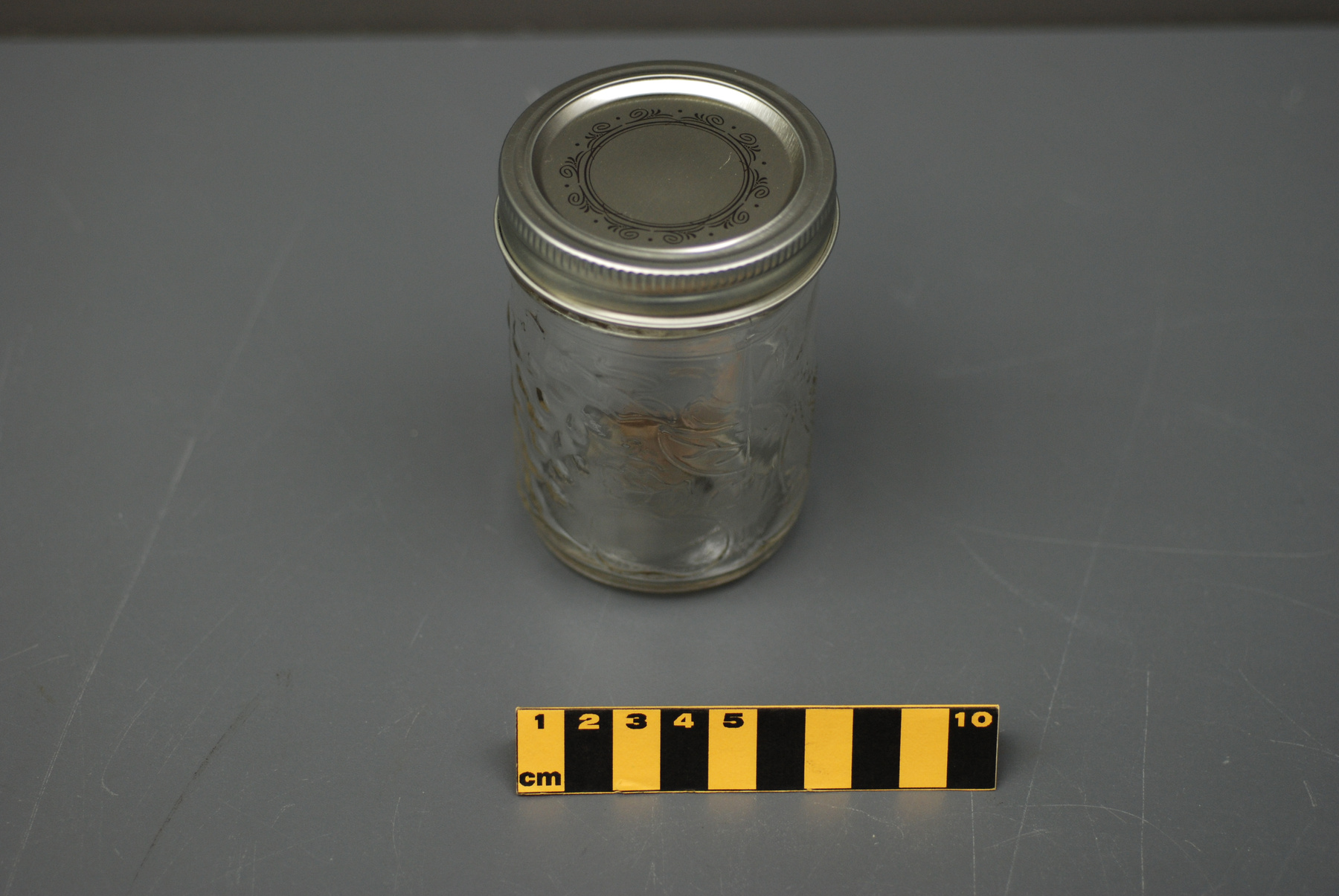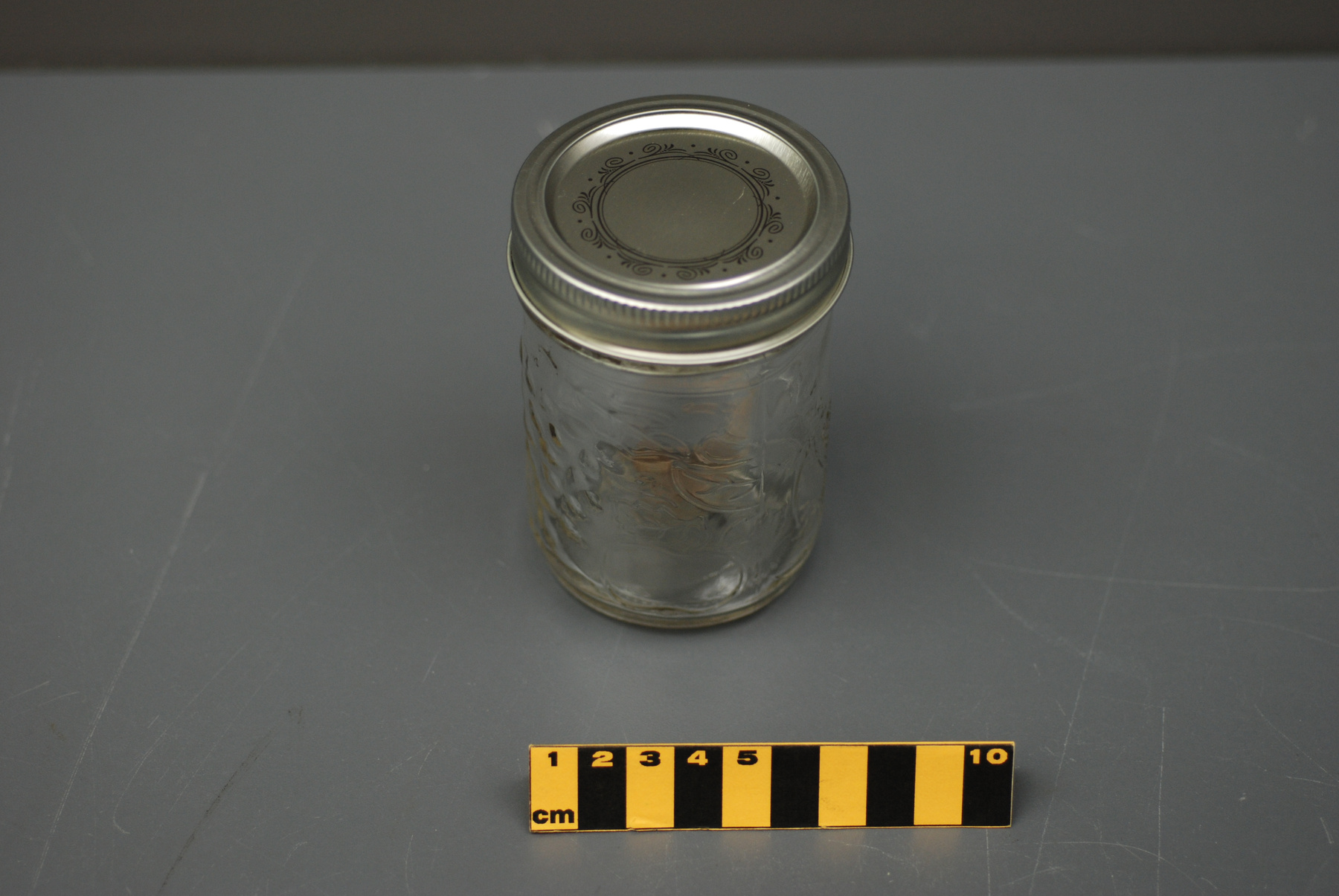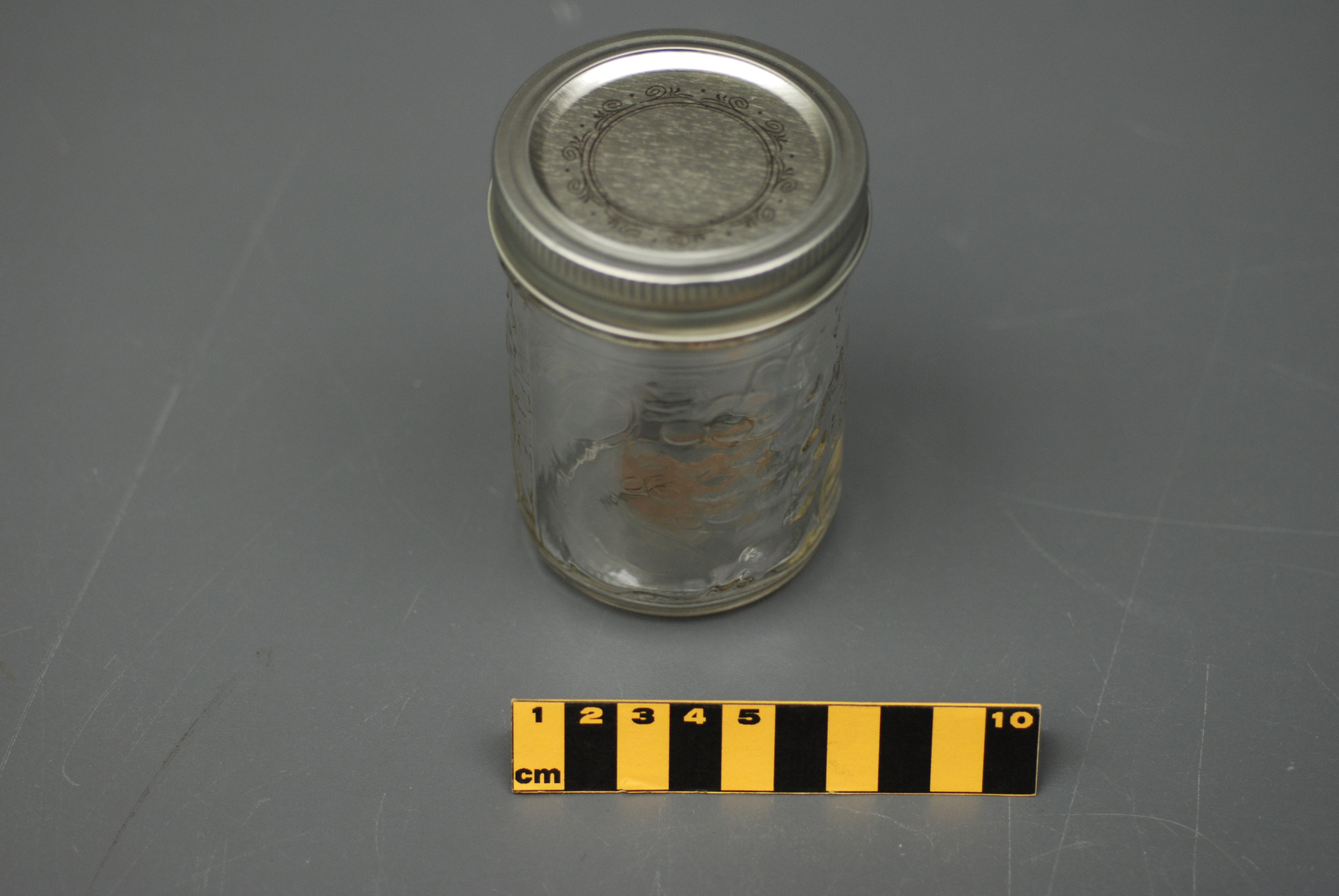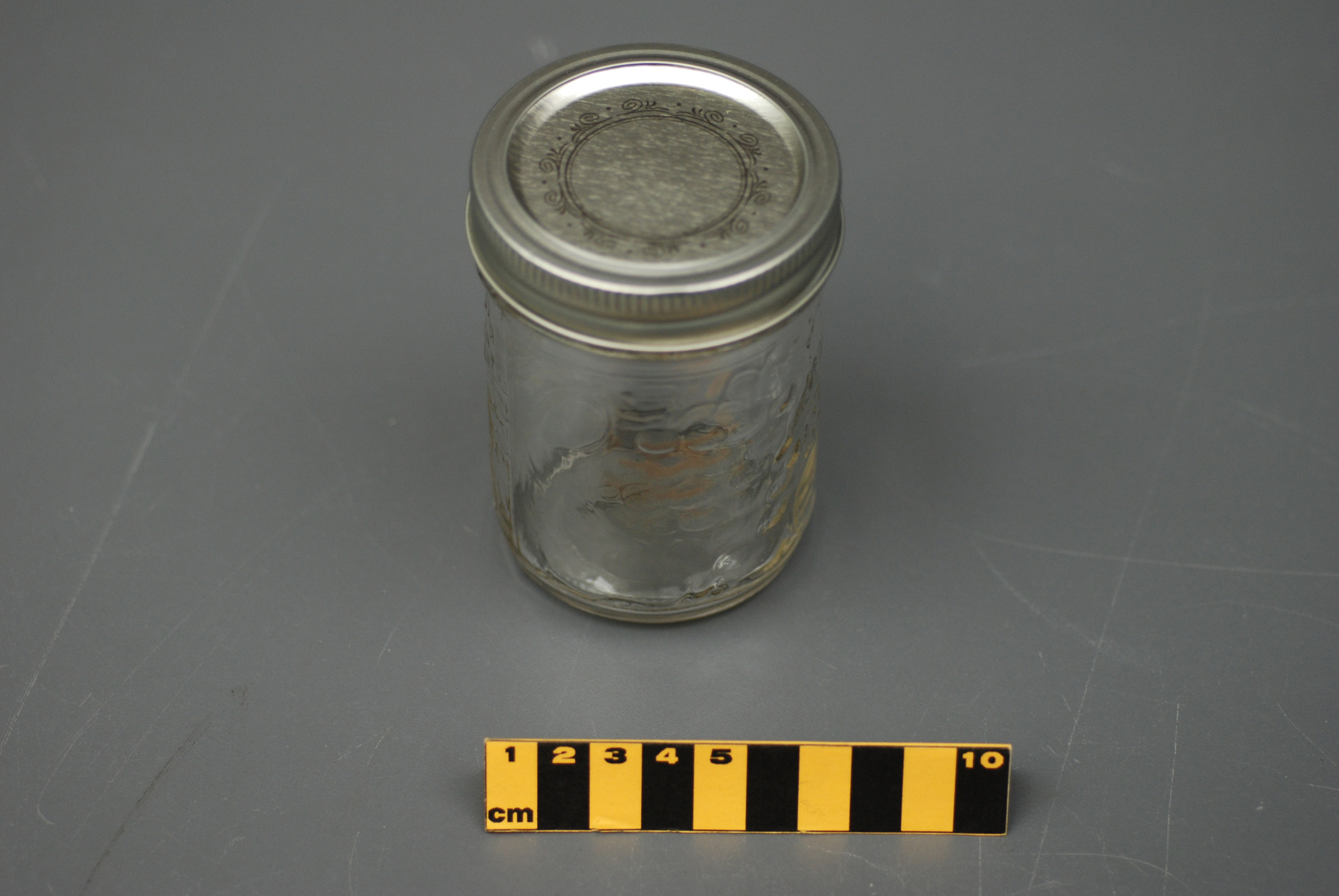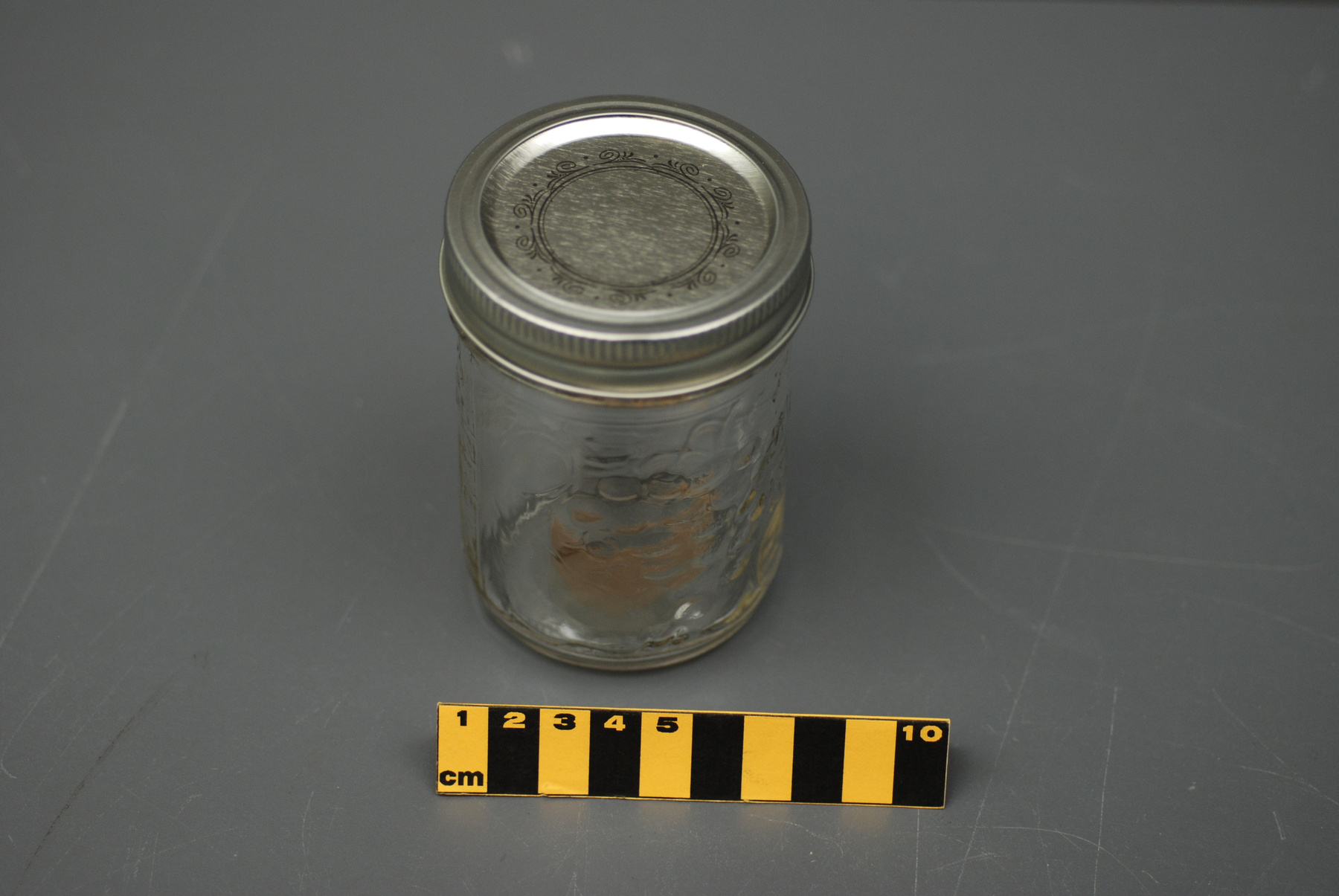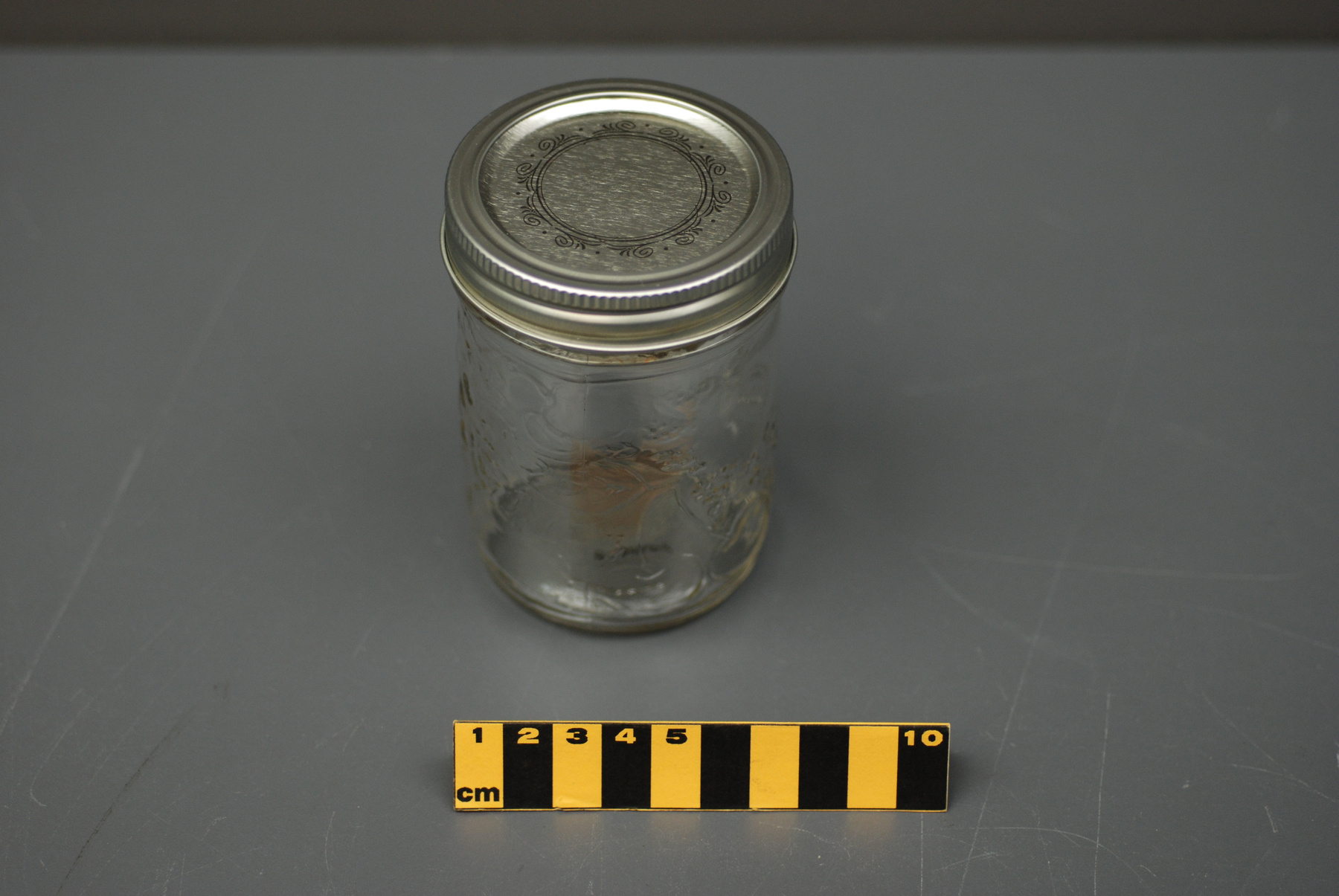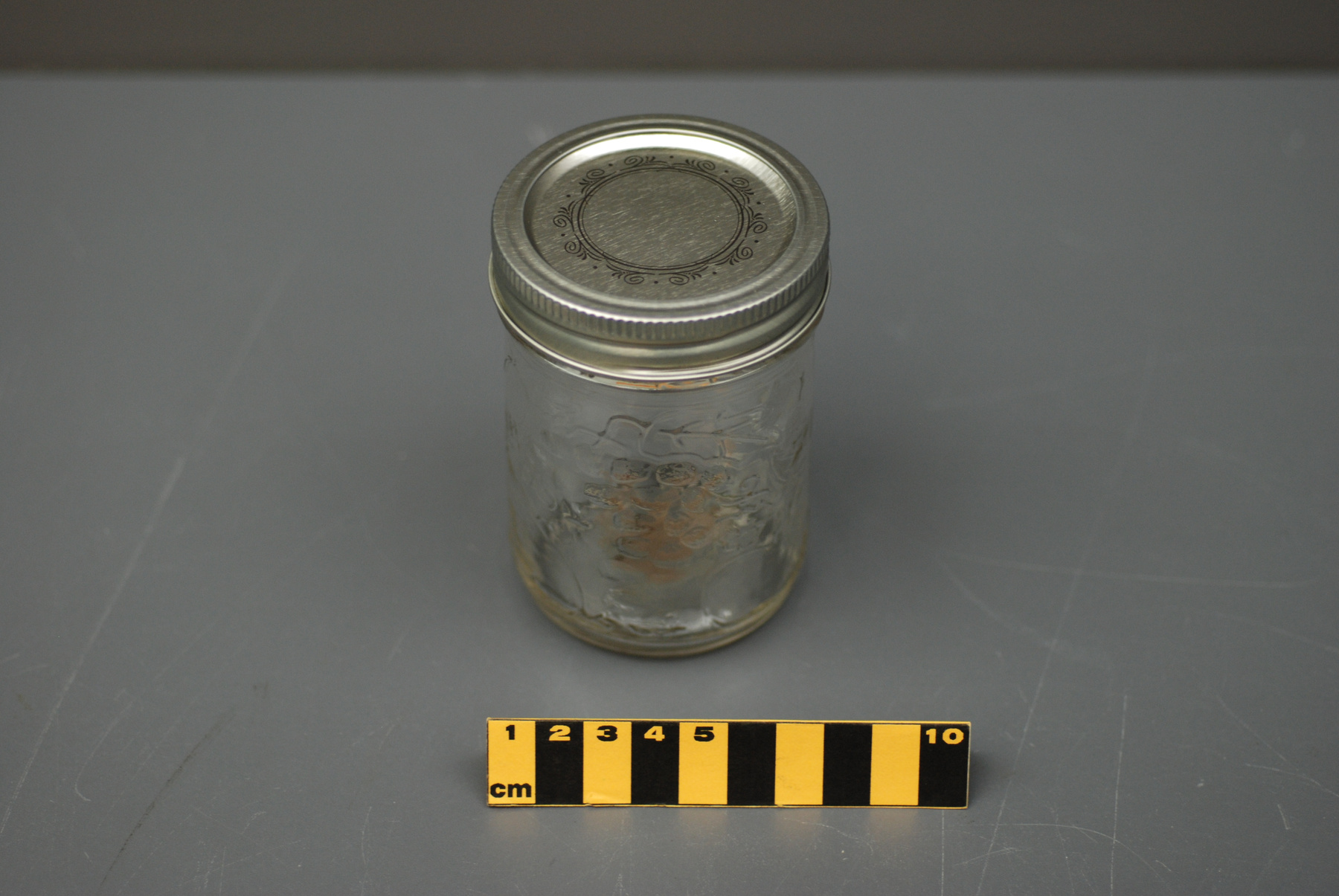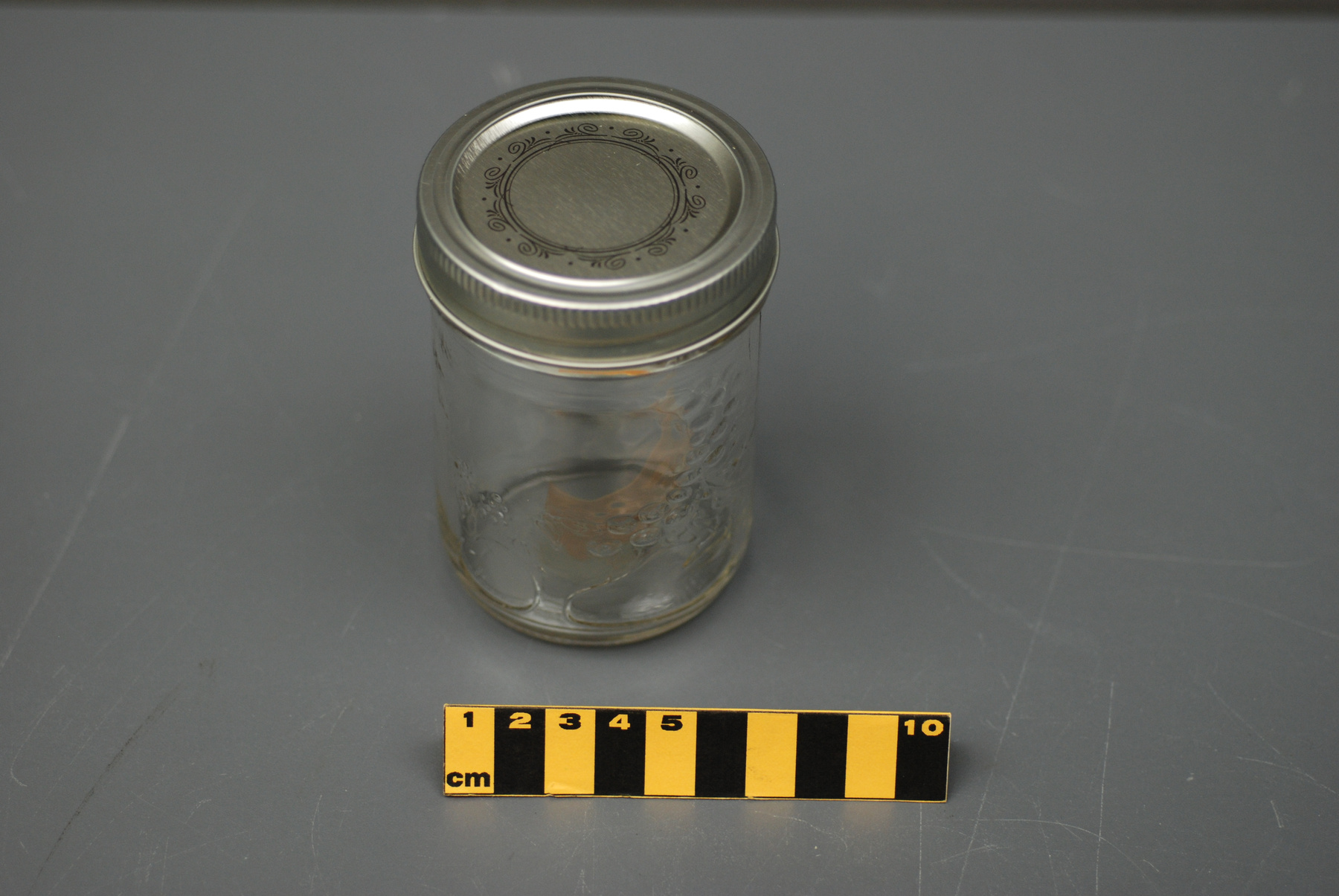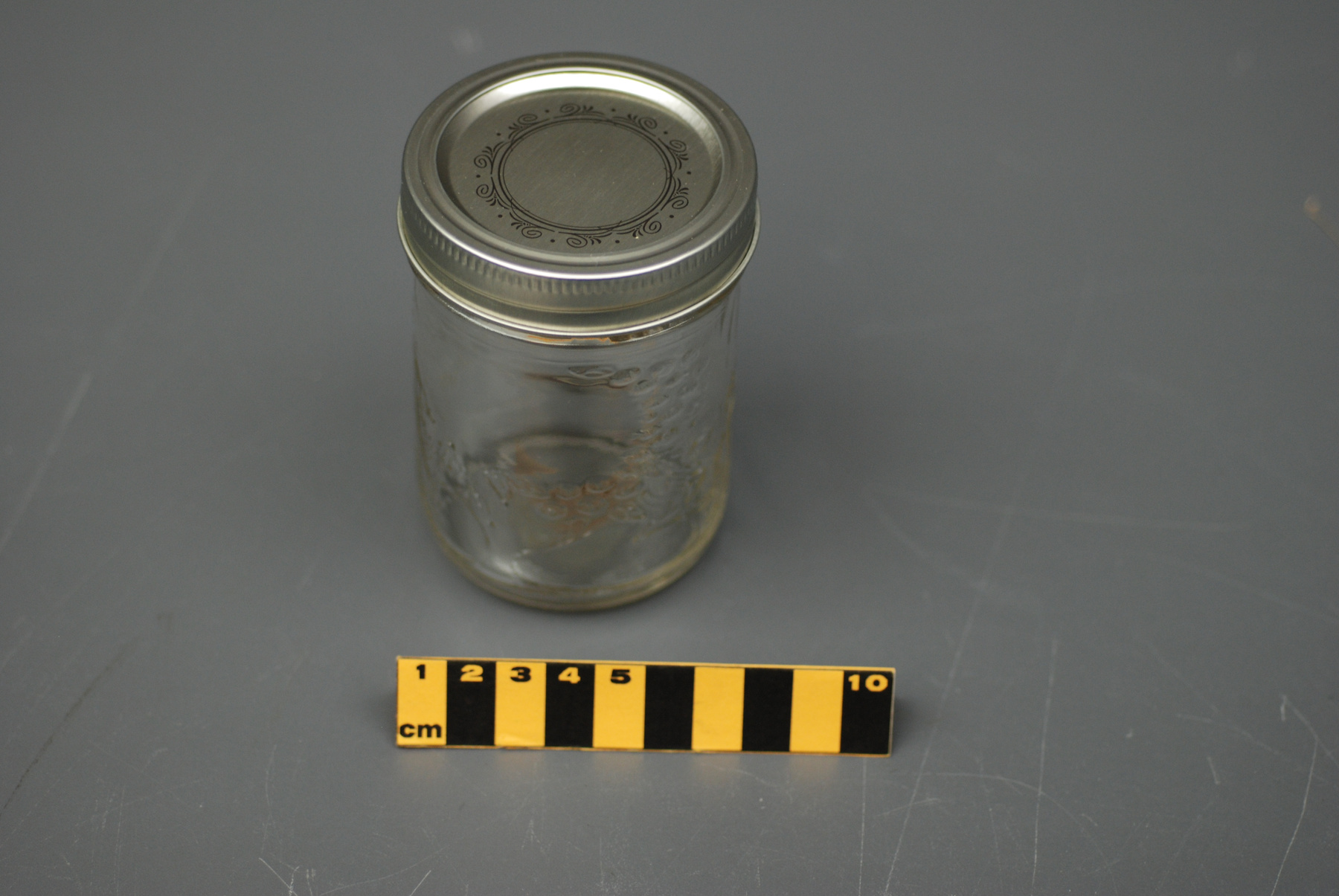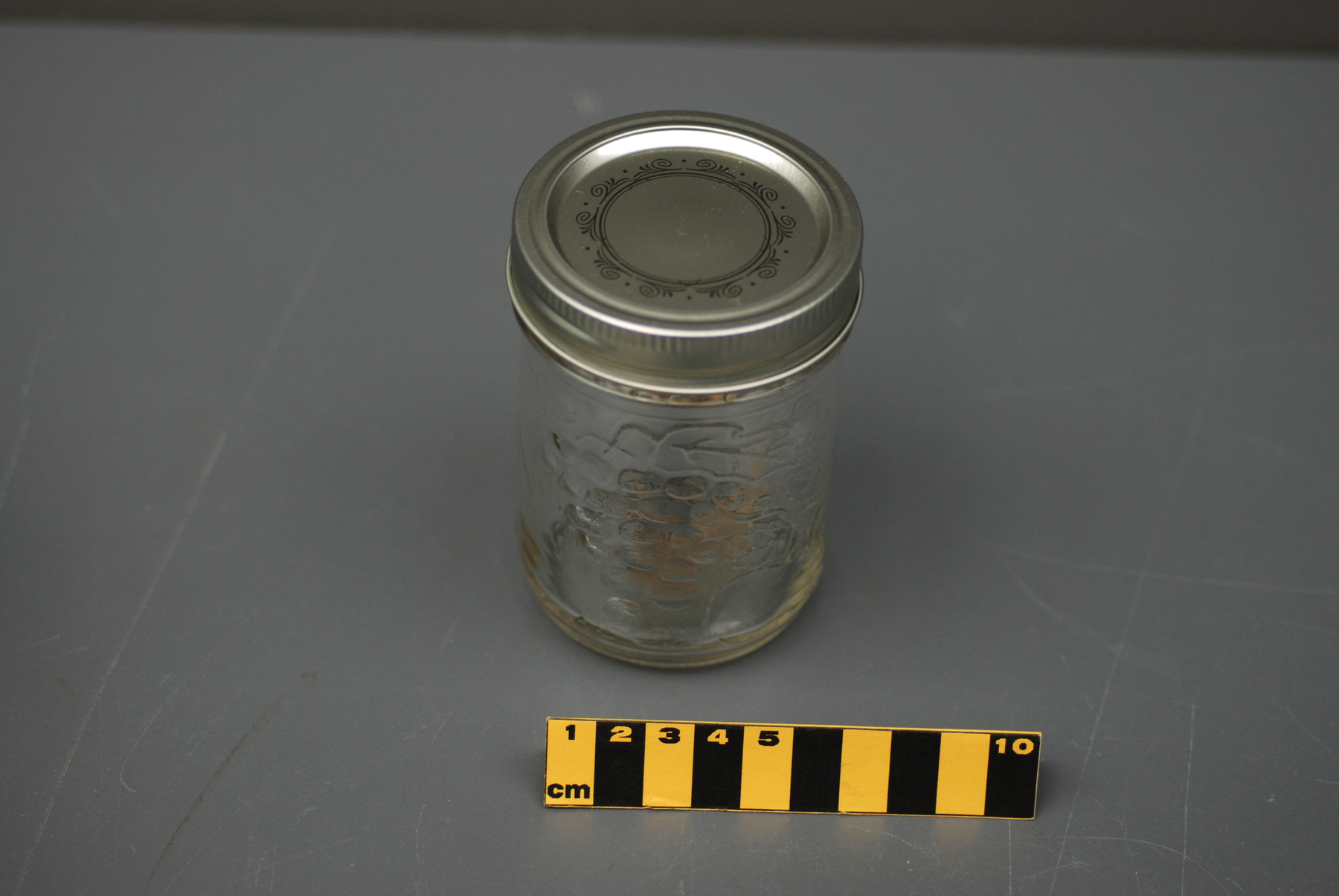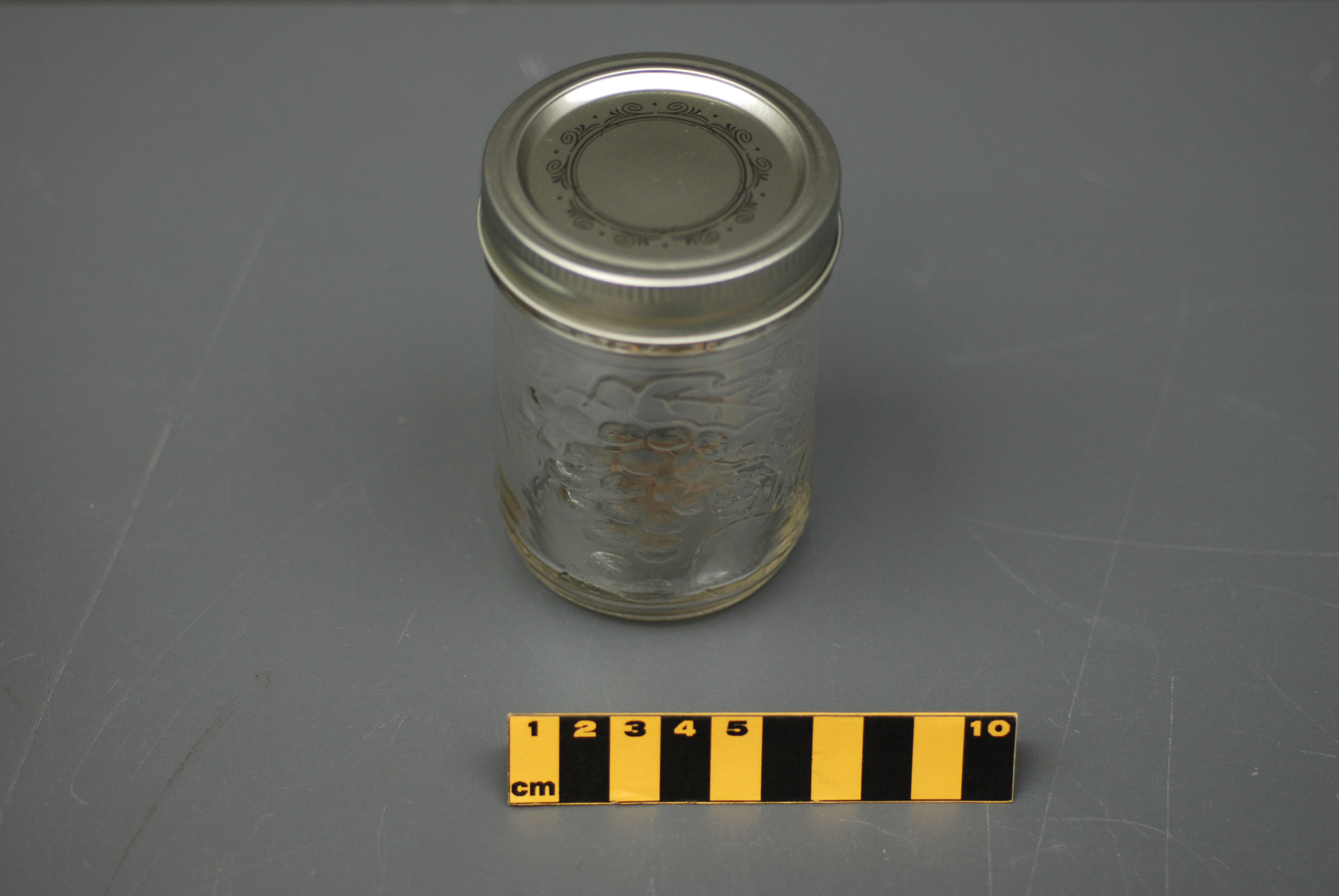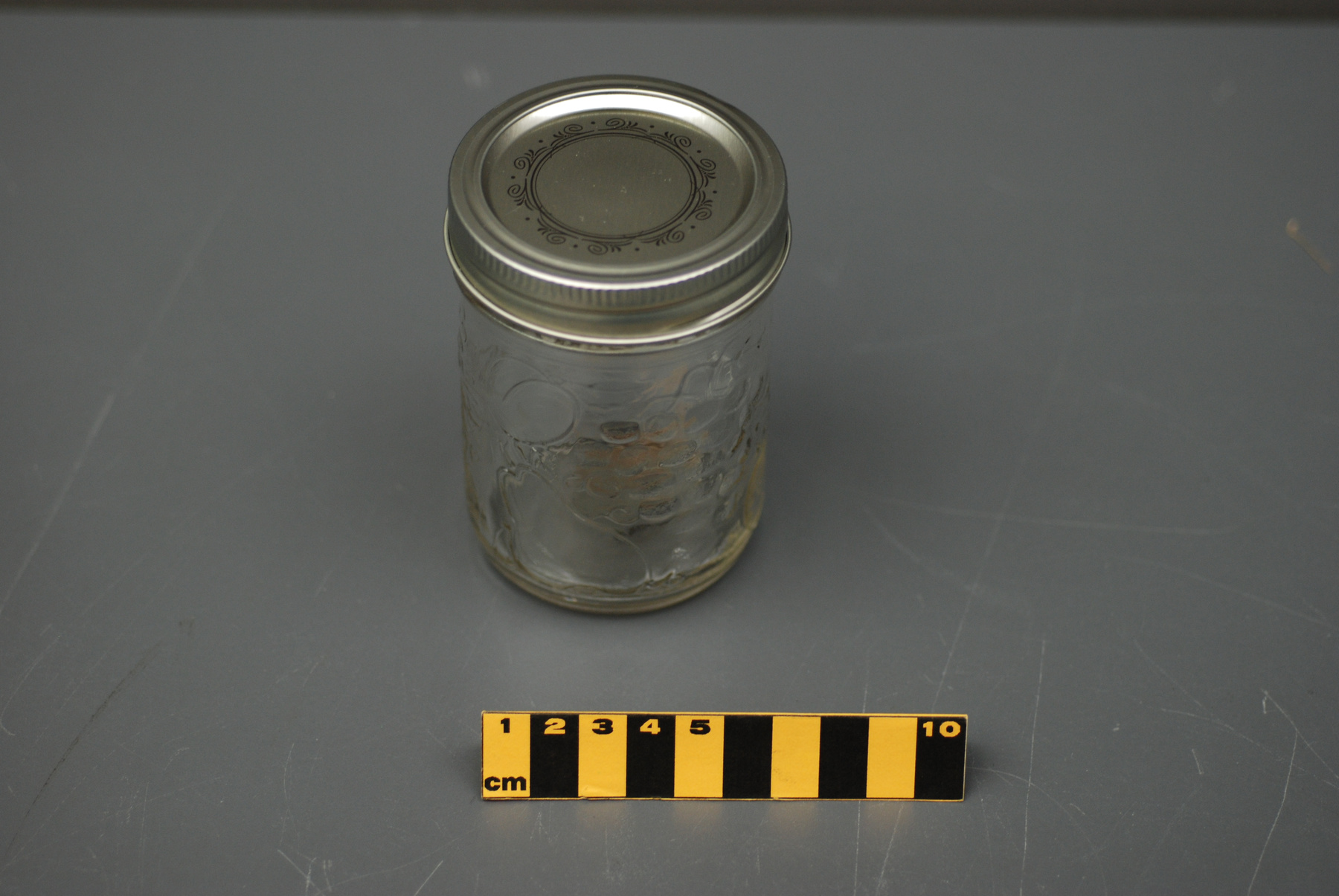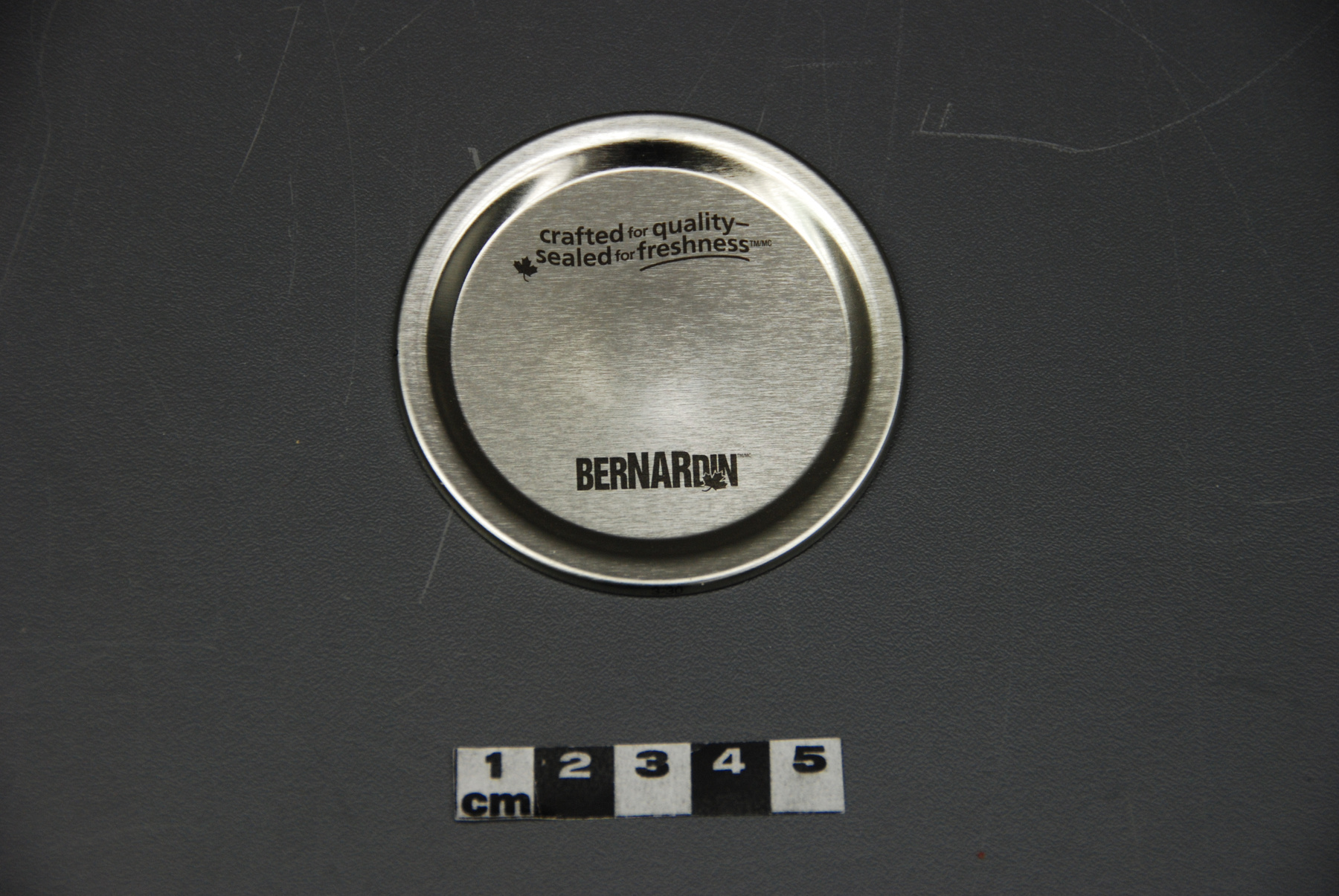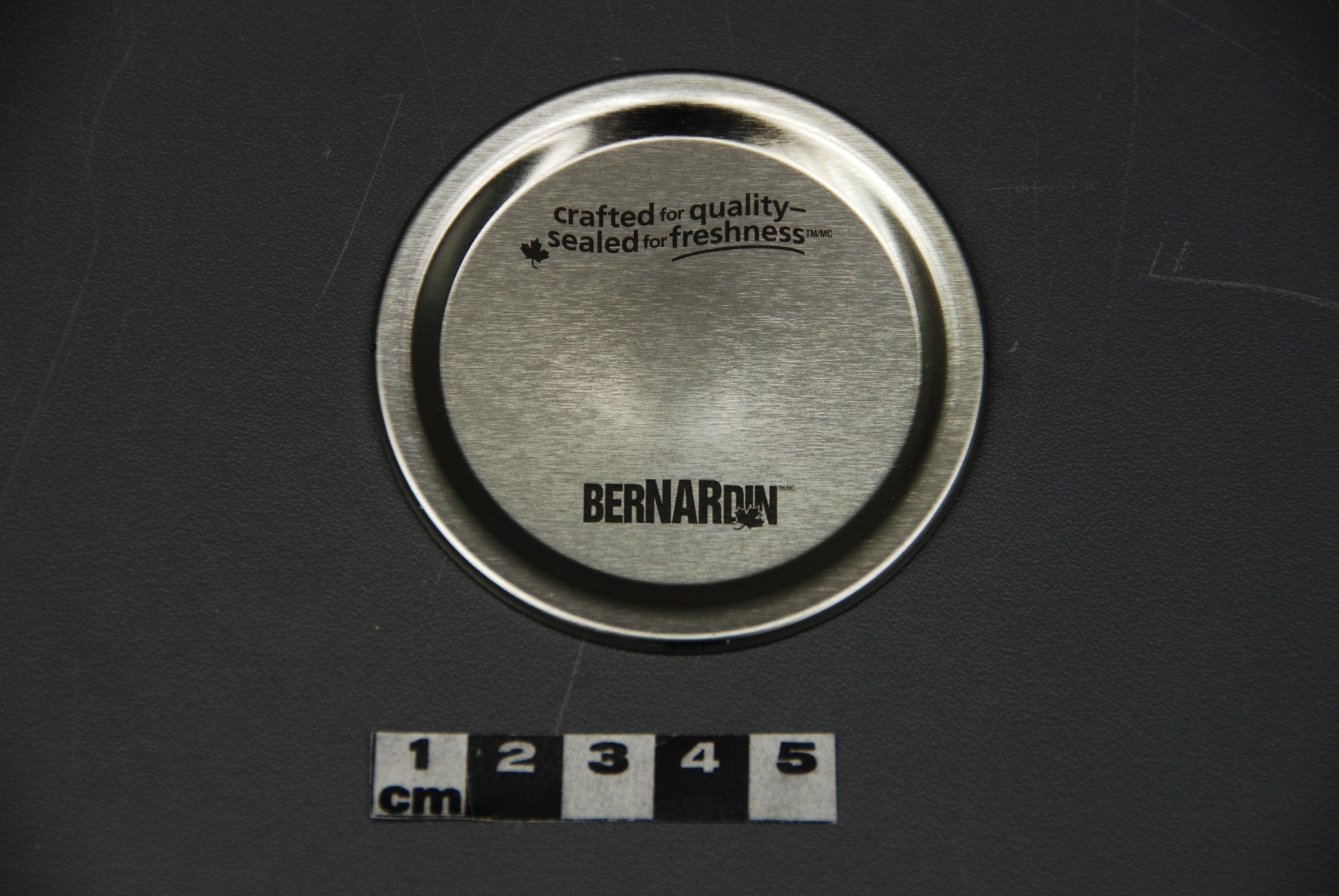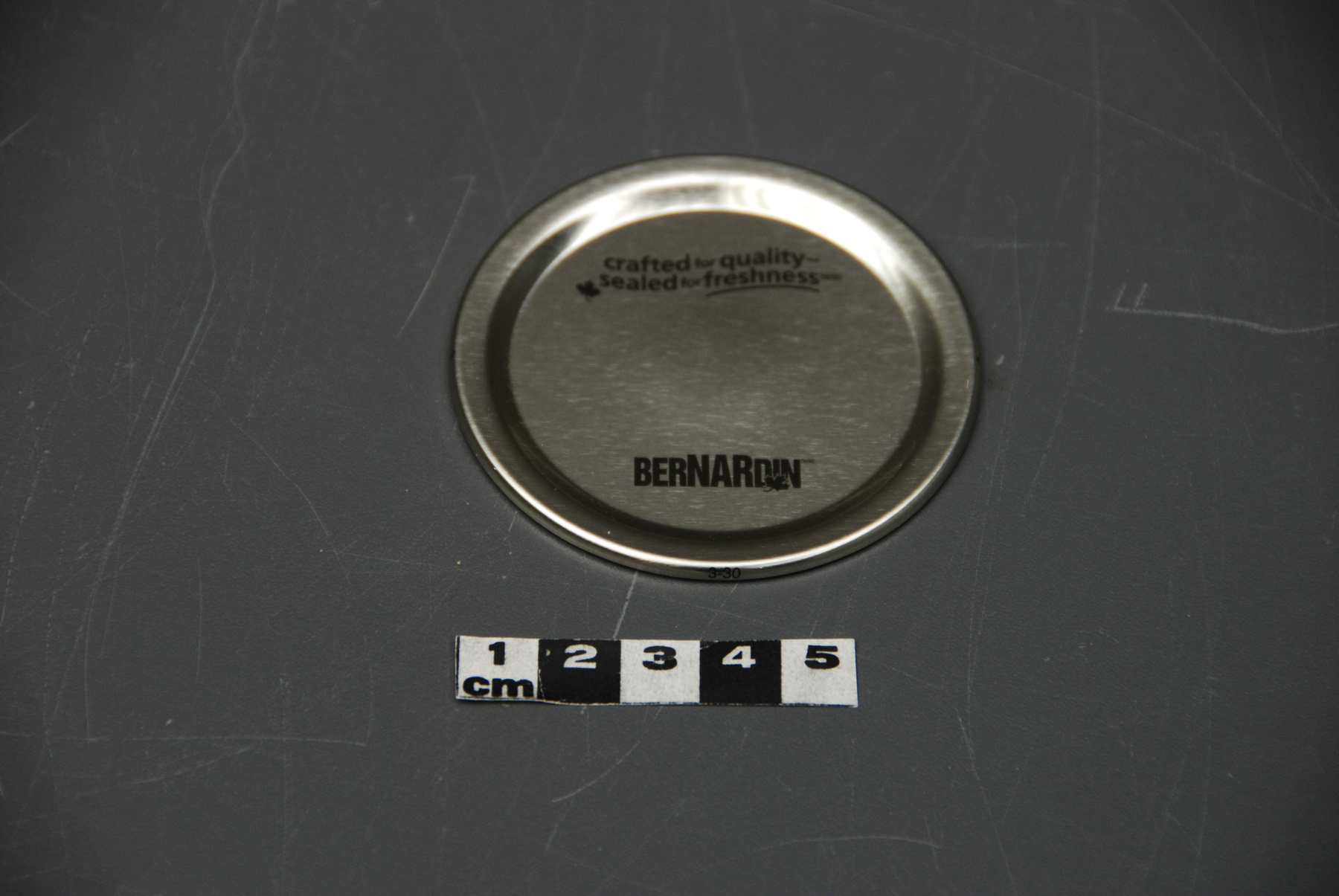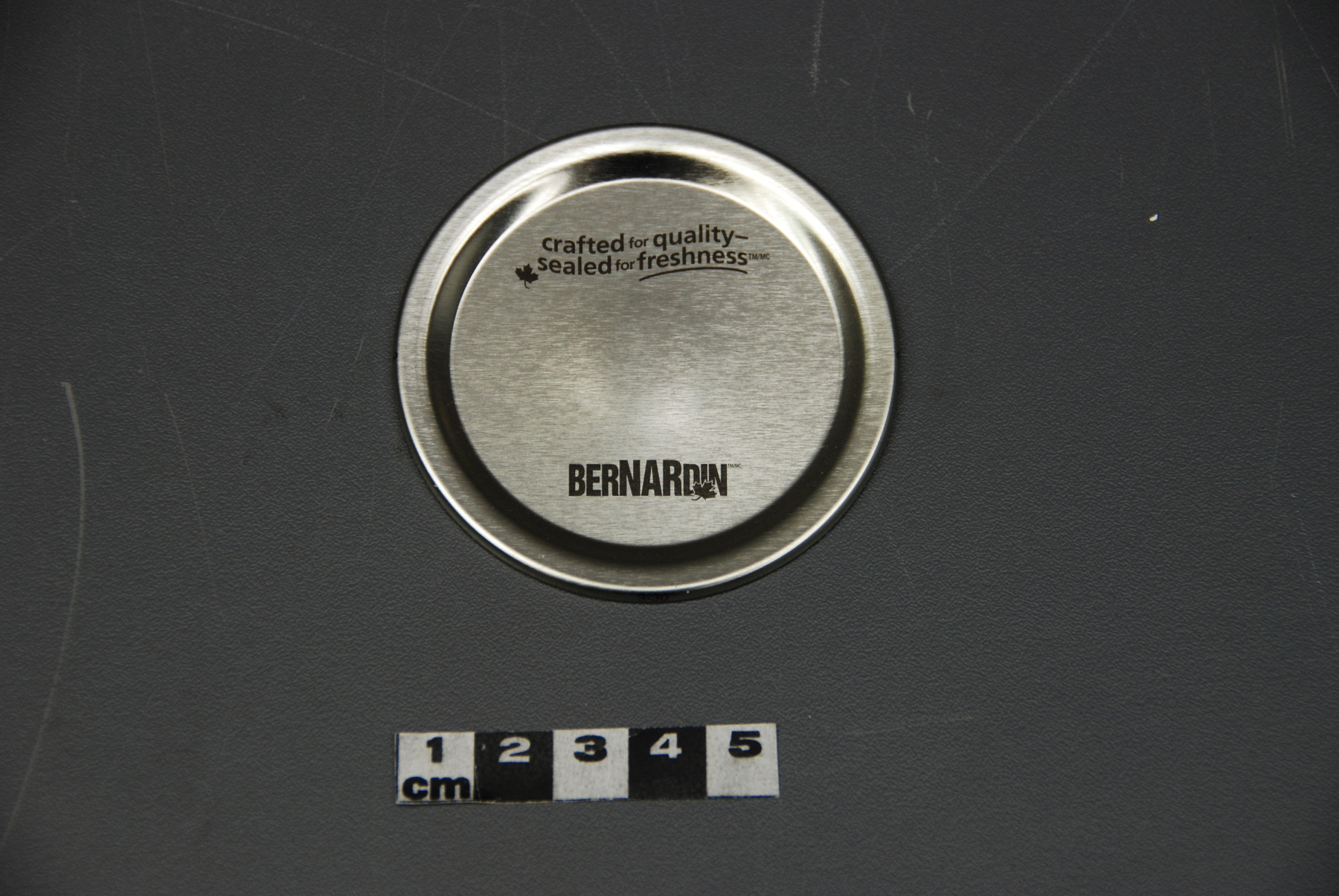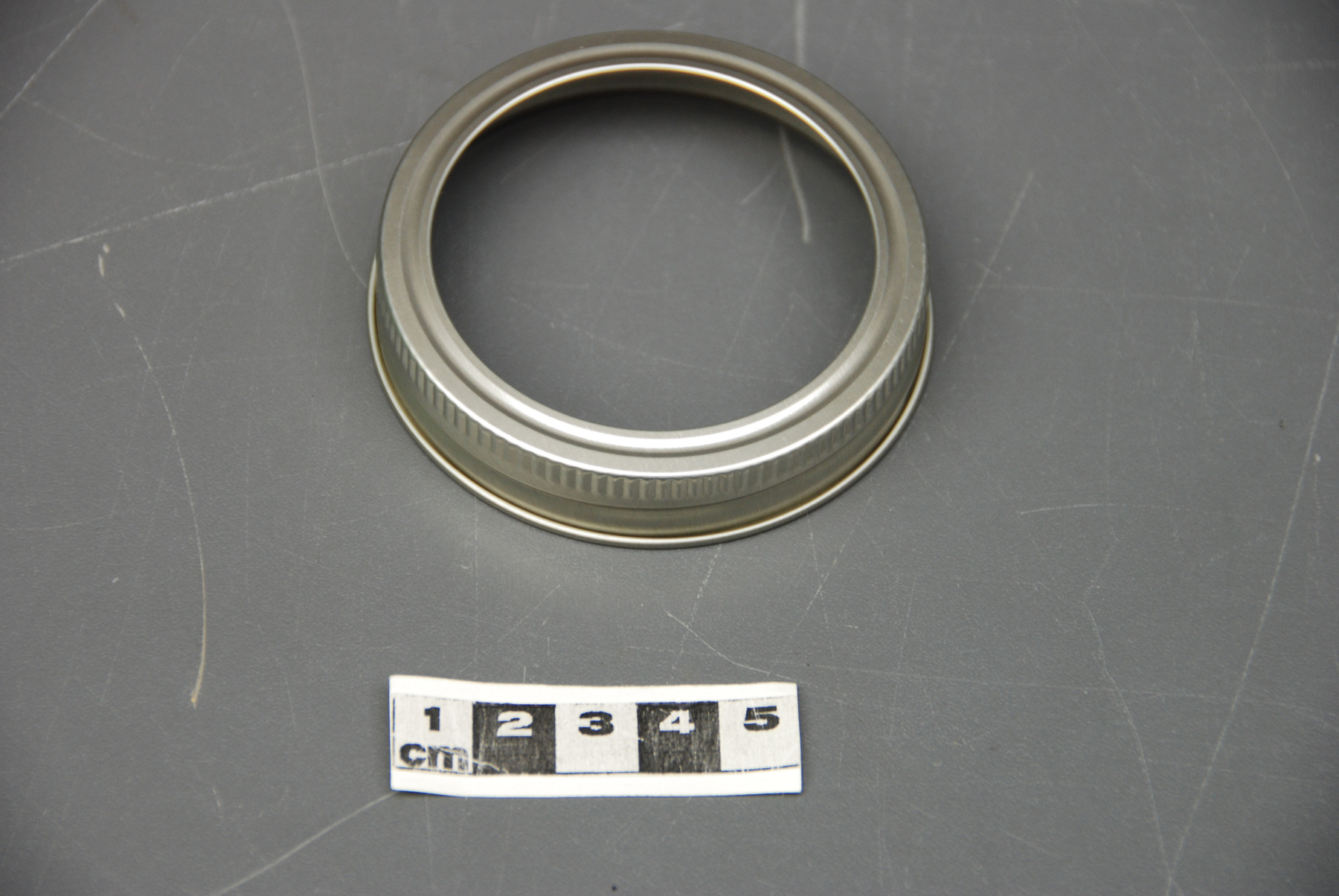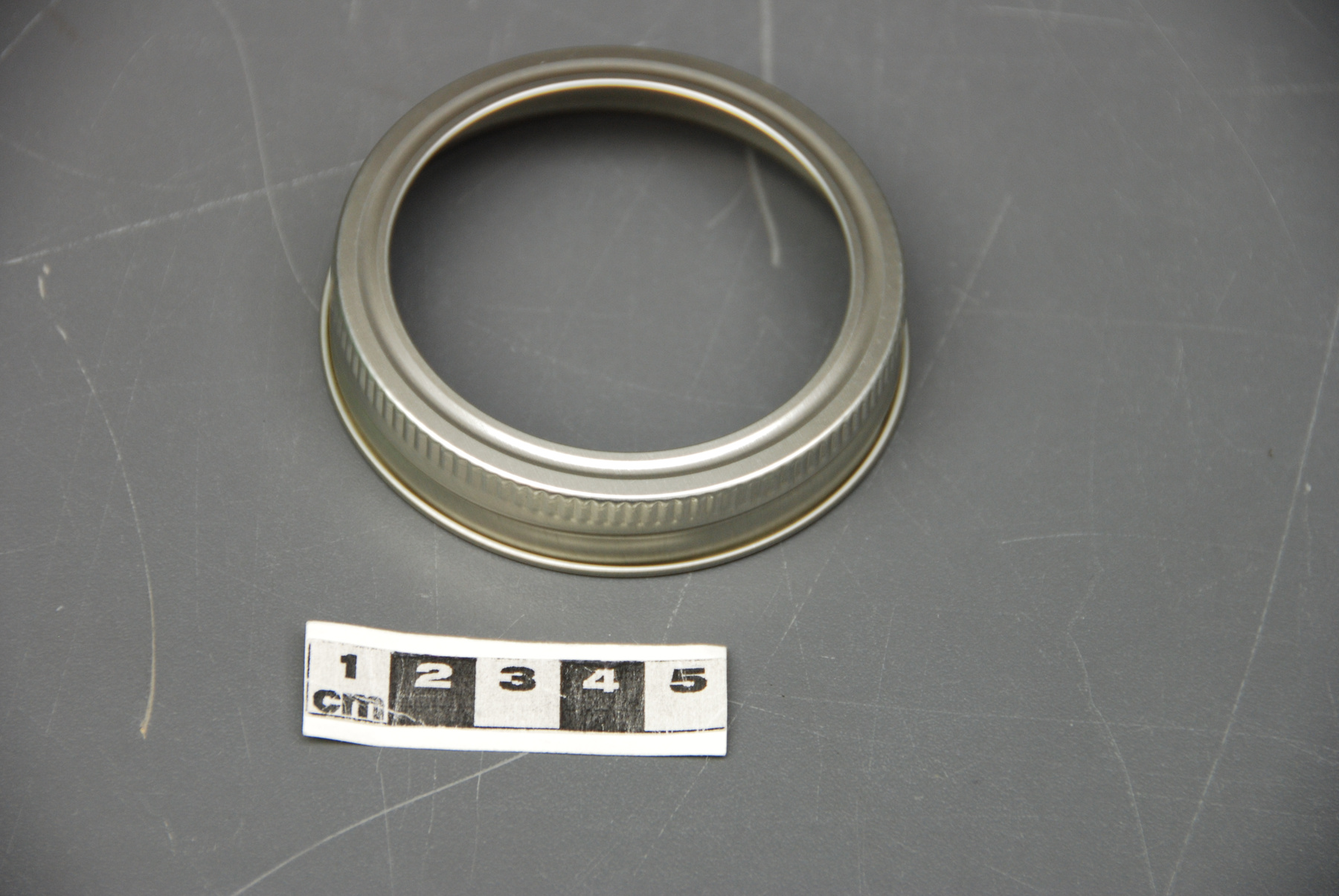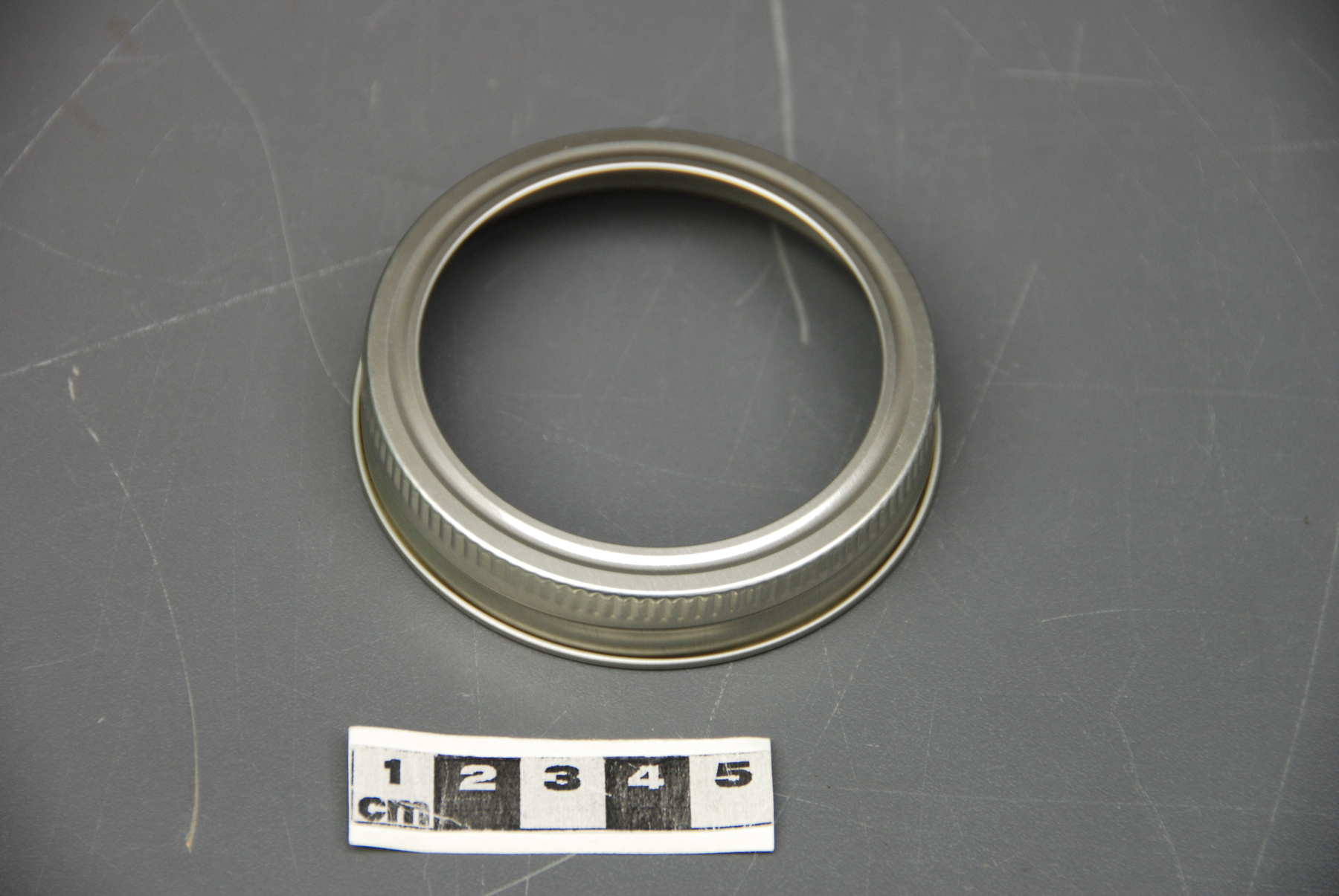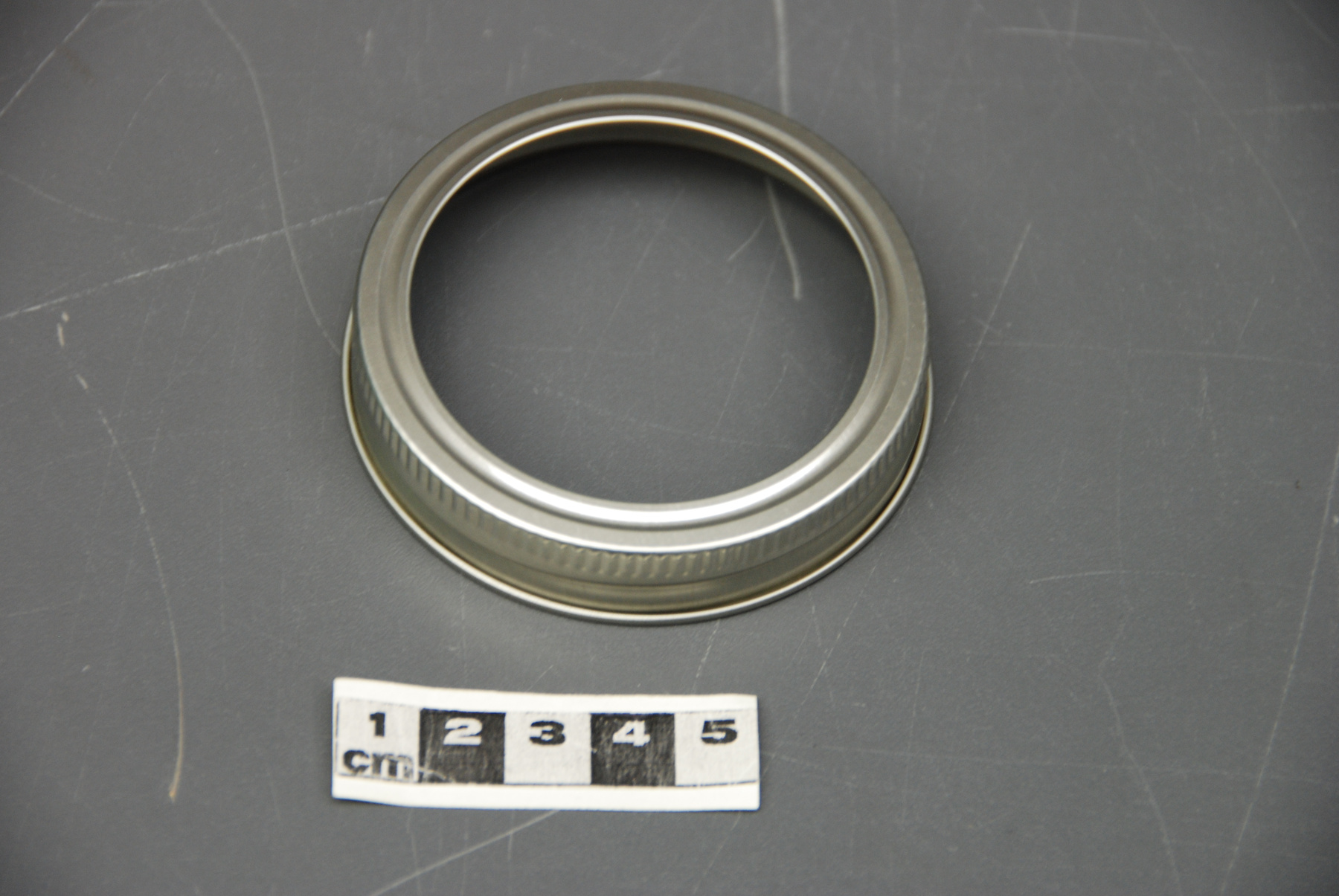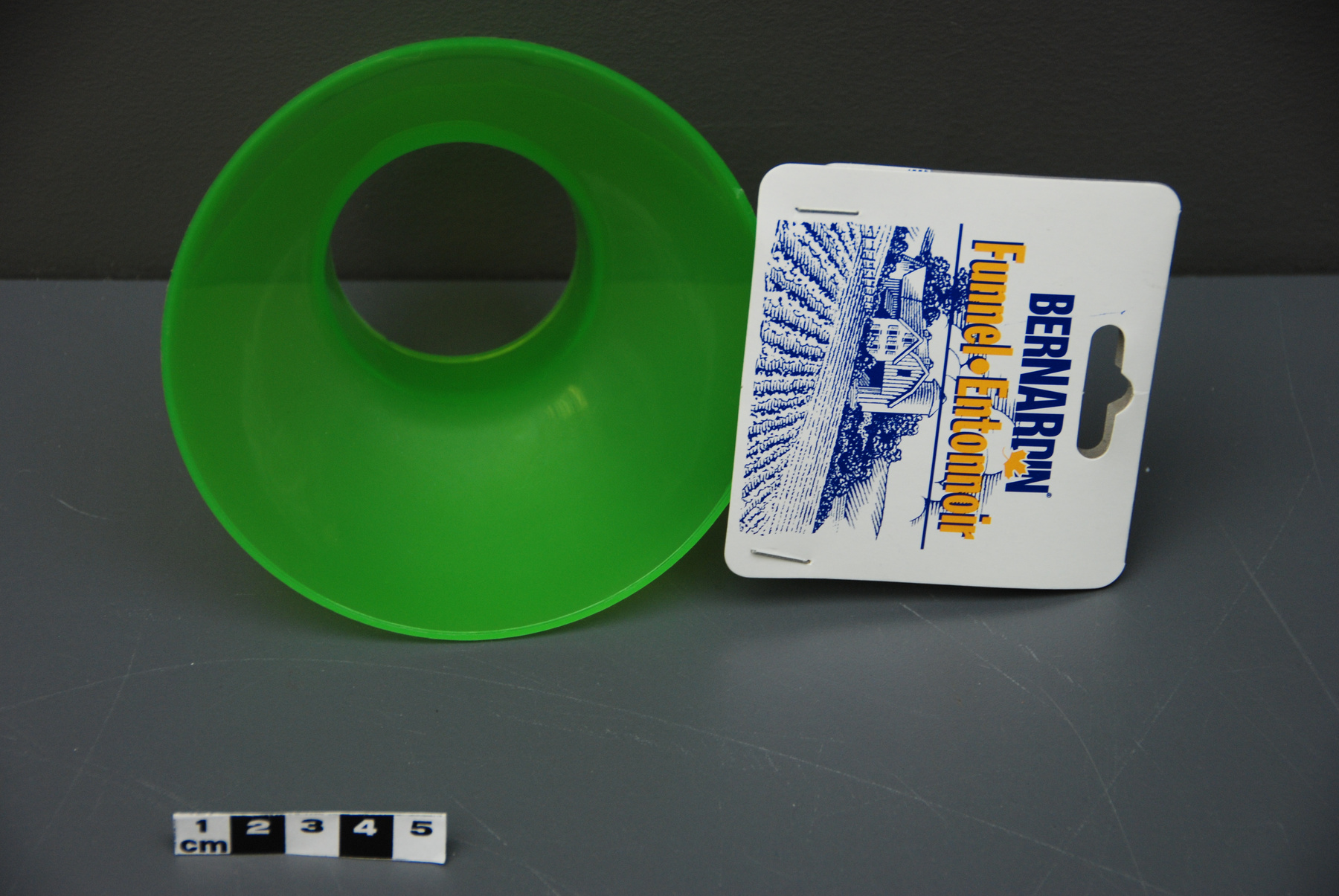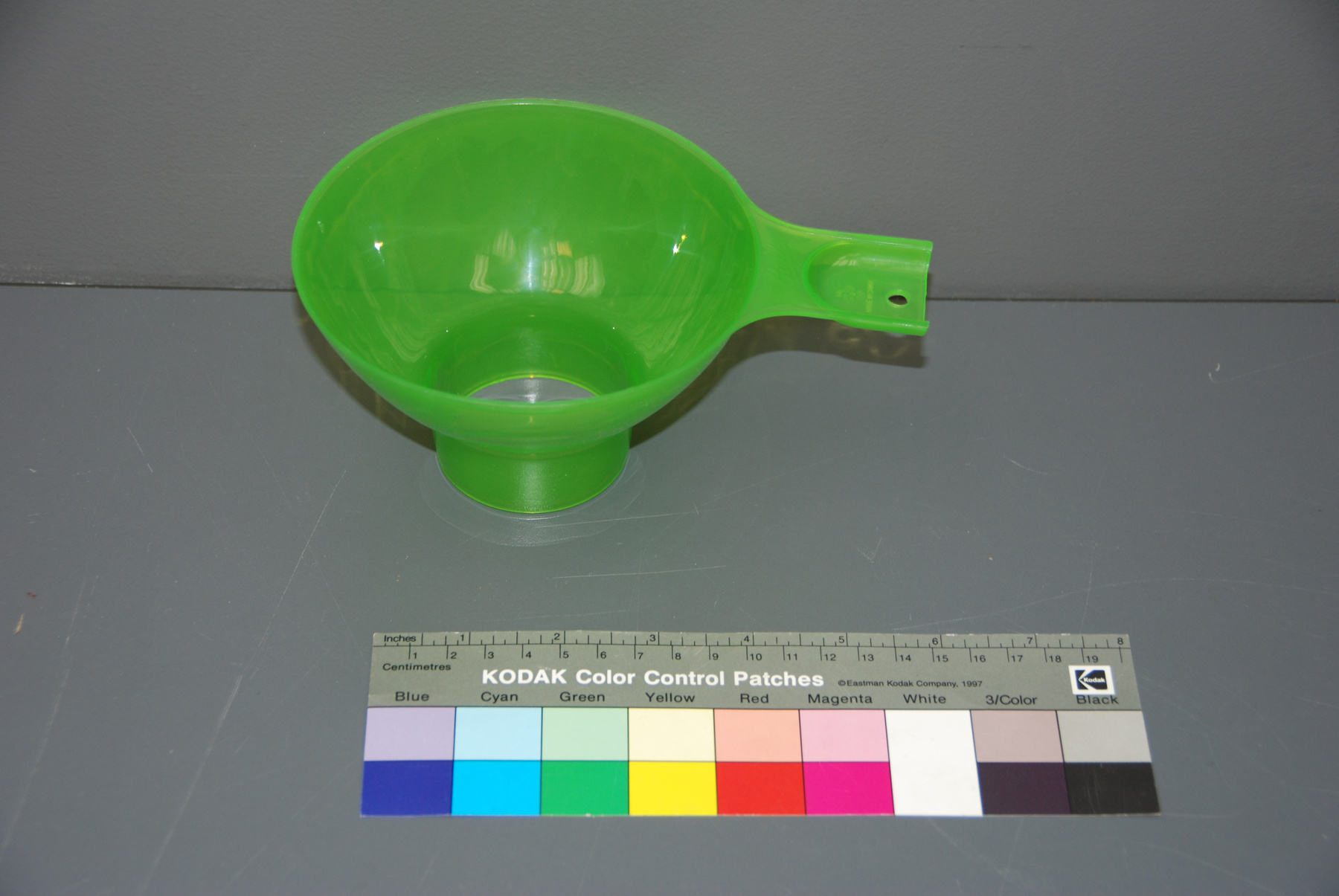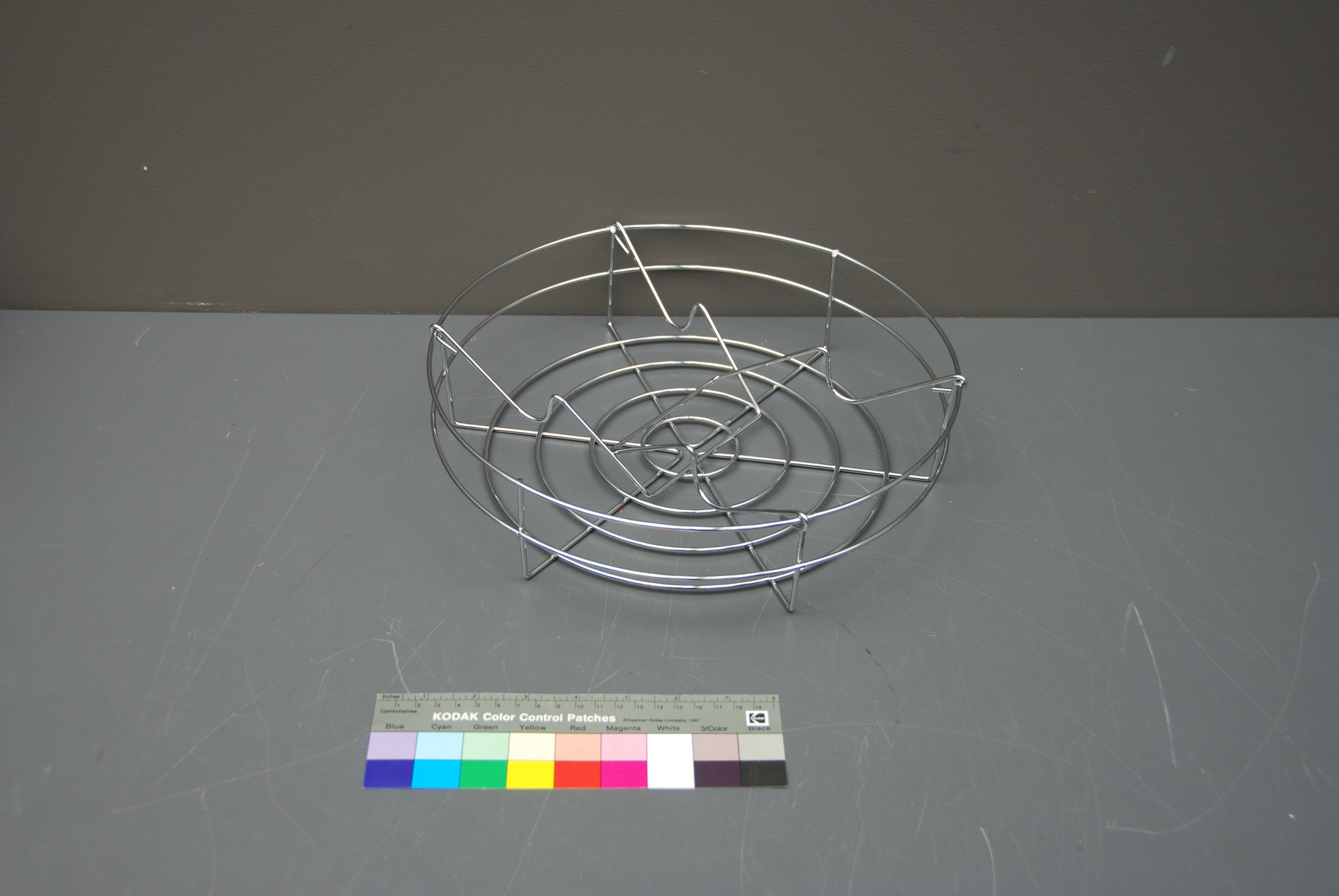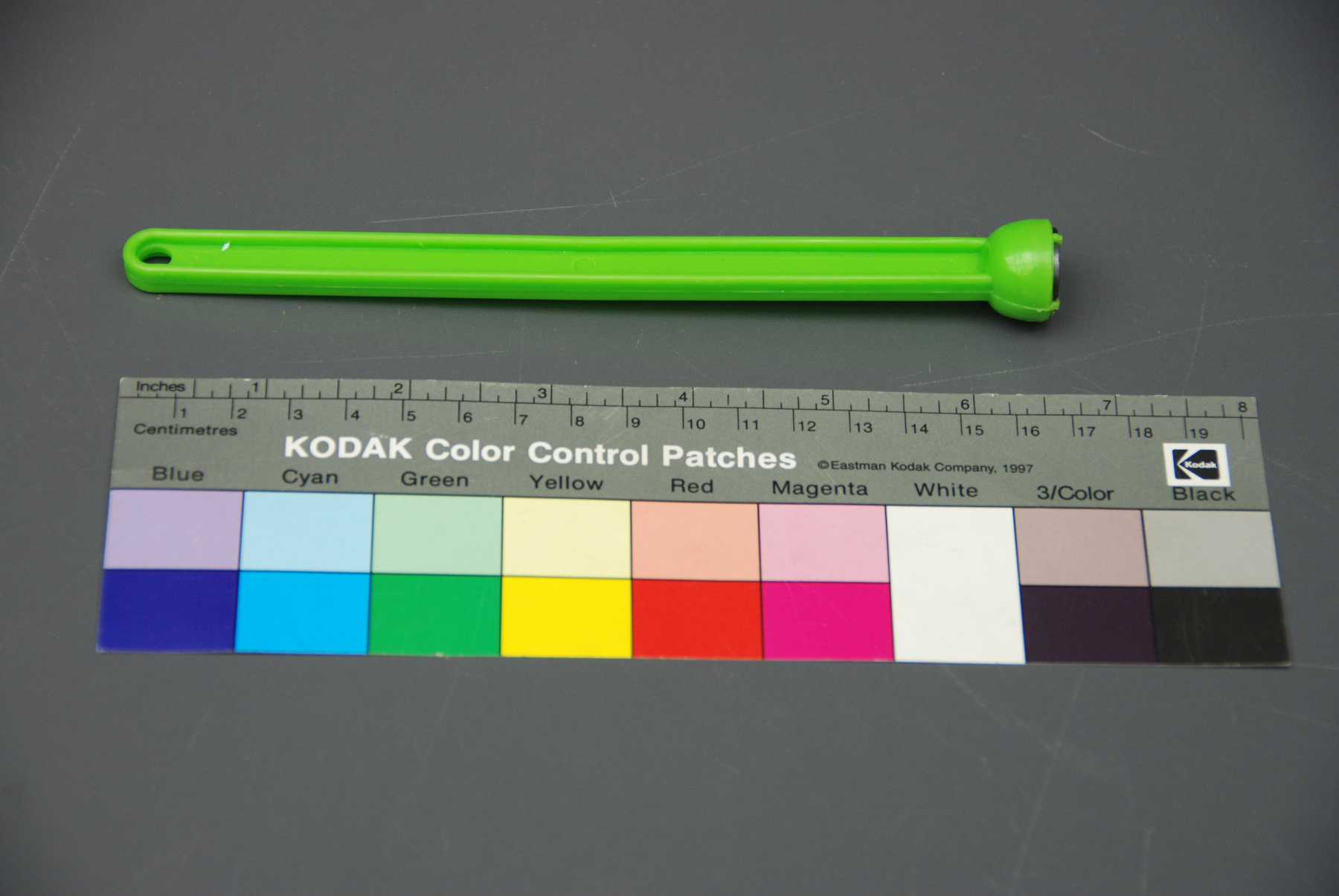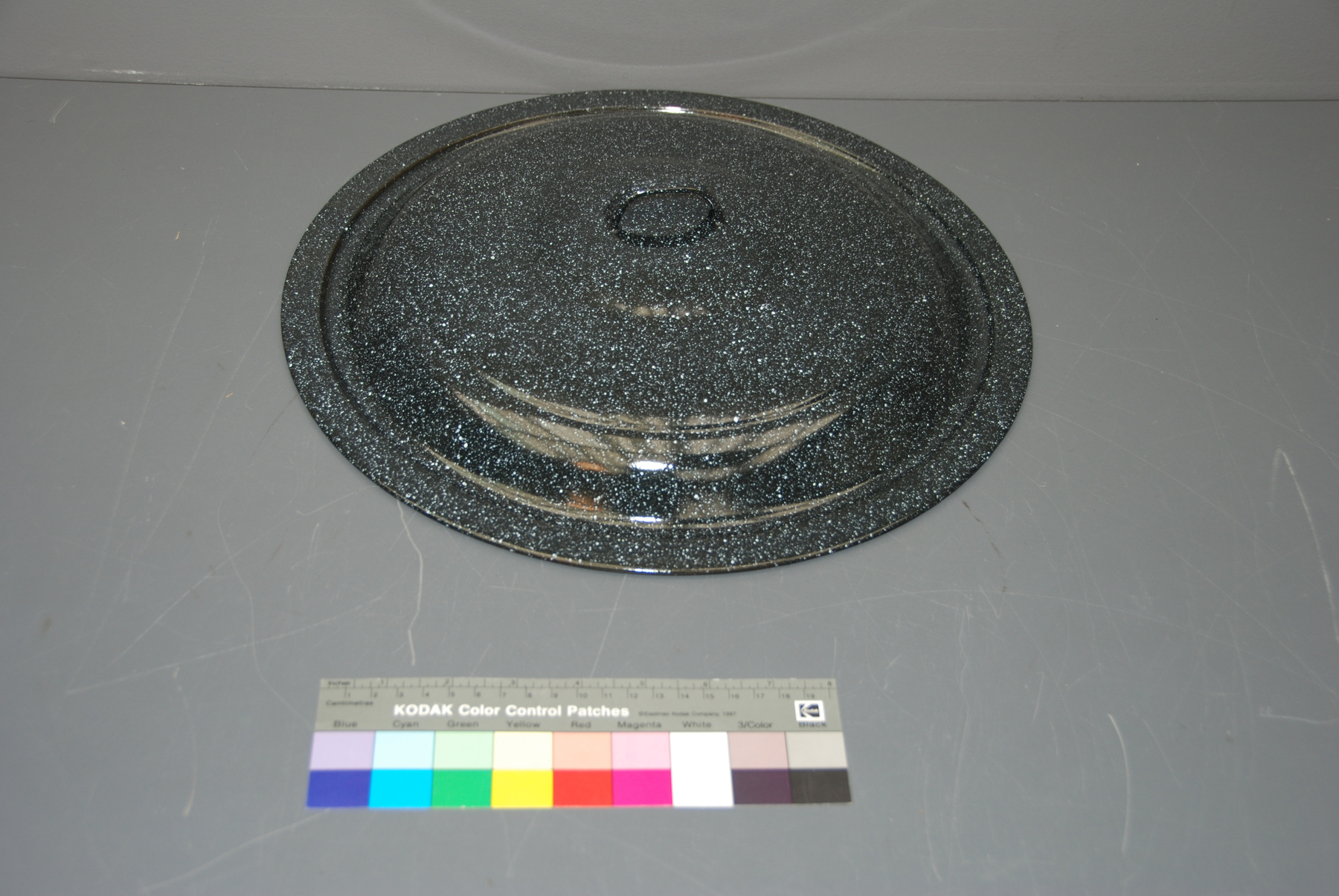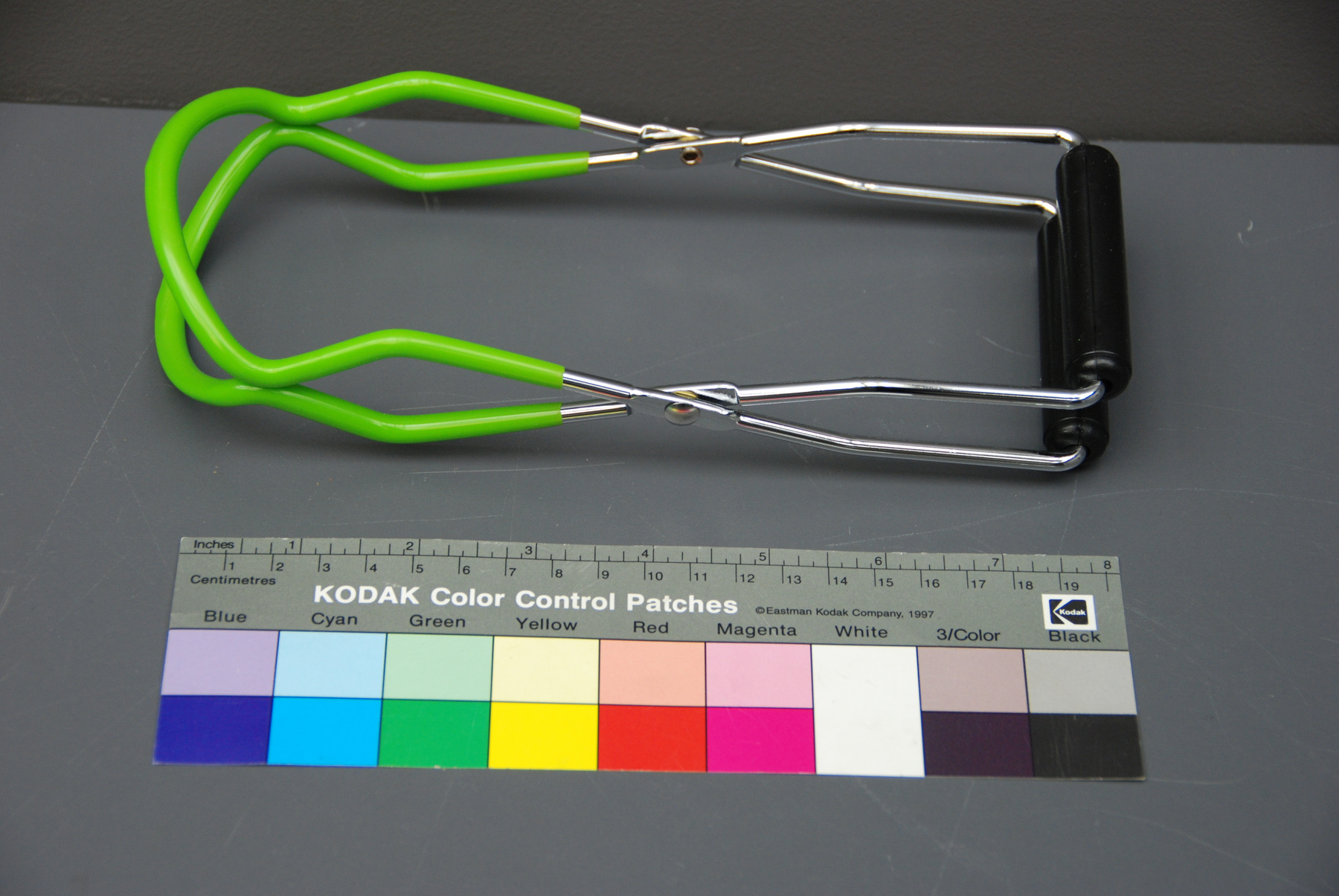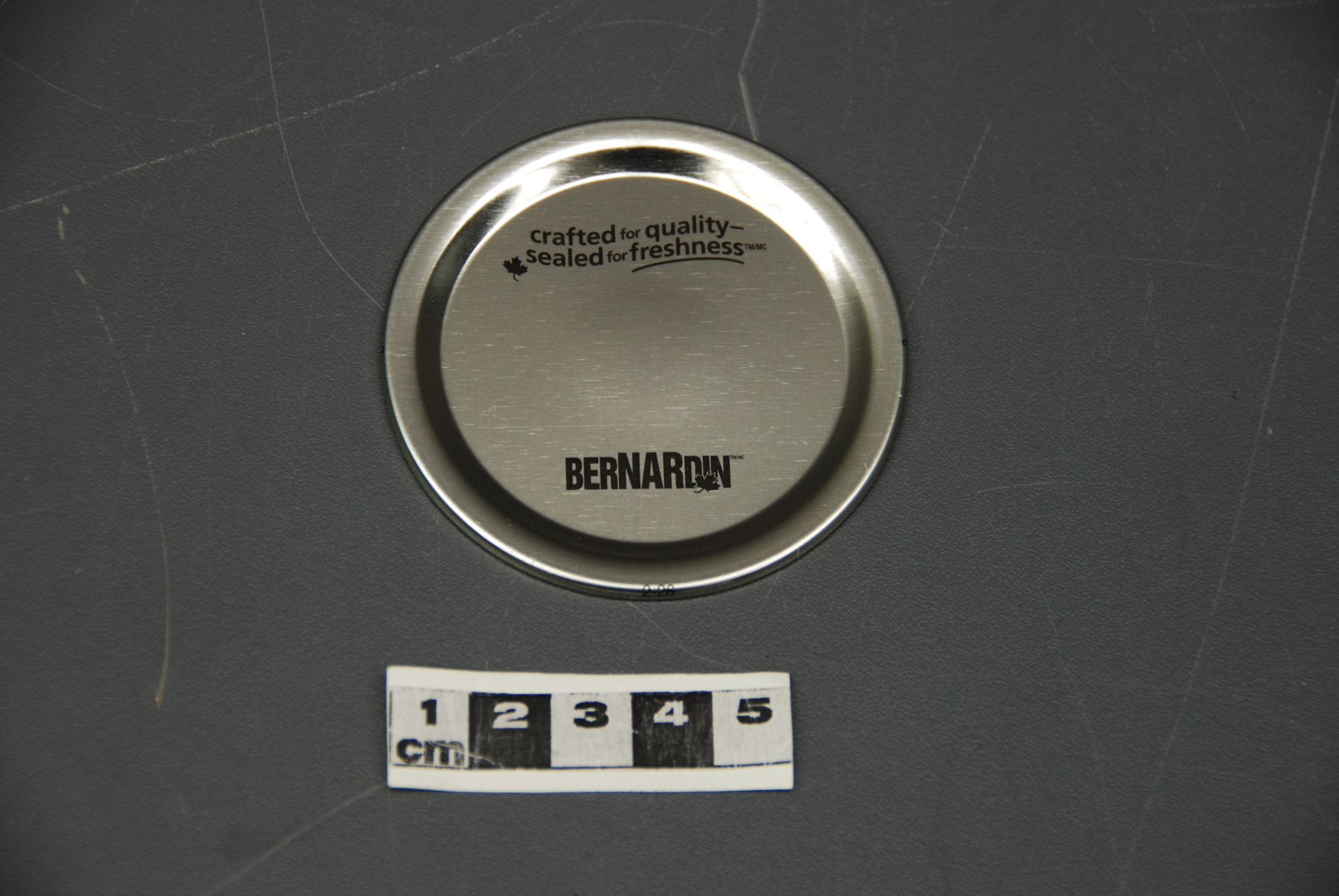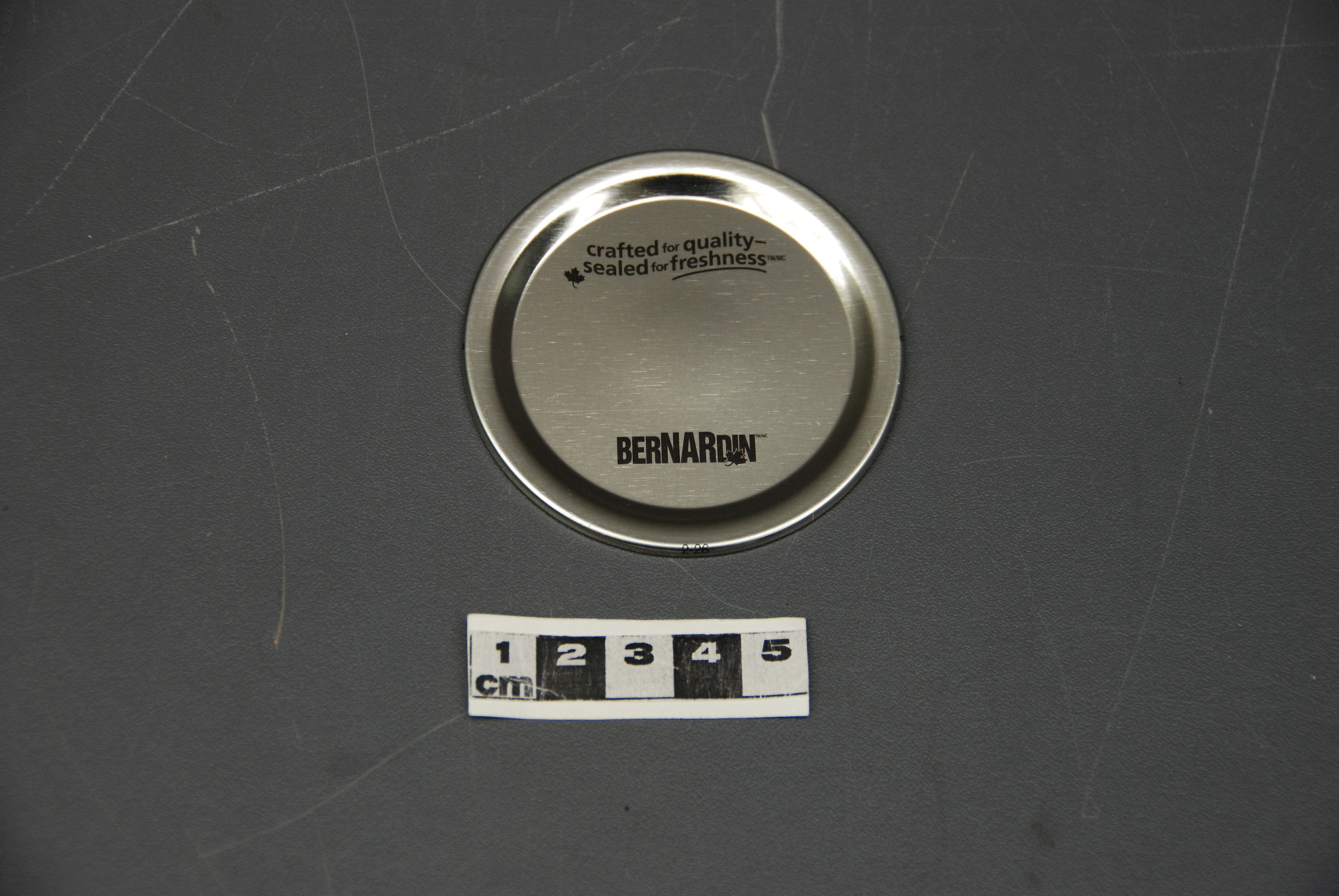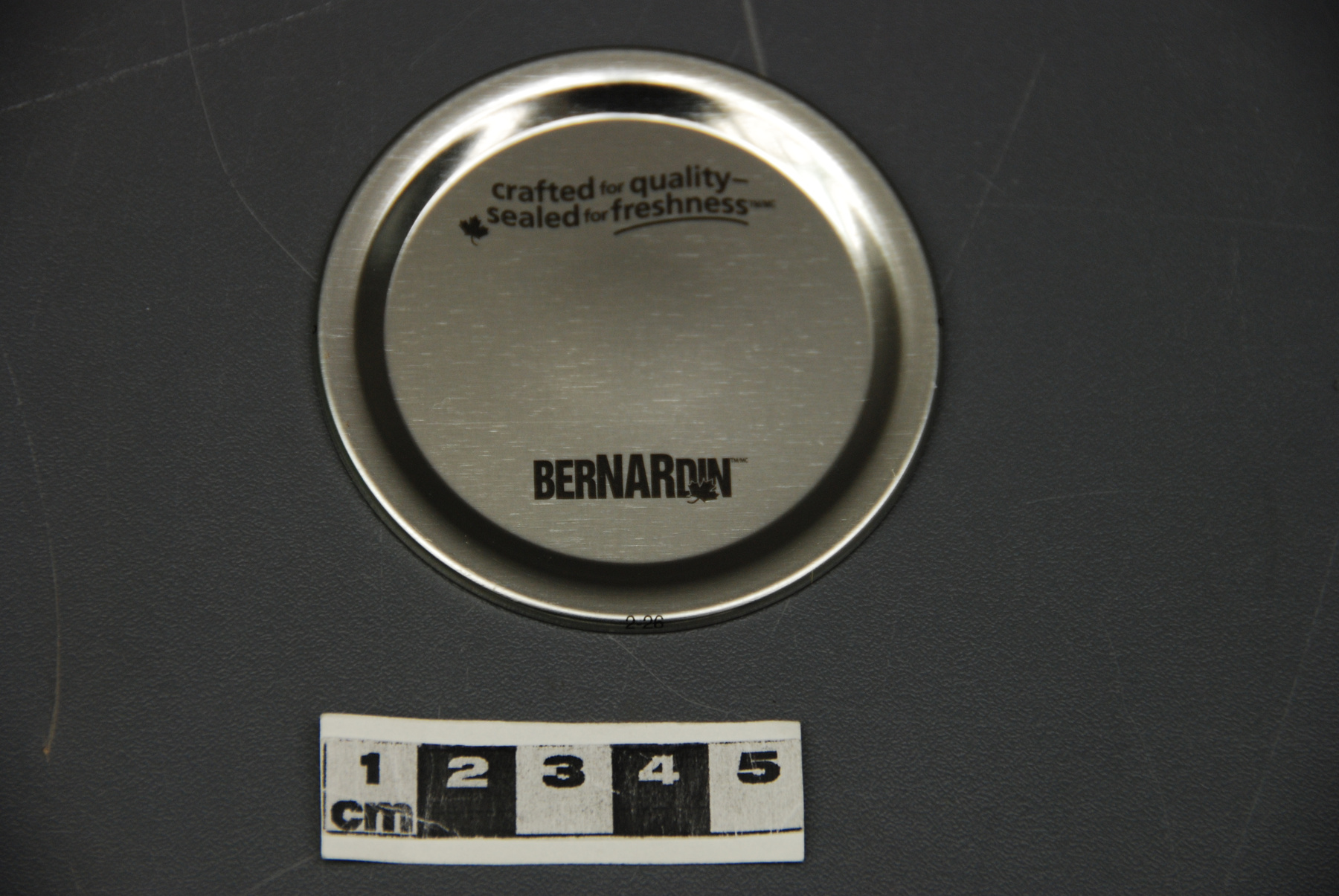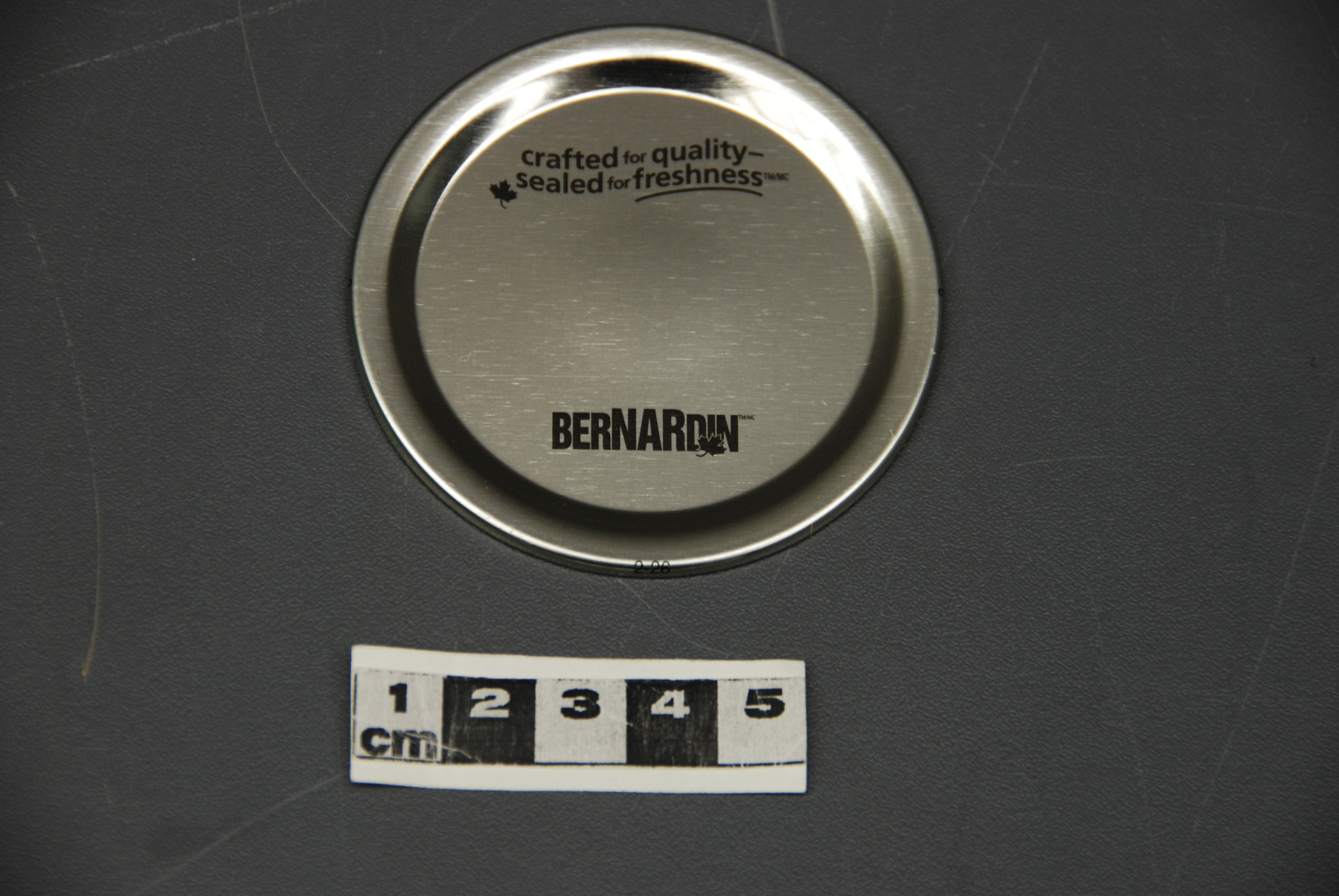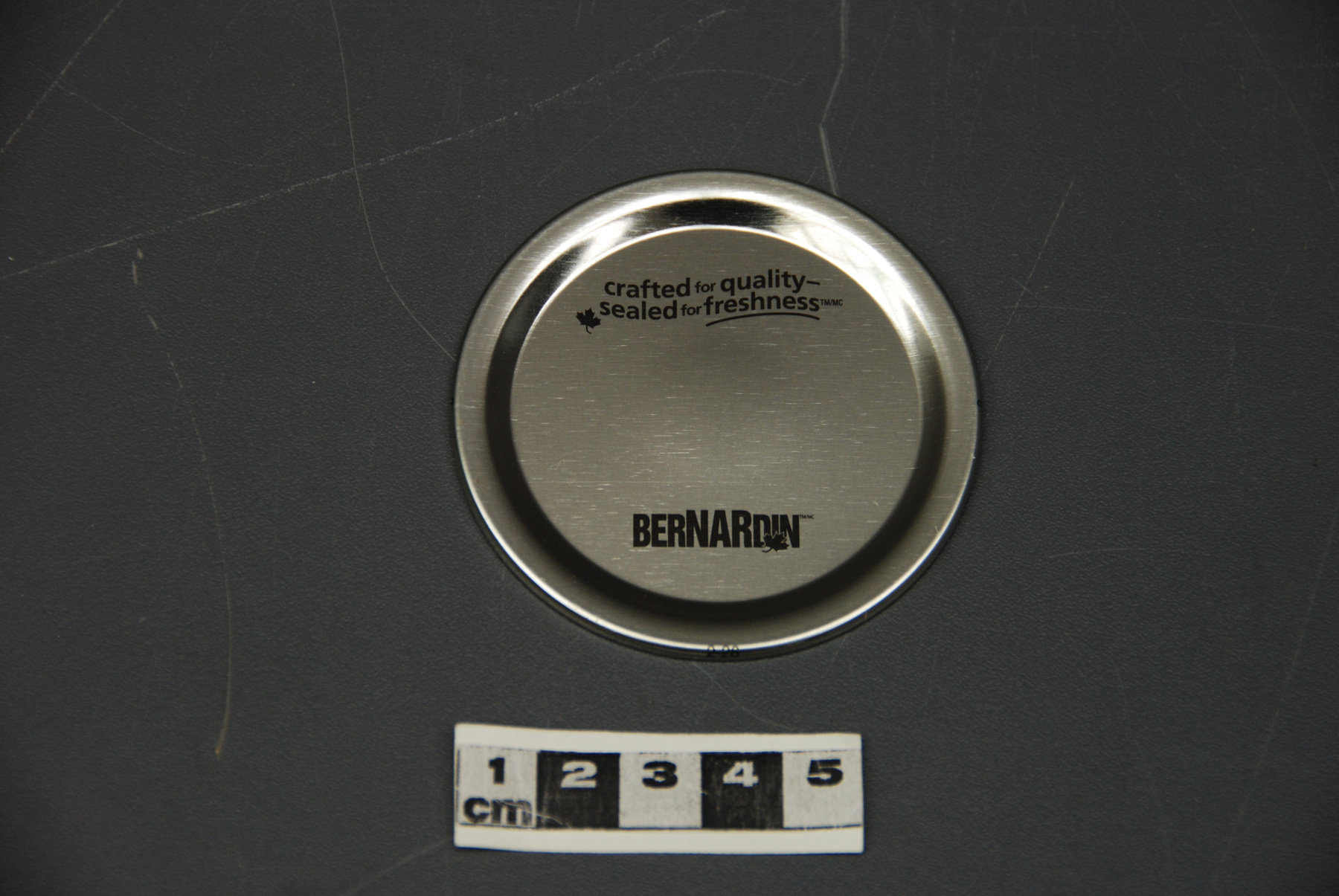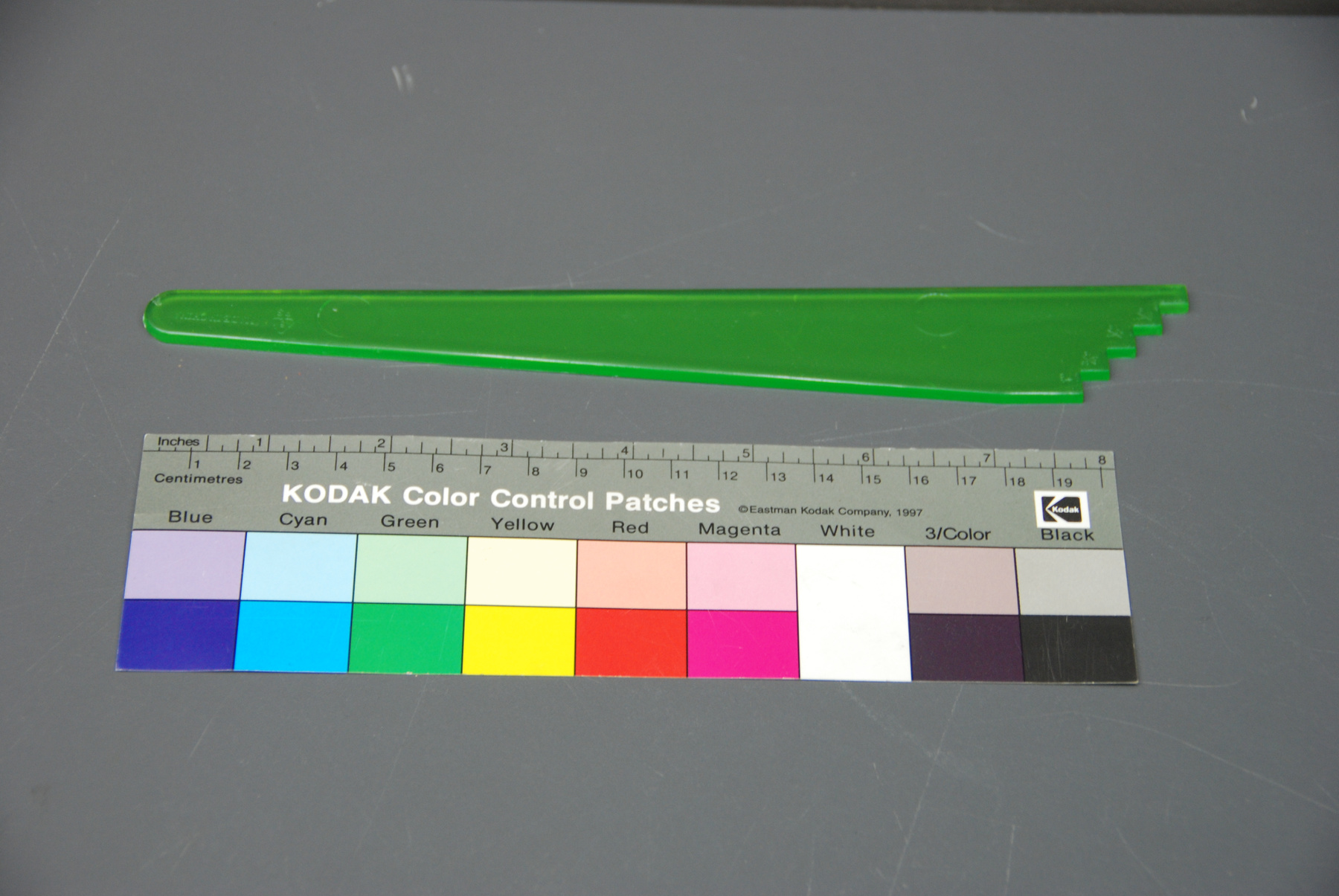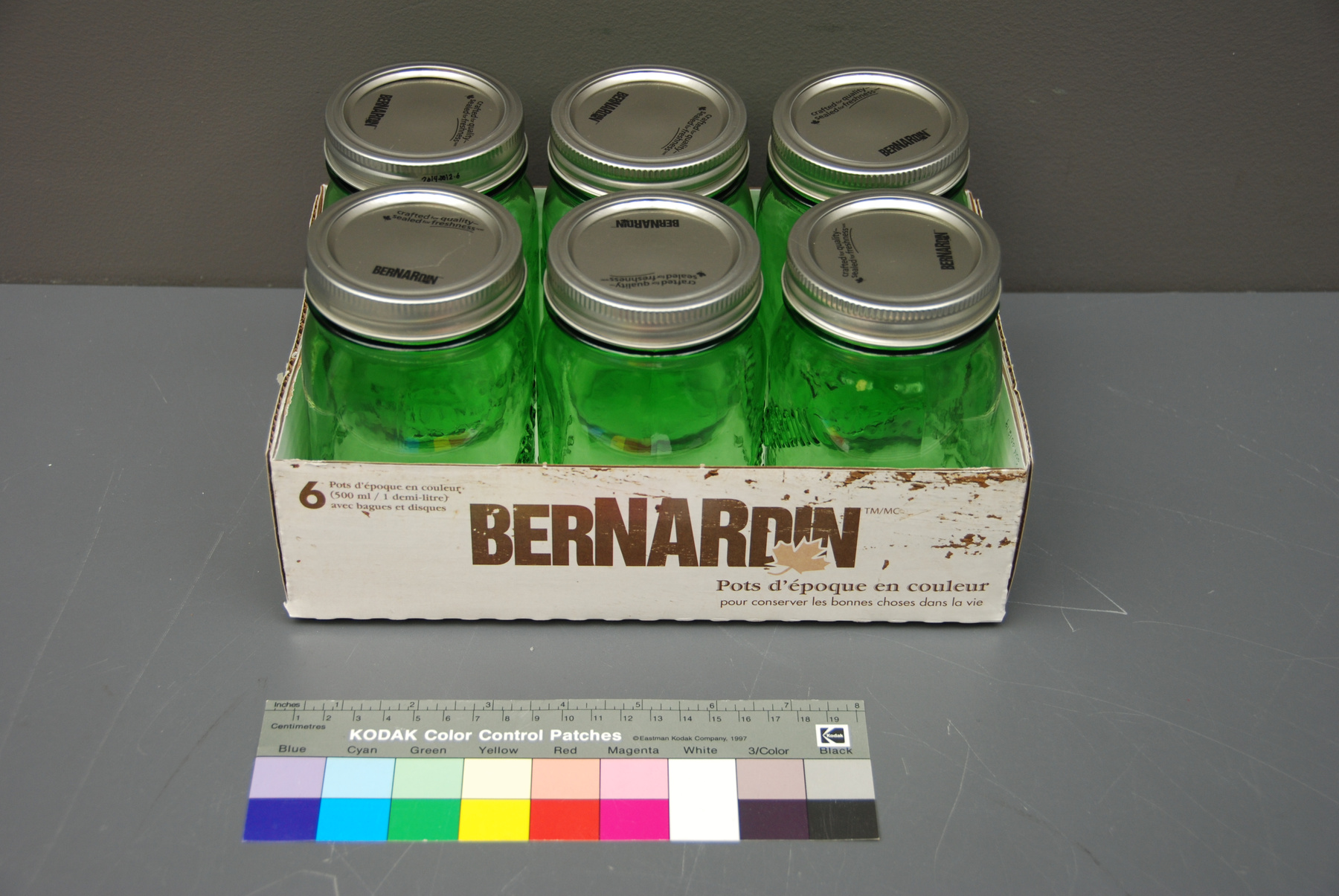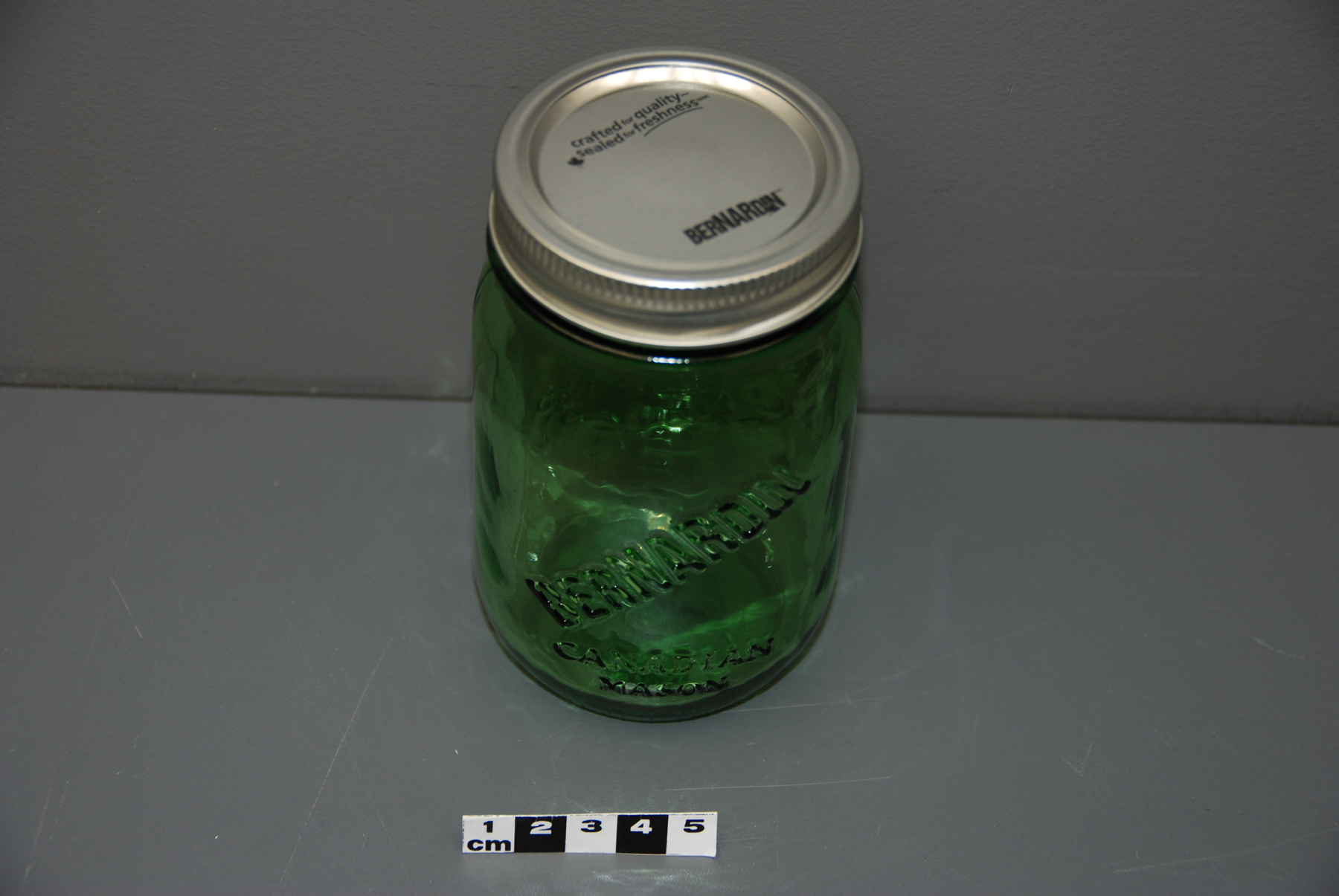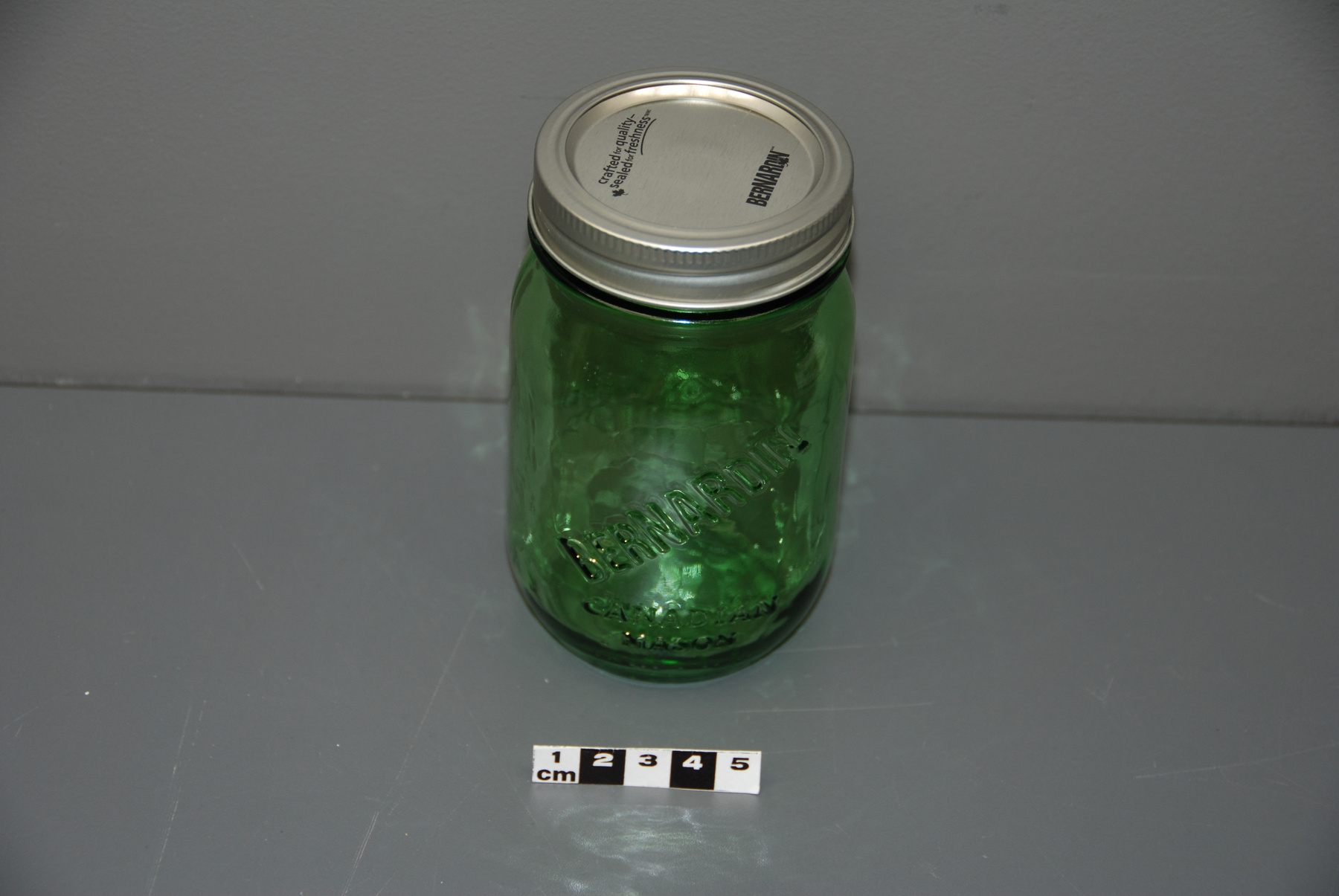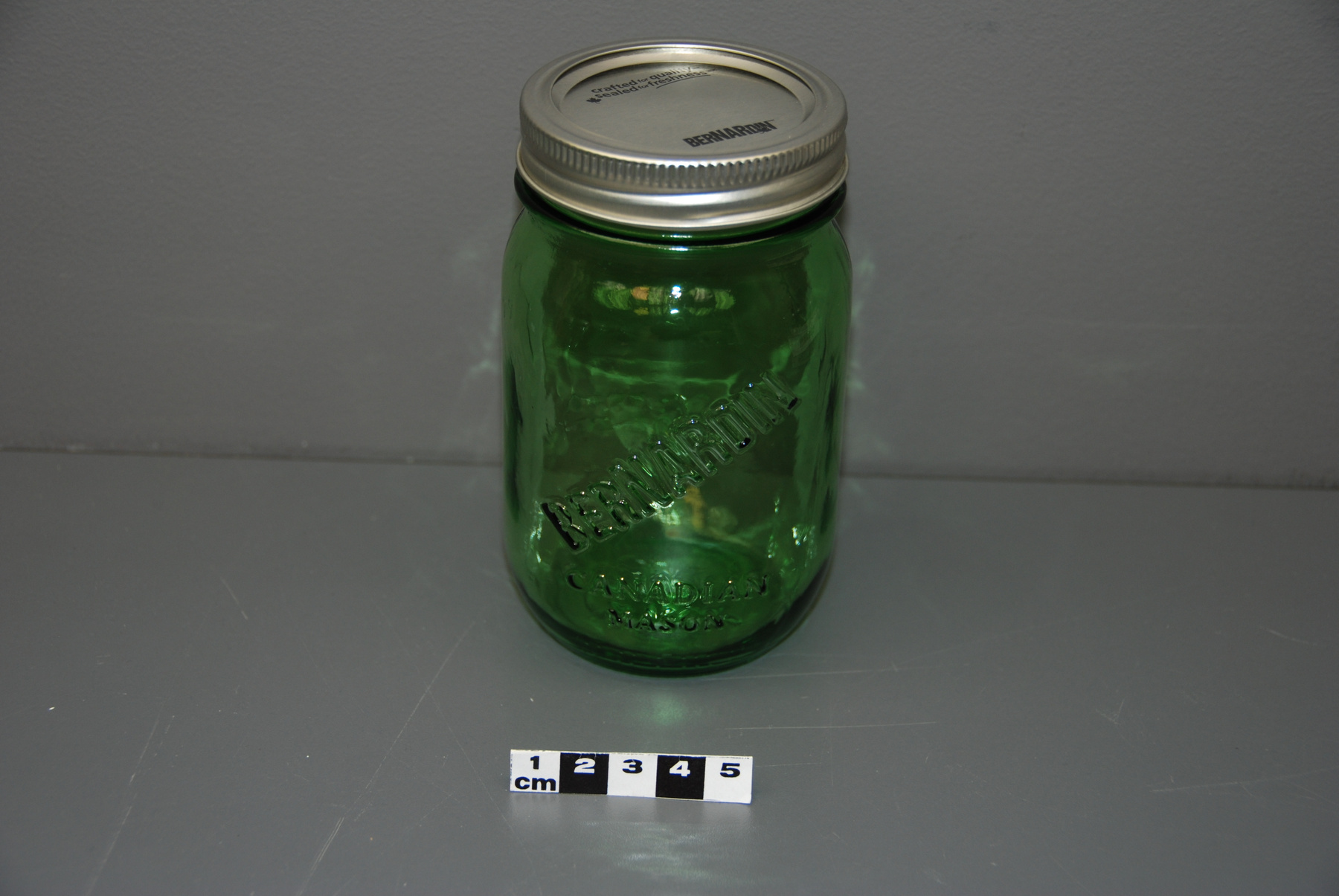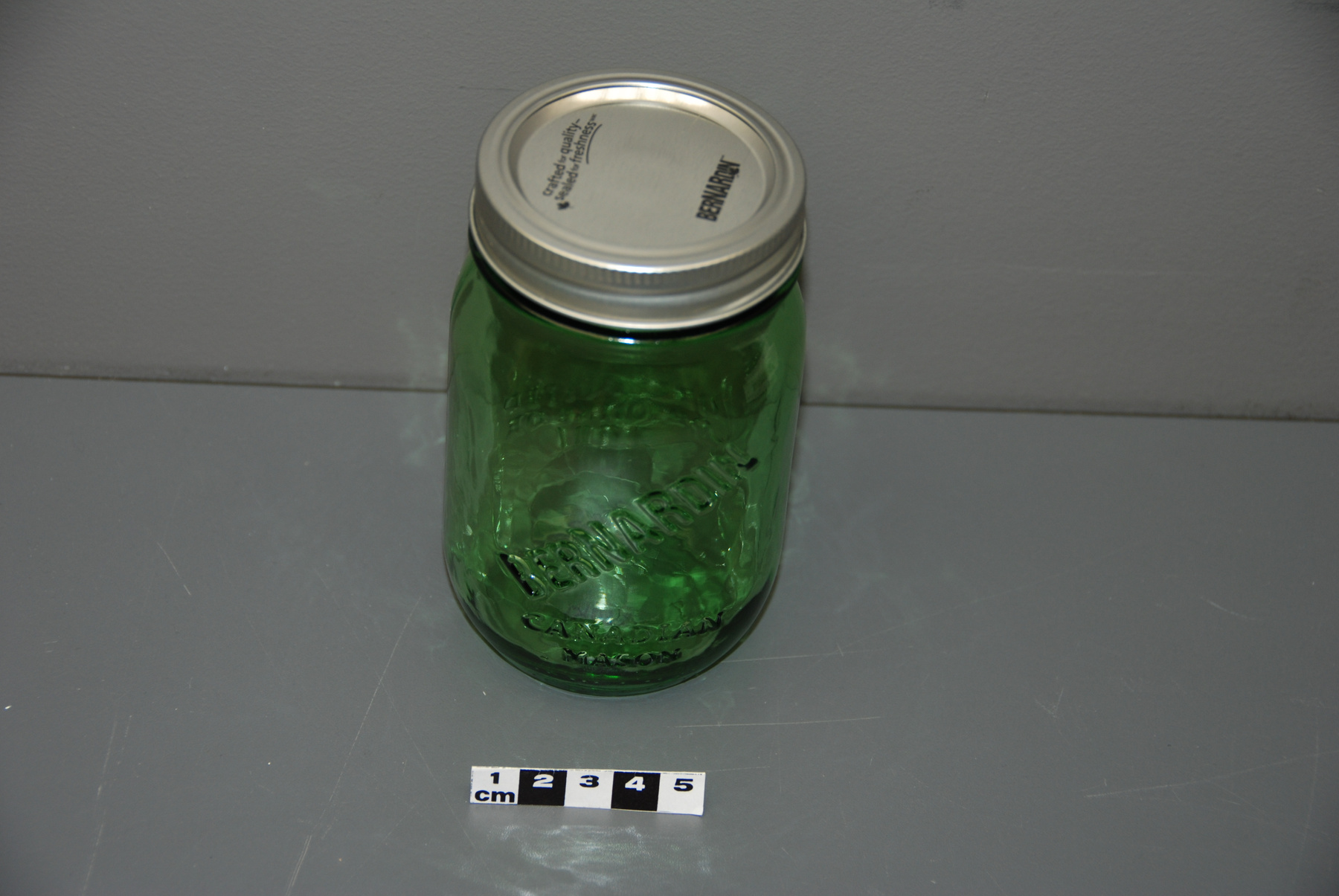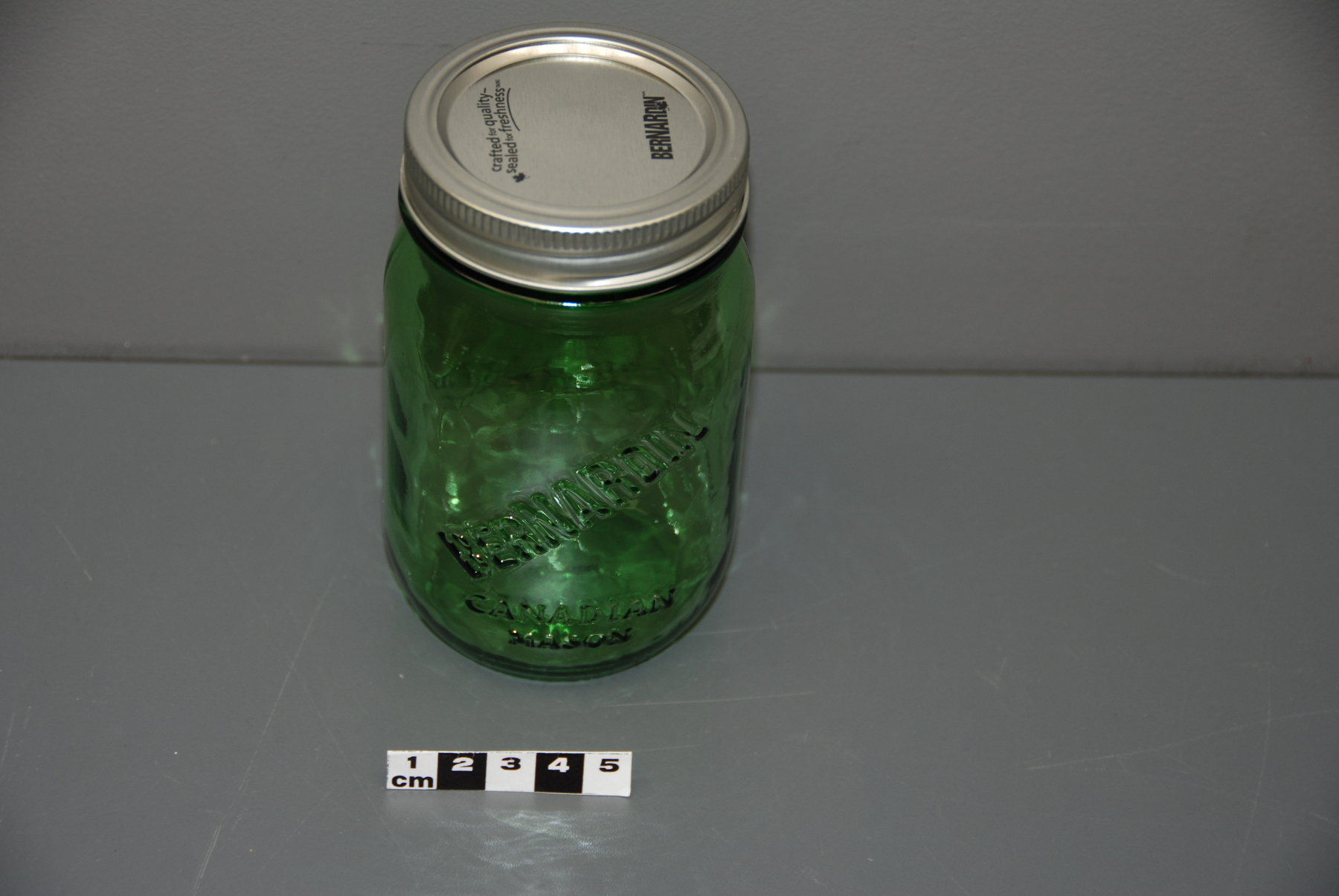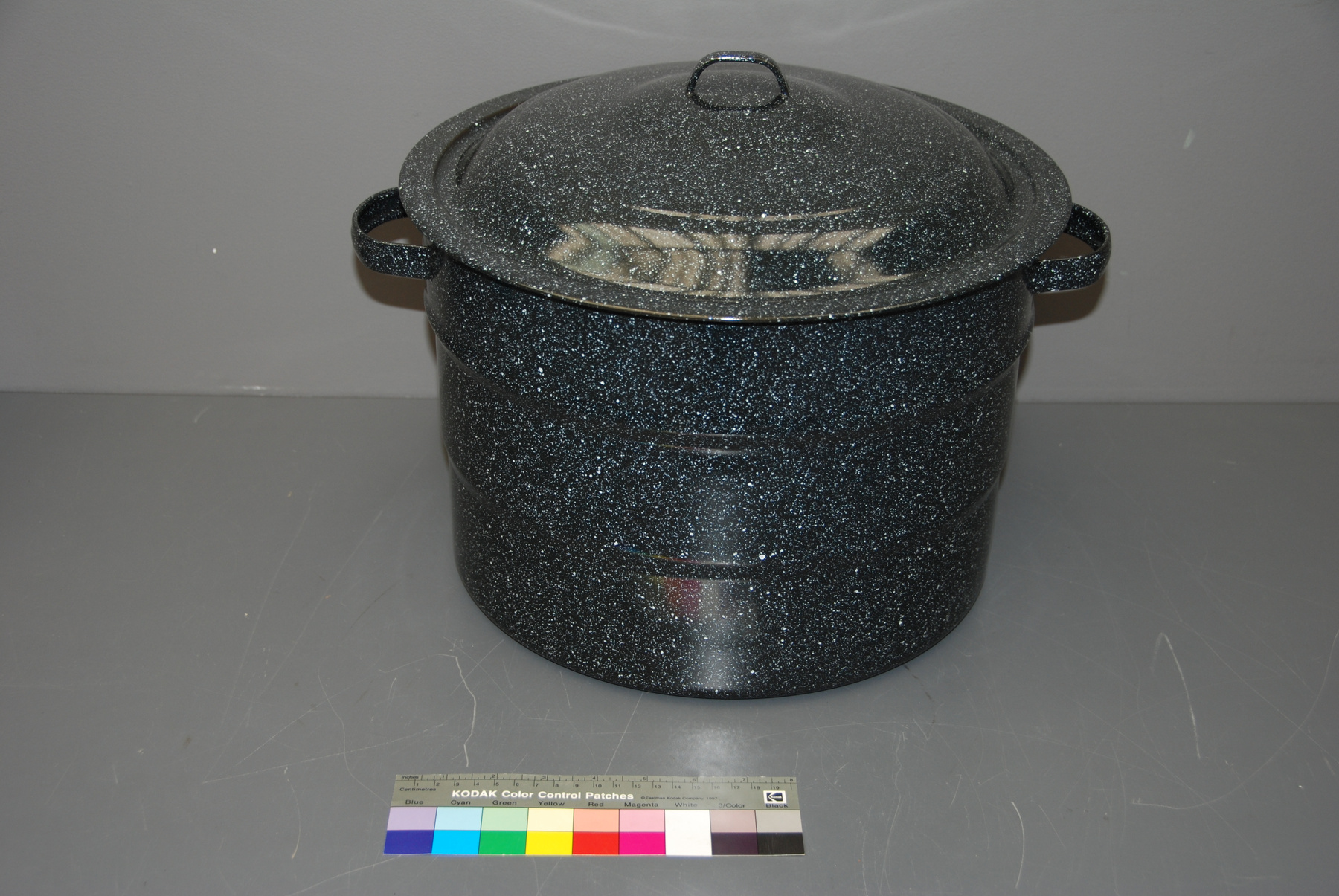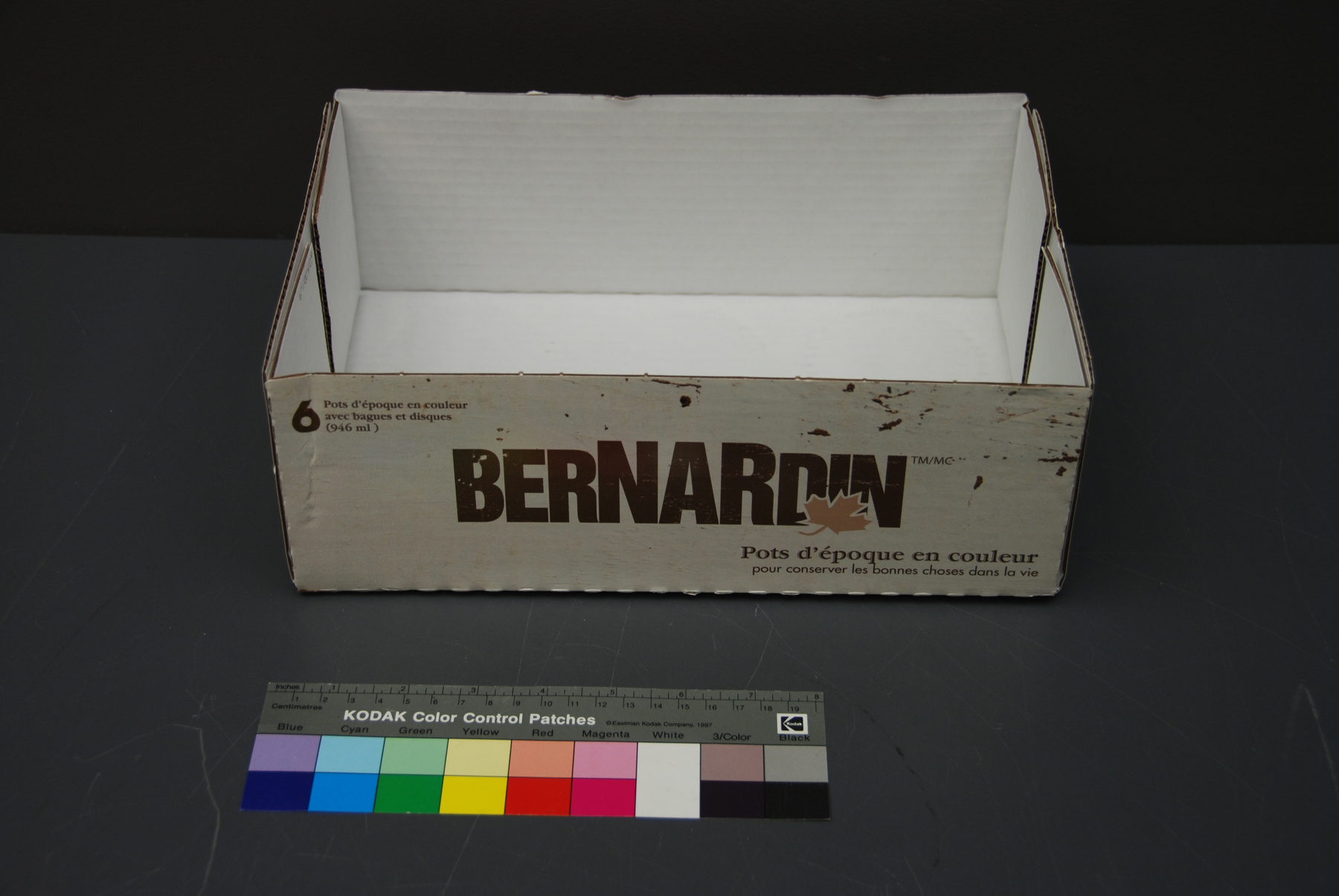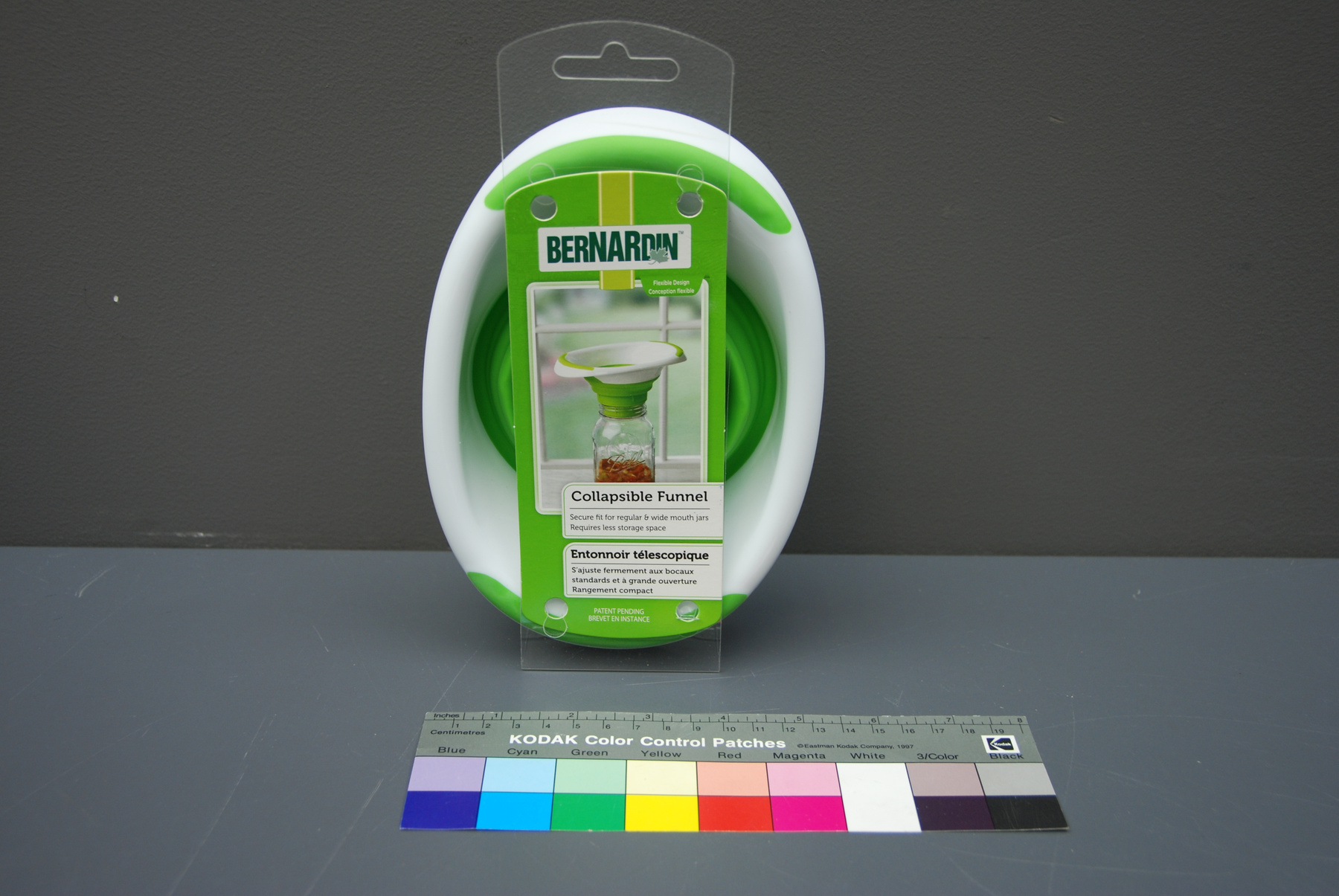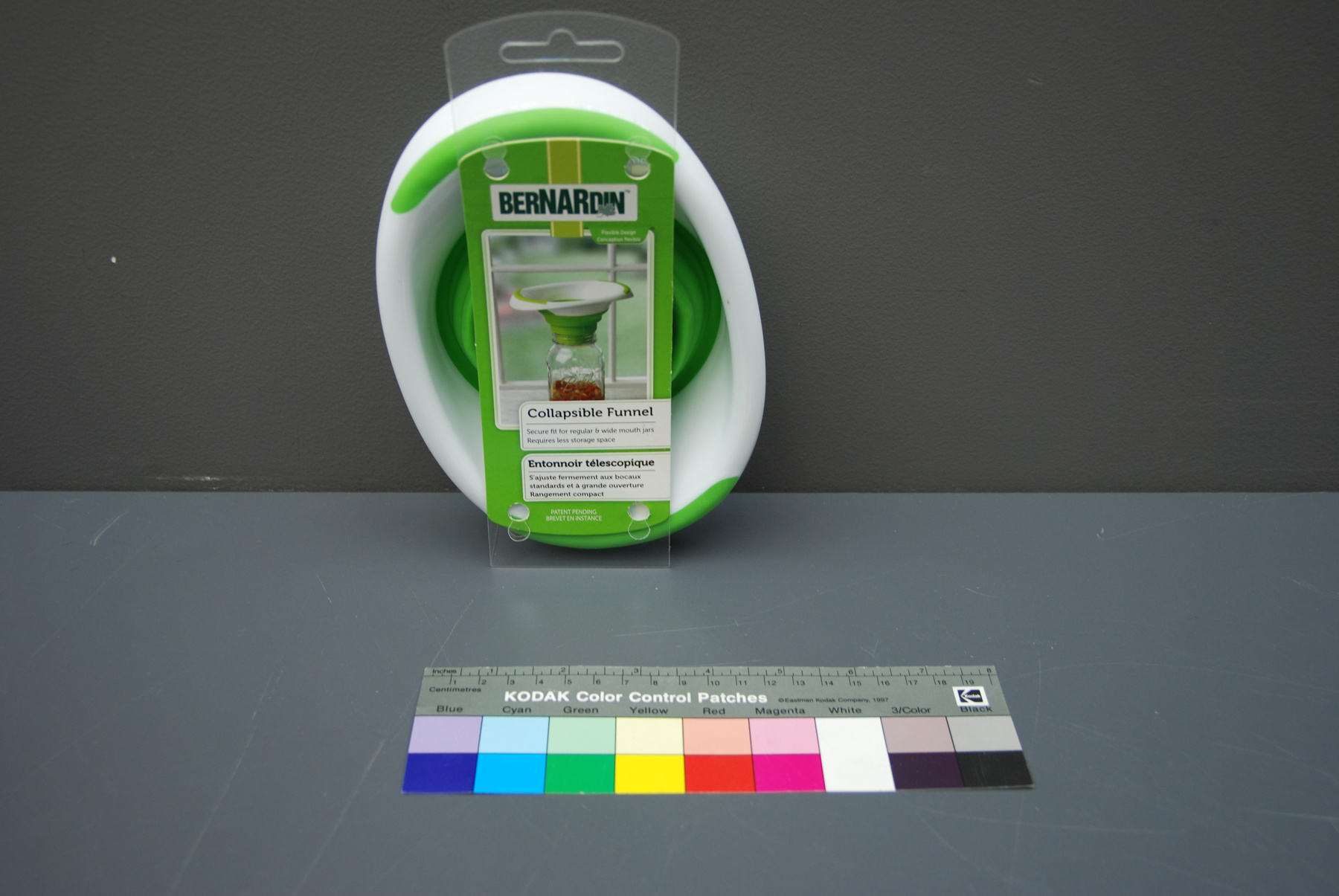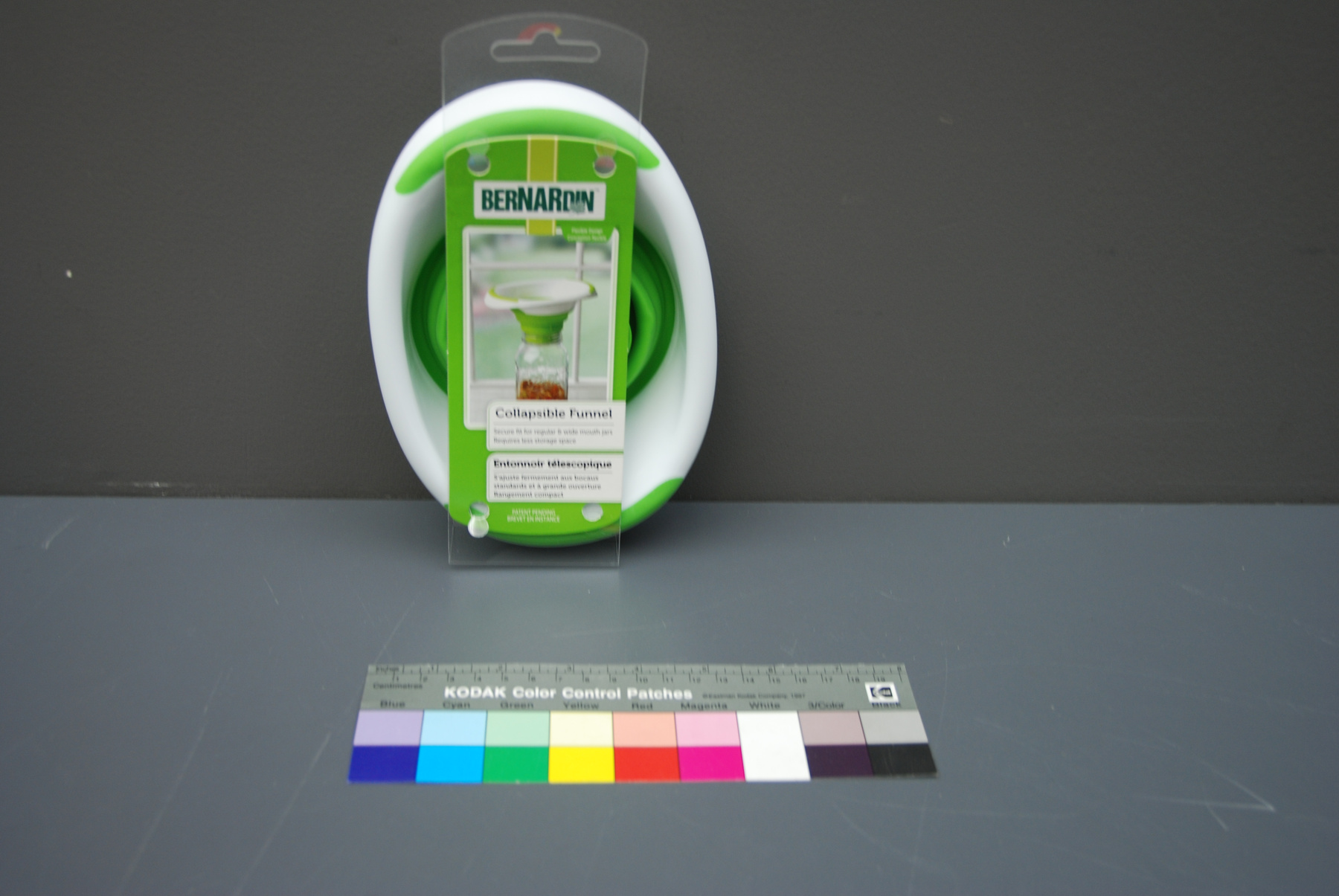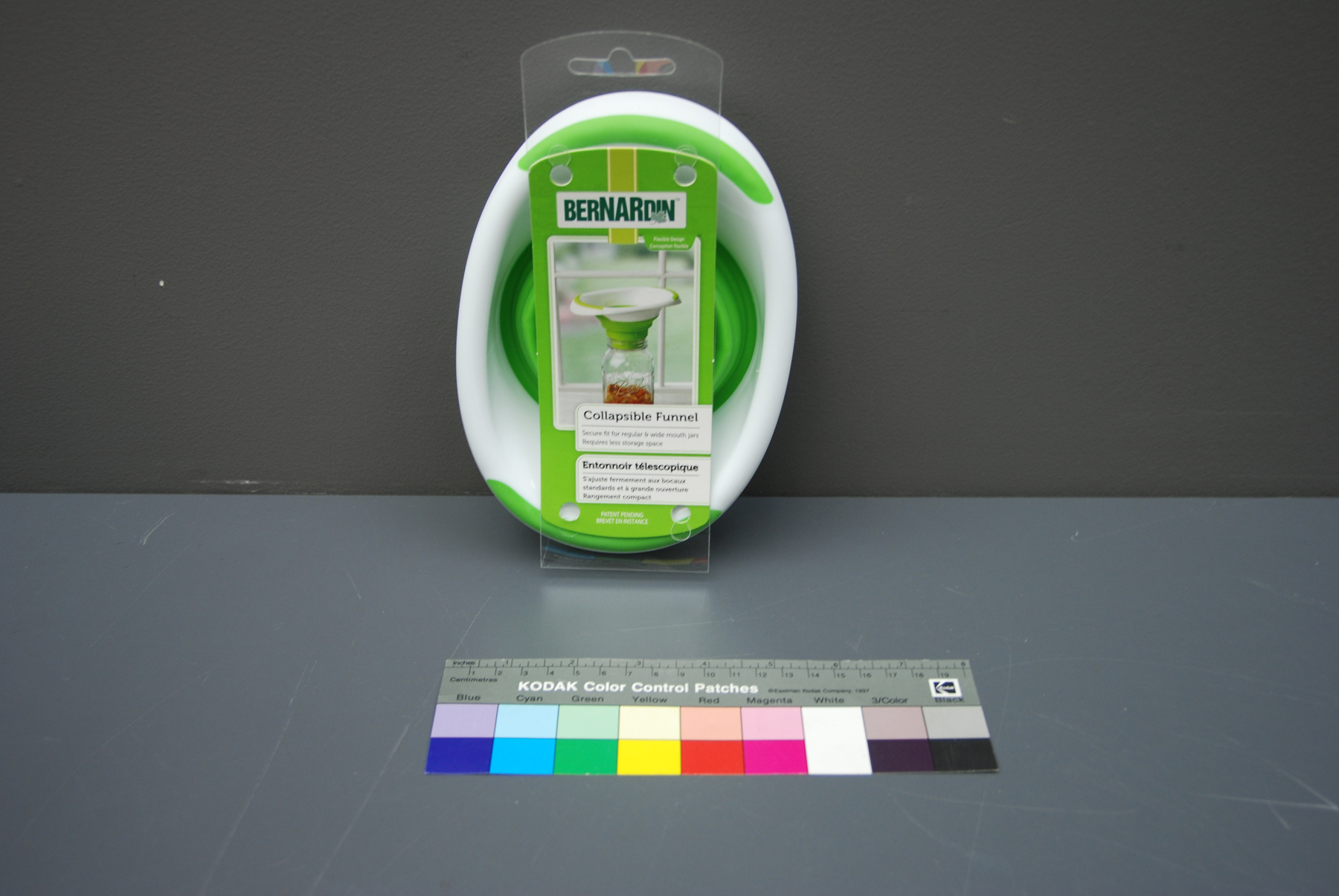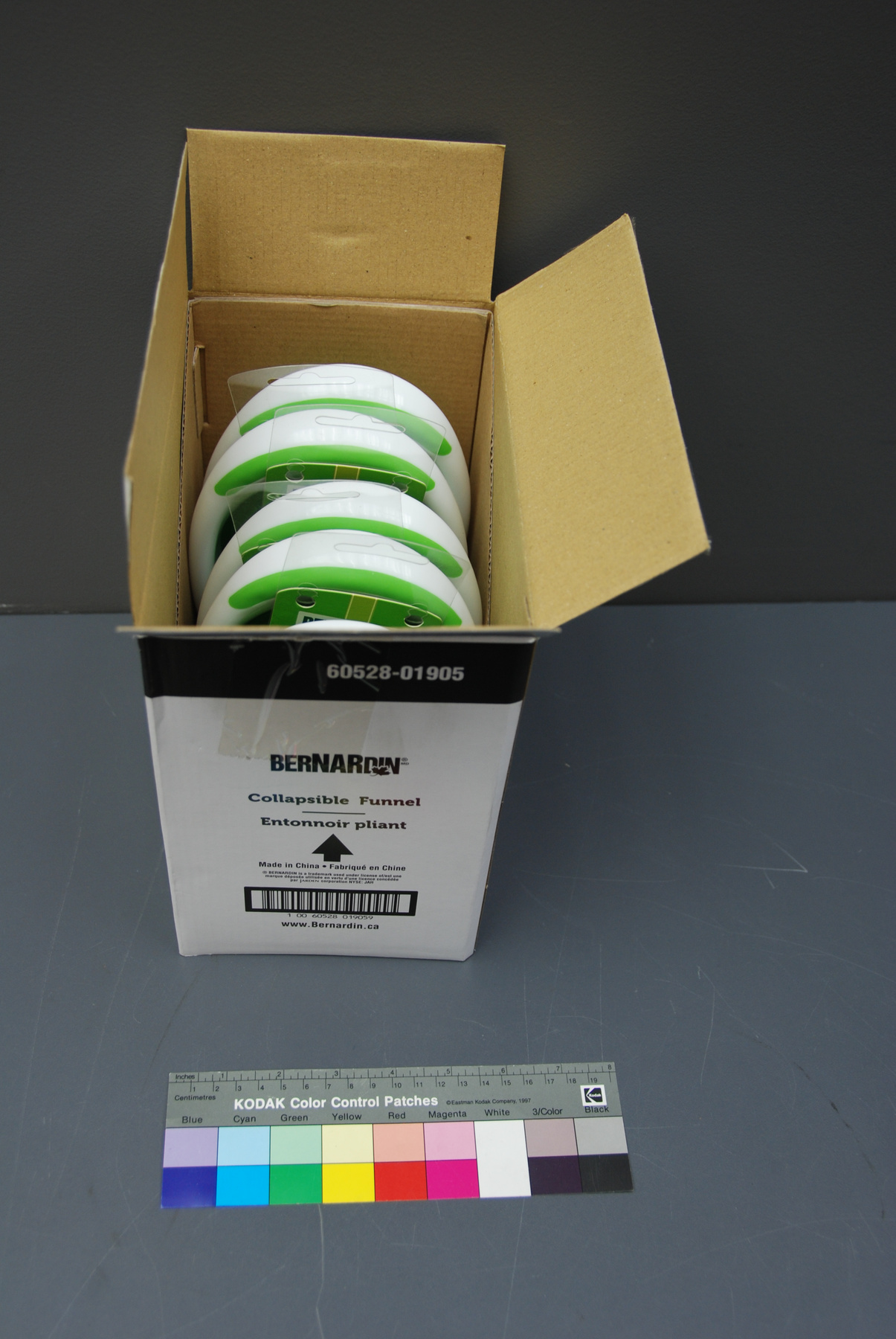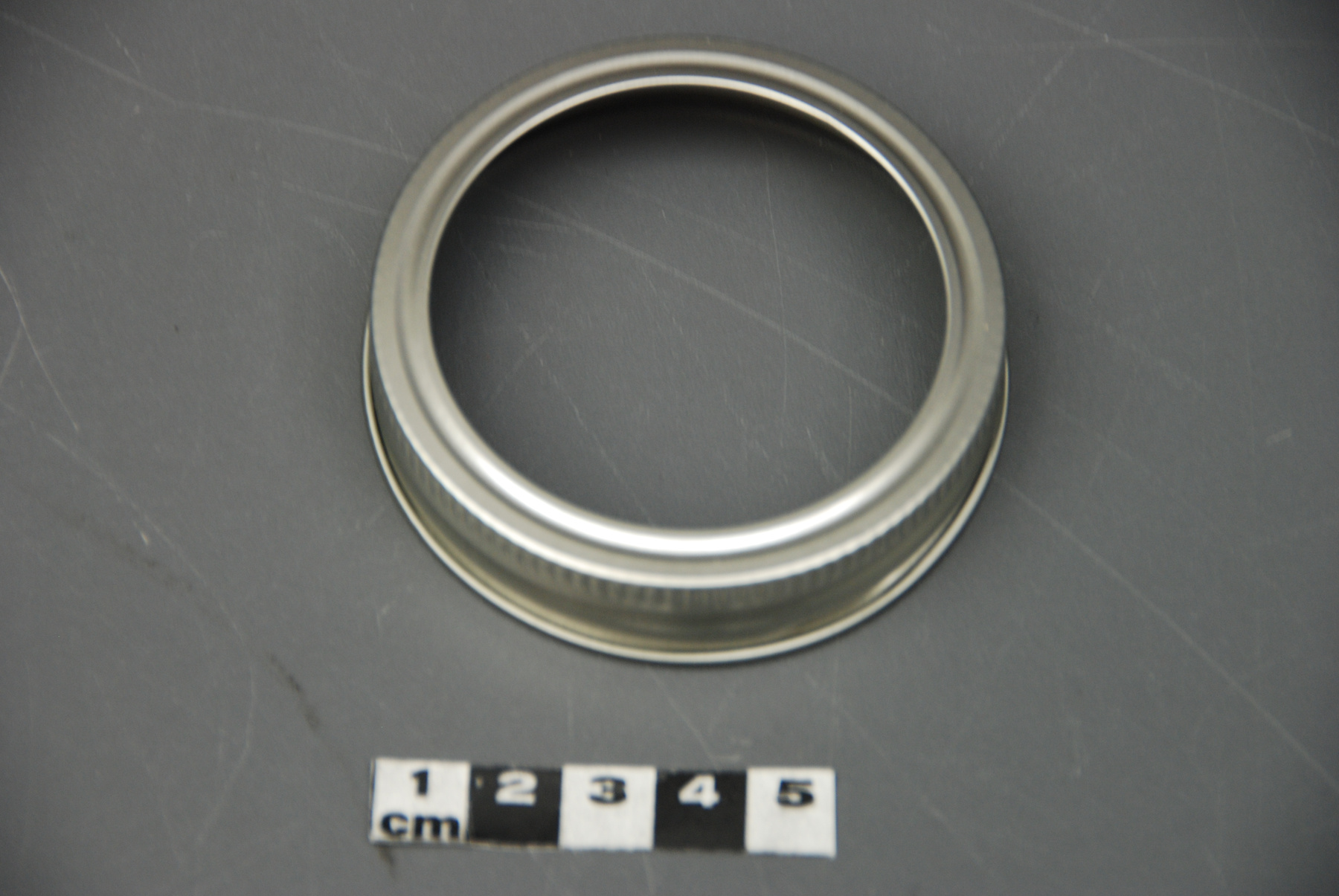Band, food-storage jar
Use this image
Can I reuse this image without permission? Yes
Object images on the Ingenium Collection’s portal have the following Creative Commons license:
Copyright Ingenium / CC BY-NC-ND (Attribution-NonCommercial 4.0 International (CC BY-NC 4.0)
ATTRIBUTE THIS IMAGE
Ingenium,
2014.0016.012
Permalink:
Ingenium is releasing this image under the Creative Commons licensing framework, and encourages downloading and reuse for non-commercial purposes. Please acknowledge Ingenium and cite the artifact number.
DOWNLOAD IMAGEPURCHASE THIS IMAGE
This image is free for non-commercial use.
For commercial use, please consult our Reproduction Fees and contact us to purchase the image.
- OBJECT TYPE
- N/A
- DATE
- 2014
- ARTIFACT NUMBER
- 2014.0016.012
- MANUFACTURER
- Ball
- MODEL
- Collection Elite
- LOCATION
- Unknown
More Information
General Information
- Serial #
- N/A
- Part Number
- 12
- Total Parts
- 13
- AKA
- Mason Jar
- Patents
- N/A
- General Description
- Metal
Dimensions
Note: These reflect the general size for storage and are not necessarily representative of the object's true dimensions.
- Length
- N/A
- Width
- N/A
- Height
- 1.6 cm
- Thickness
- N/A
- Weight
- N/A
- Diameter
- 7.35 cm
- Volume
- N/A
Lexicon
- Group
- Domestic Technology
- Category
- Food processing
- Sub-Category
- N/A
Manufacturer
- AKA
- Ball
- Country
- Unknown
- State/Province
- Unknown
- City
- Unknown
Context
- Country
- Unknown
- State/Province
- Unknown
- Period
- New, never used.
- Canada
-
Reference 5: Worksheet for 2014.0011 Bernardin used to have a manufacturing plant in Toronto, Ontario manufacturing Gem mason jars, very popular especially it seems, on the Canadian prairies. The Gem jars are manufactured since the end of the 19th century. In 1993, the Bernardin company joined with Ball company, the leader in mason jars manufacturing to form the Alltrista Corporation, now Jarden Corporation. The manufacturing ceased in 2001 and moved to US except for the lids who at the request of Canadian consumers, are still being made in Canada for the Gem model. - Function
-
Used with the lid to seal the jar. - Technical
-
Reference 5: Worksheet for 2014.0011 http://www.nyfoodmuseum.org/_ptime.htm 1858: John Mason, tinsmith from New York city, designed and patented the first Mason jar. Made out of heavier weight glass than normal jars, these were developed to withstand the high temperatures necessary for processing pickles. He invented a machine that could cut threads into lids, which made it practical to manufacture a jar with a reusable, screw-on, lid. This was the difference between his design and predecessors, the sealing mechanism: a glass container with a thread molded into its top and a zinc lid with a rubber ring. The rubber created the seal, and the threaded lid maintained it. The jar included his patent: "Mason’s Patent November 30th. 1858." When the patent expired in 1879, manufacturers of such jars continued to use the term “Mason” on their product. Lucius Styles Ball, who started the Ball Brothers Company in the early 1890s, was one such inventor. Alfred Bernardin invented the first metal tops to be used in commercial canning in 1881. These two companies, Ball and Bernardin, joined forces as recently as 1993, to form the Alltrista Corporation (now Jarden Corp), is the largest producer of Mason jars today. Since 1993. the Corporation has been manufacturing the Ball glass canning jars. They also make Kerr, Bernardin and Golden Harvest canning jars. - Area Notes
-
Unknown
Details
- Markings
- none
- Missing
- N/A
- Finish
- Polished silver metal.
- Decoration
- N/A
CITE THIS OBJECT
If you choose to share our information about this collection object, please cite:
Ball, Band, food-storage jar, 2014, Artifact no. 2014.0016, Ingenium – Canada’s Museums of Science and Innovation, http://collection.ingeniumcanada.org/en/id/2014.0016.012/
FEEDBACK
Submit a question or comment about this artifact.
More Like This
